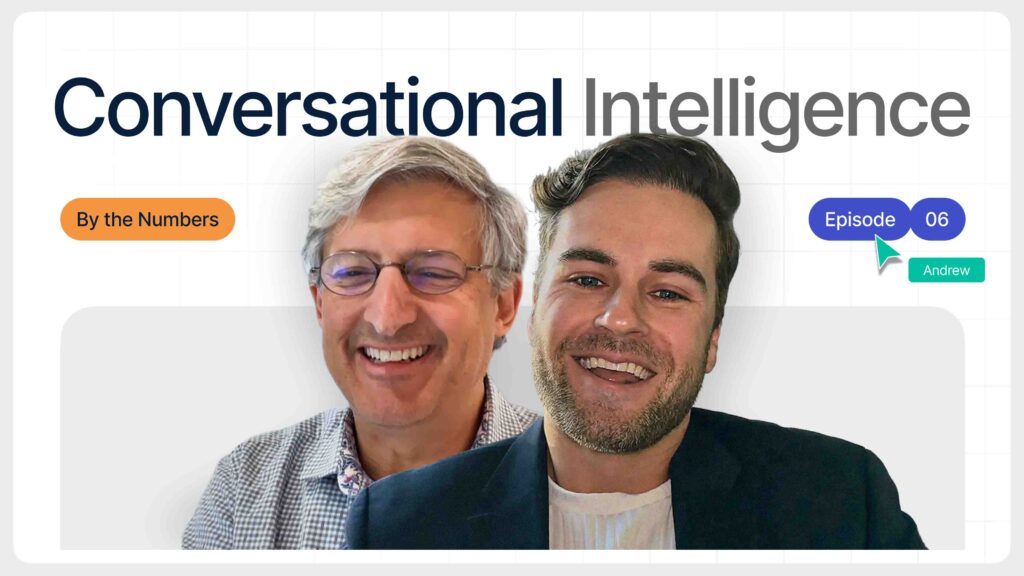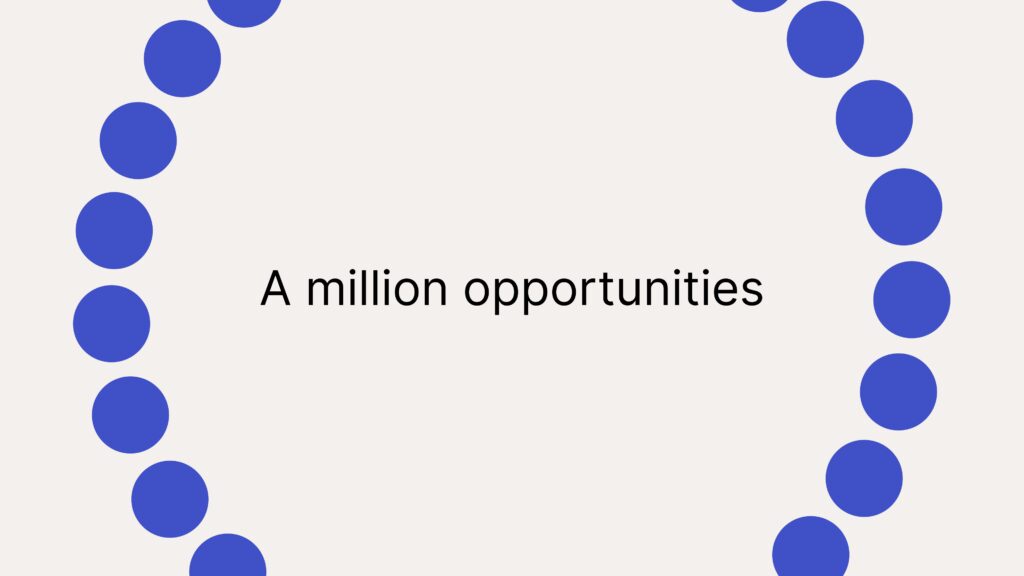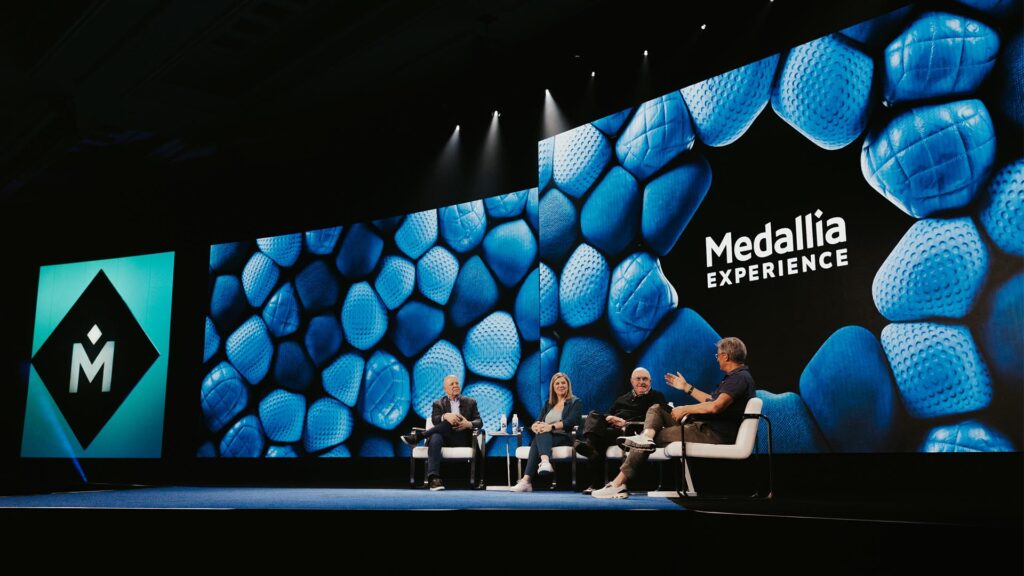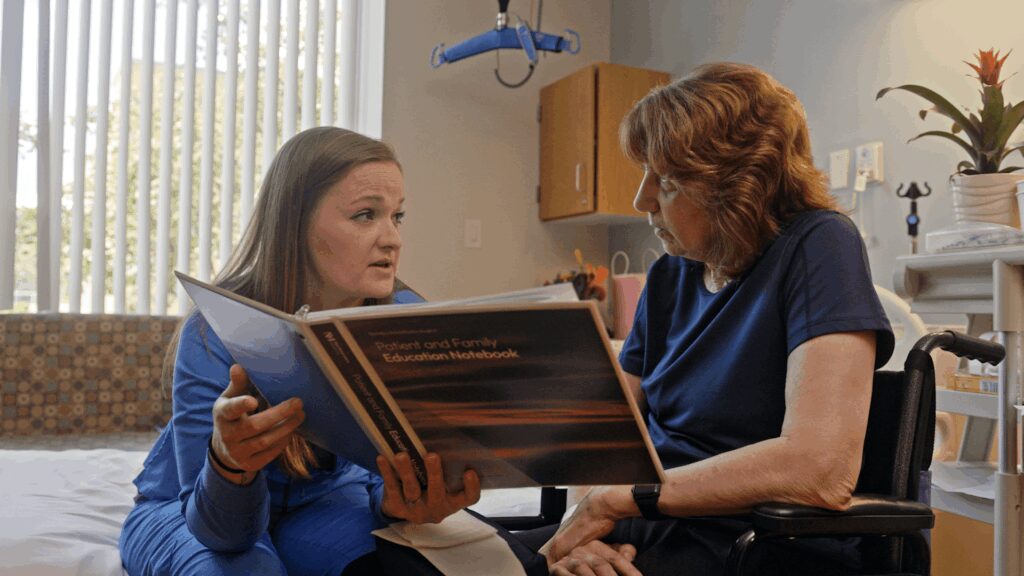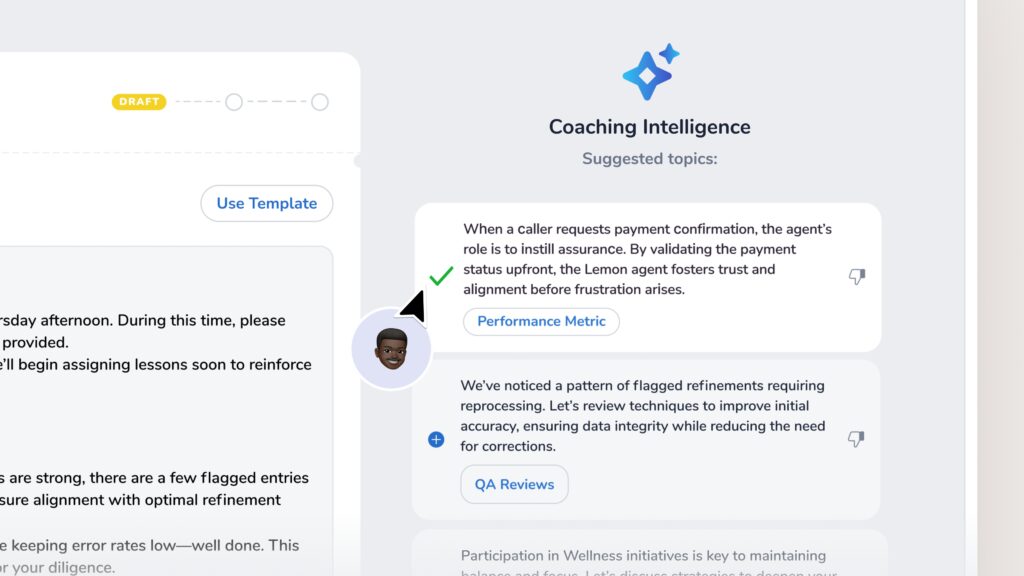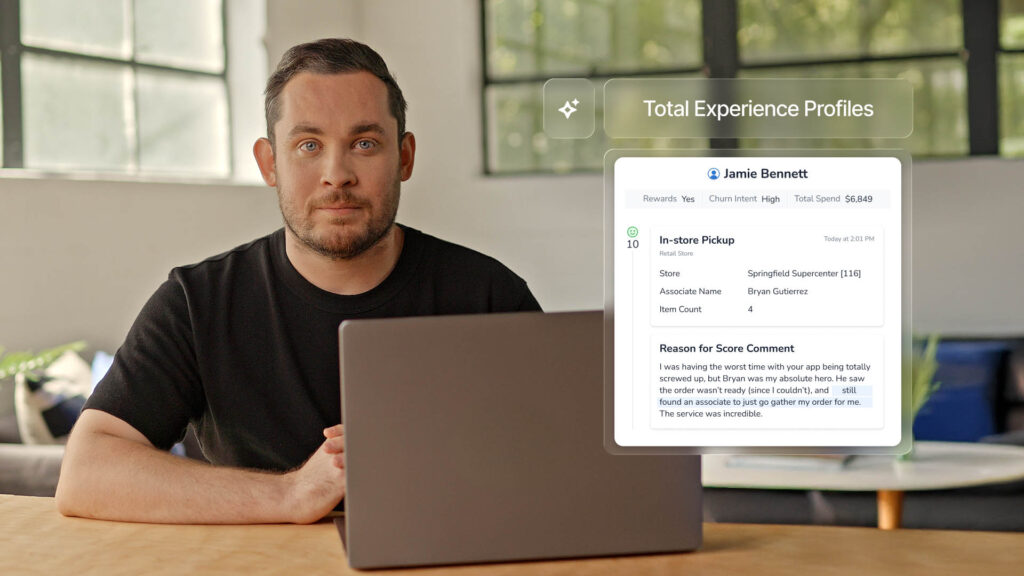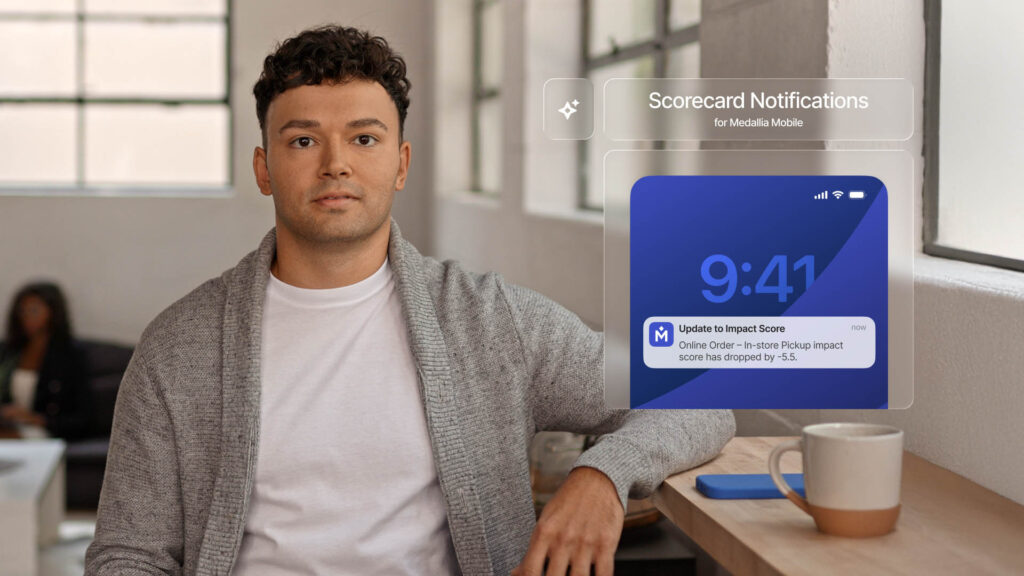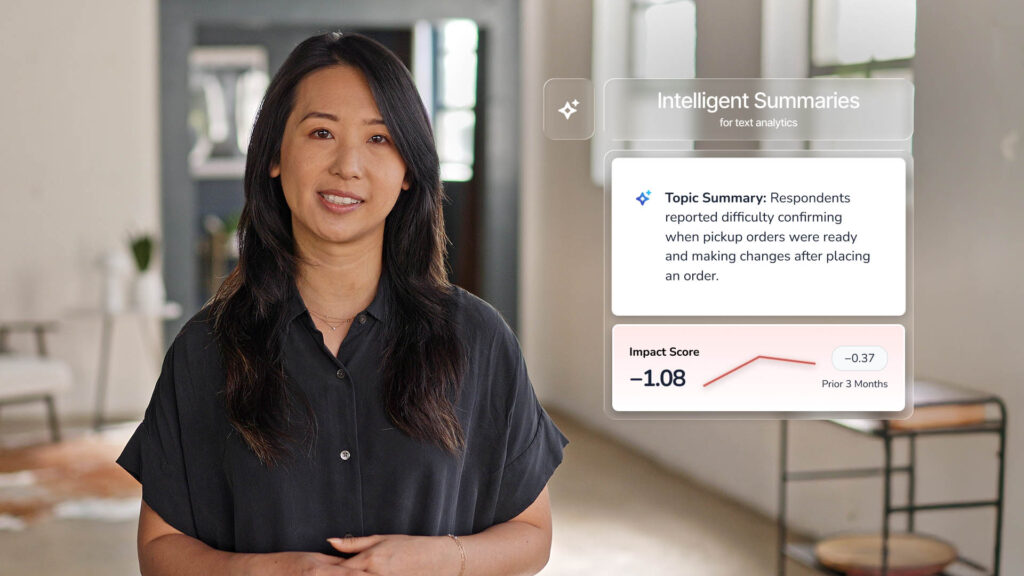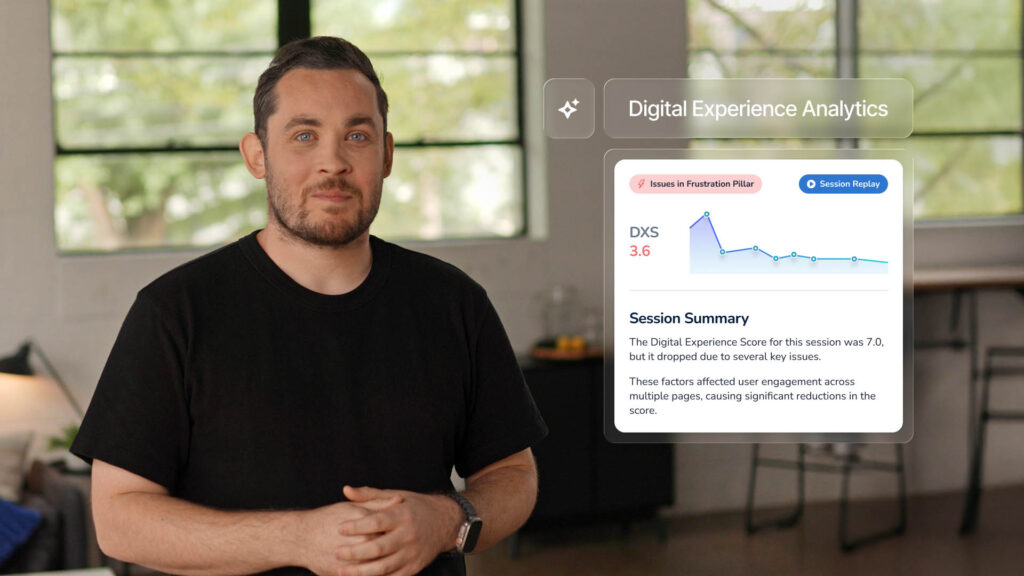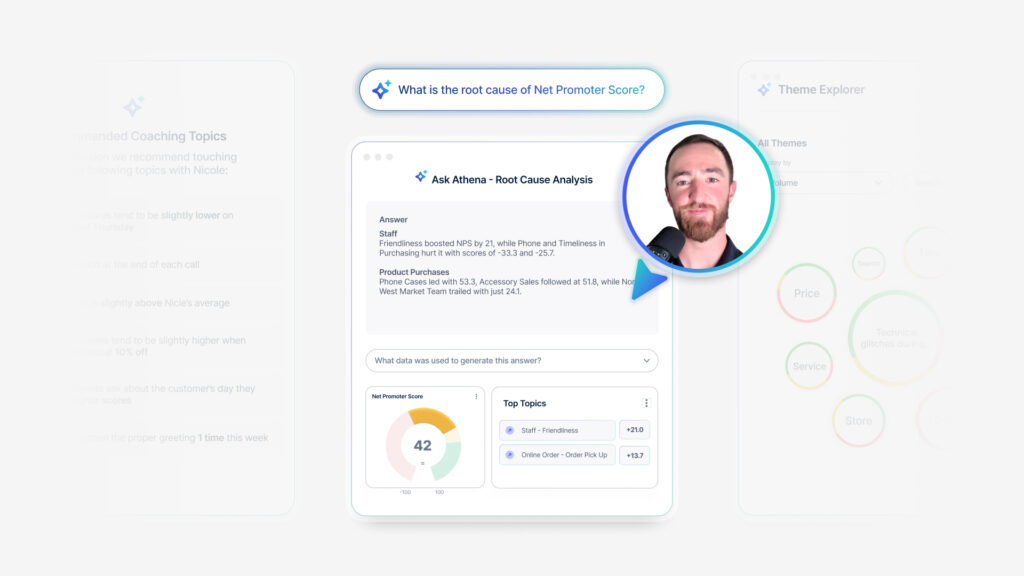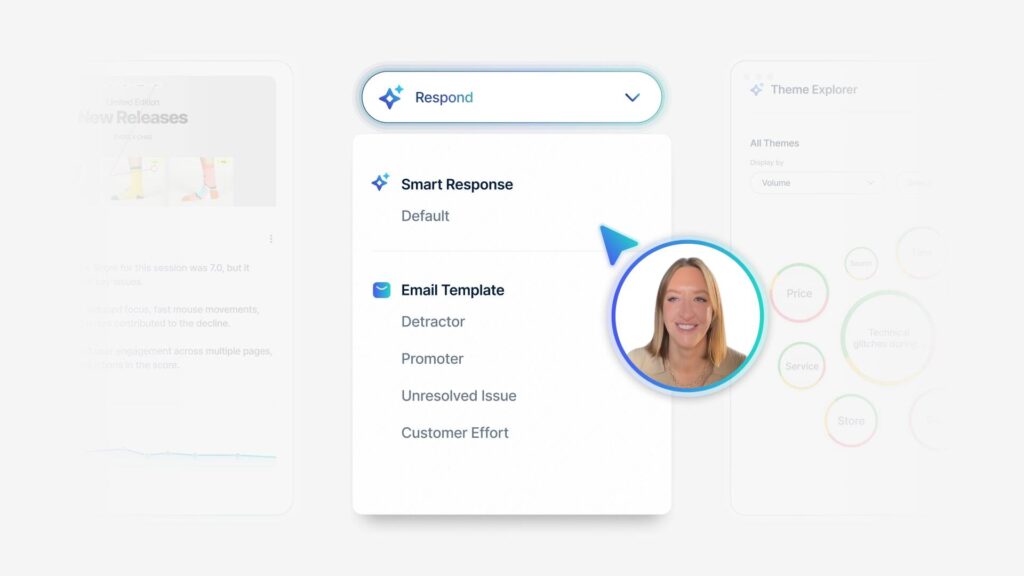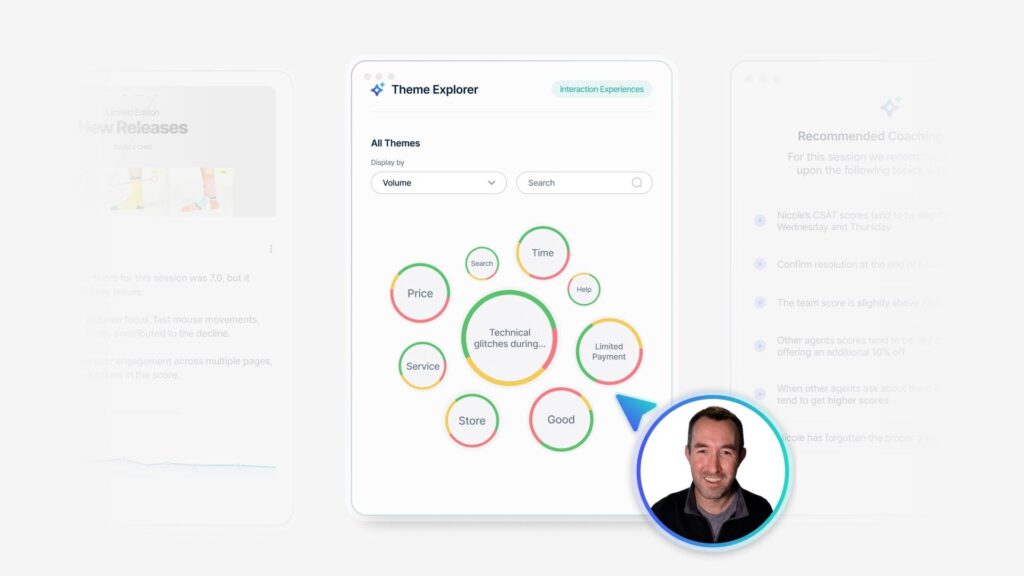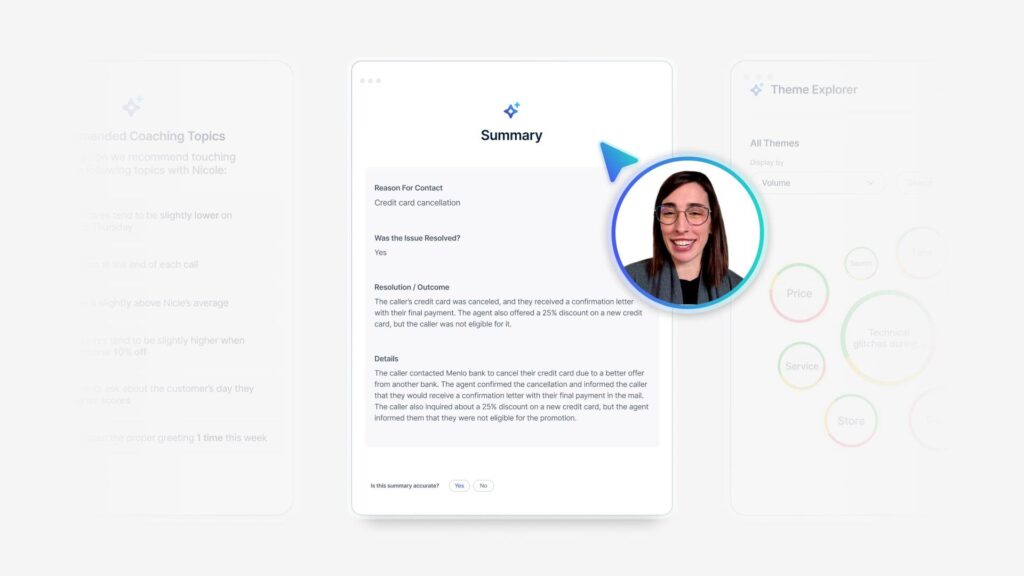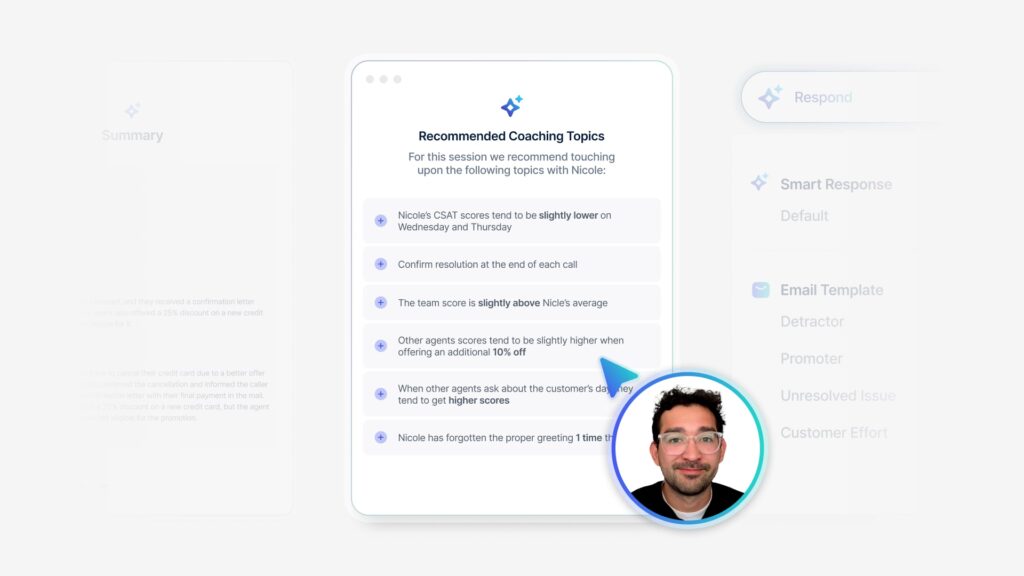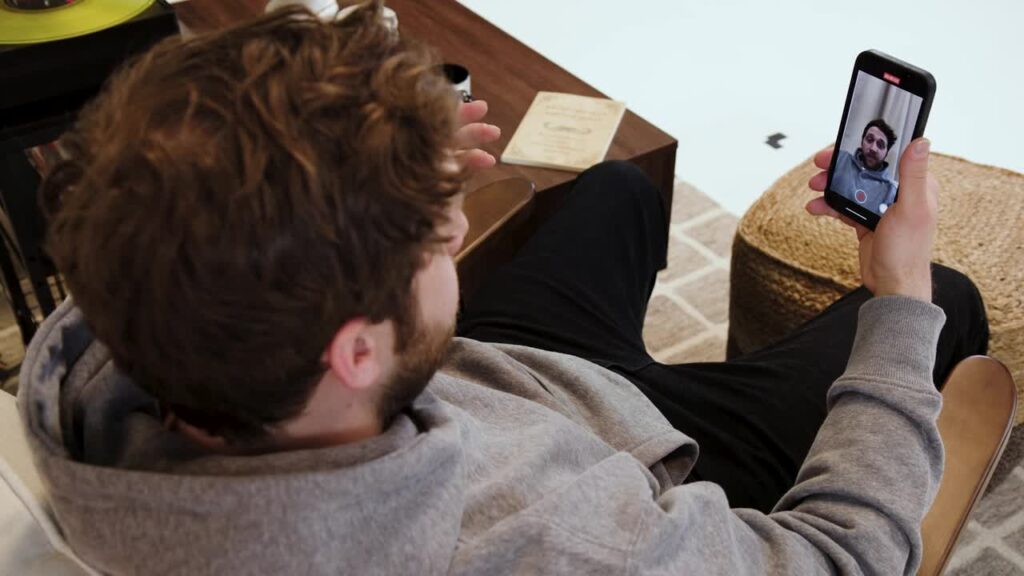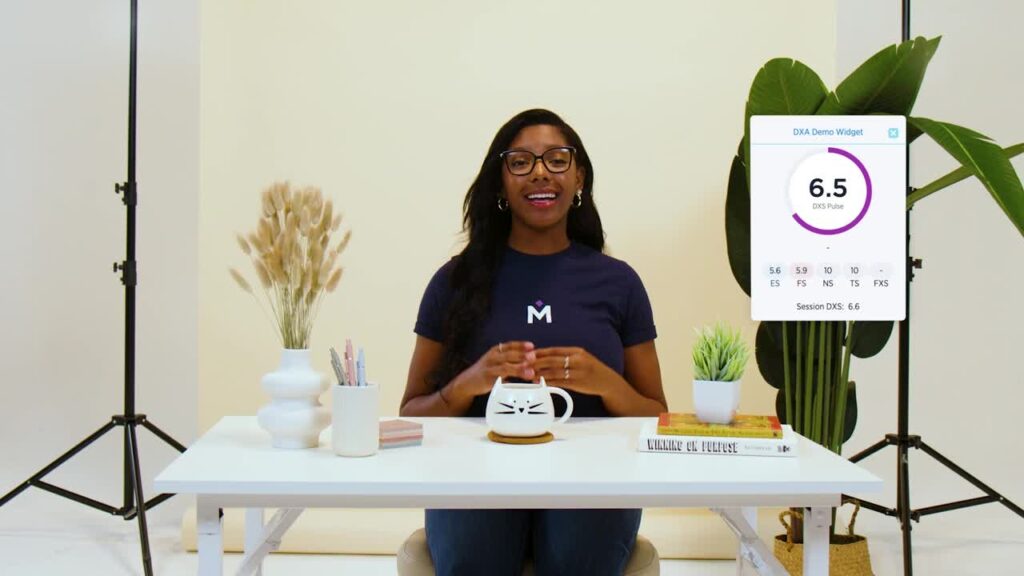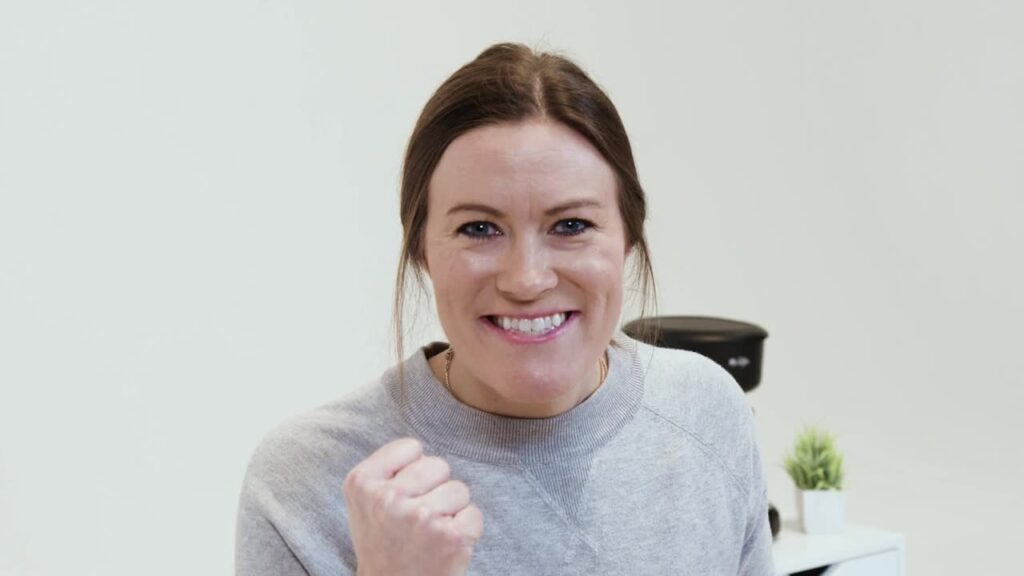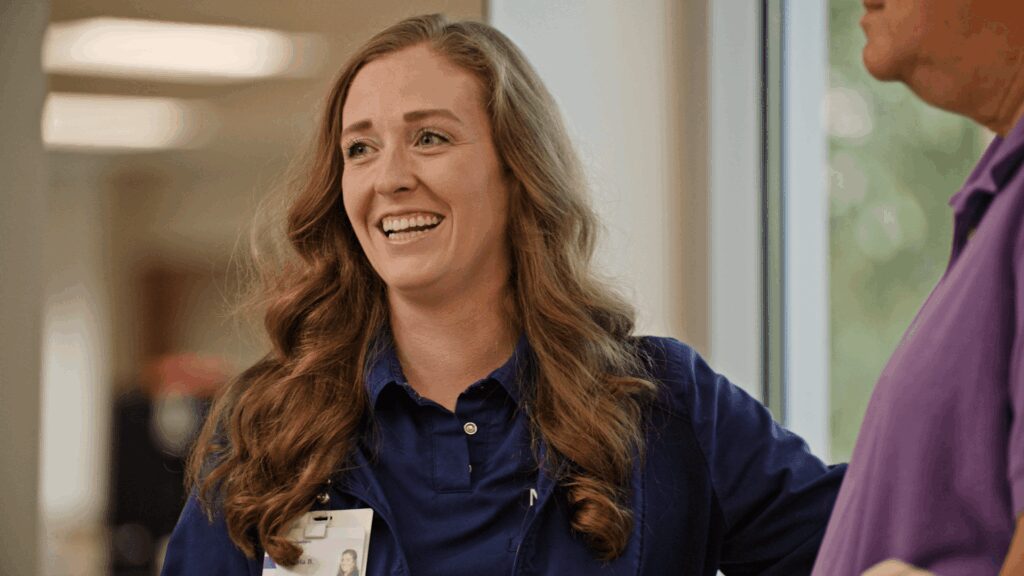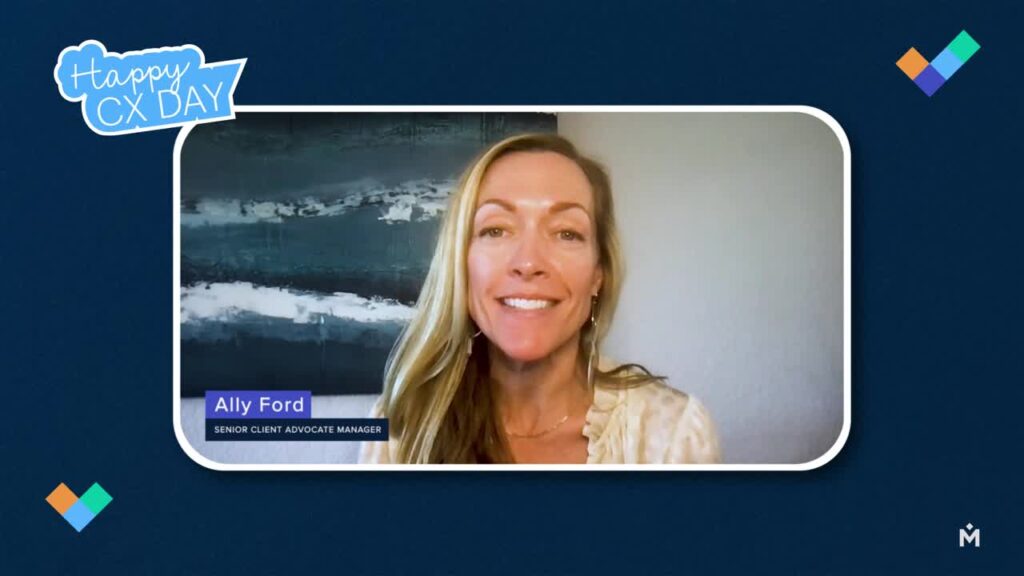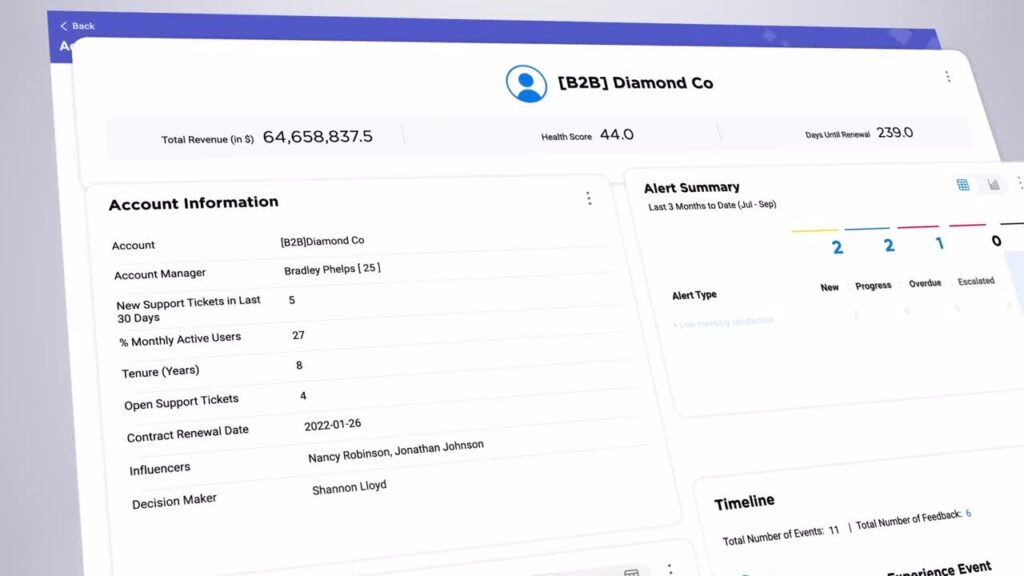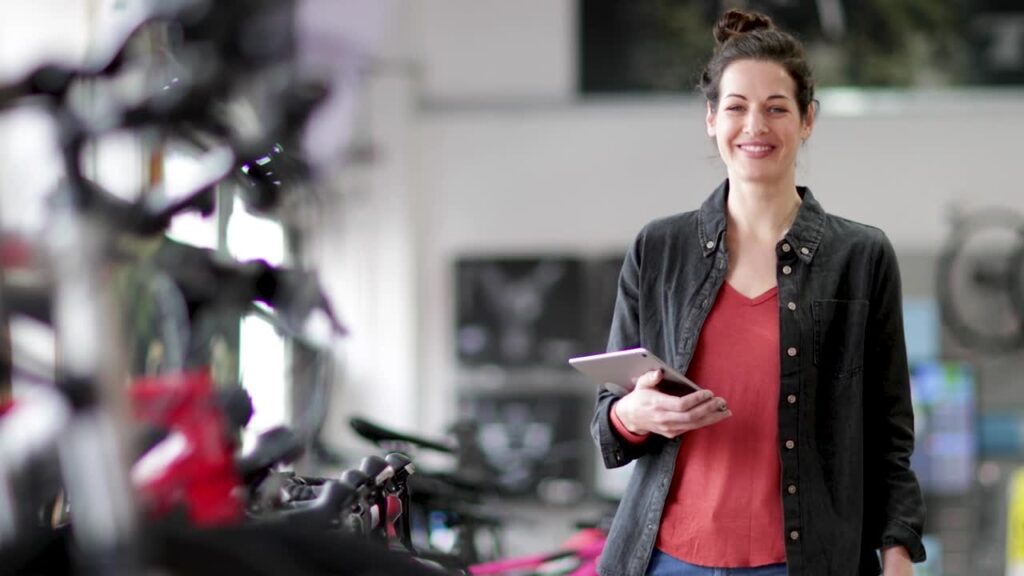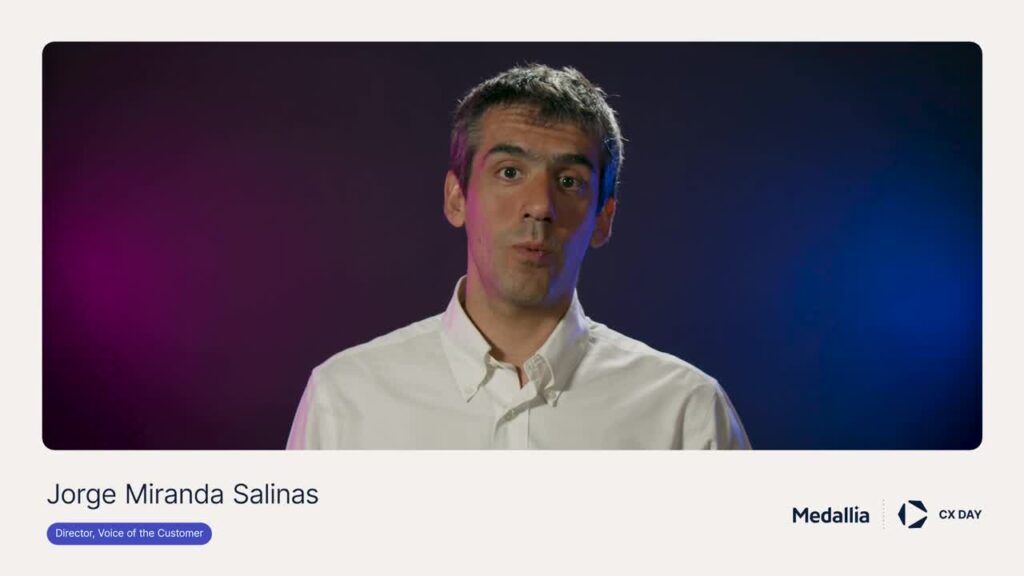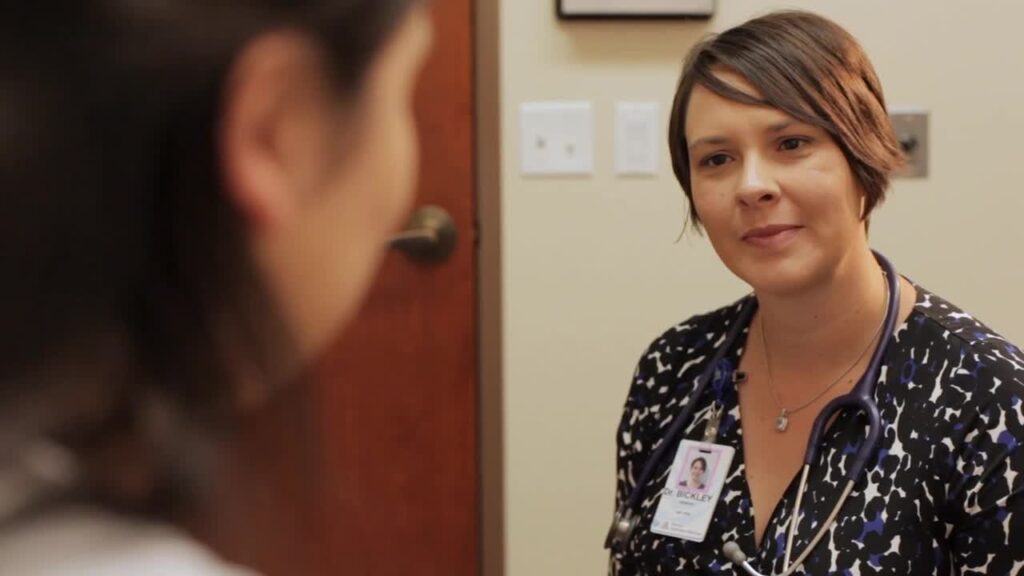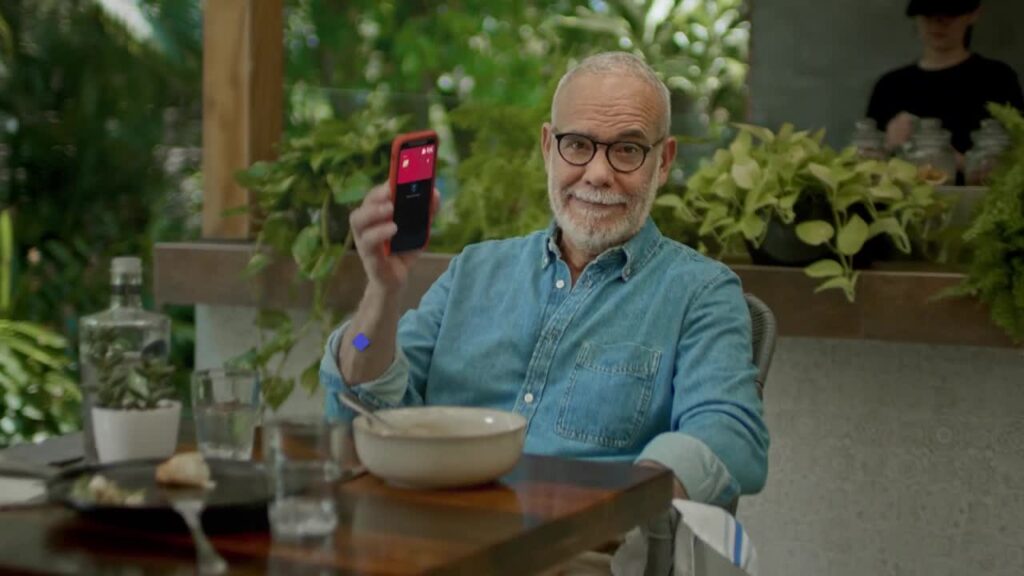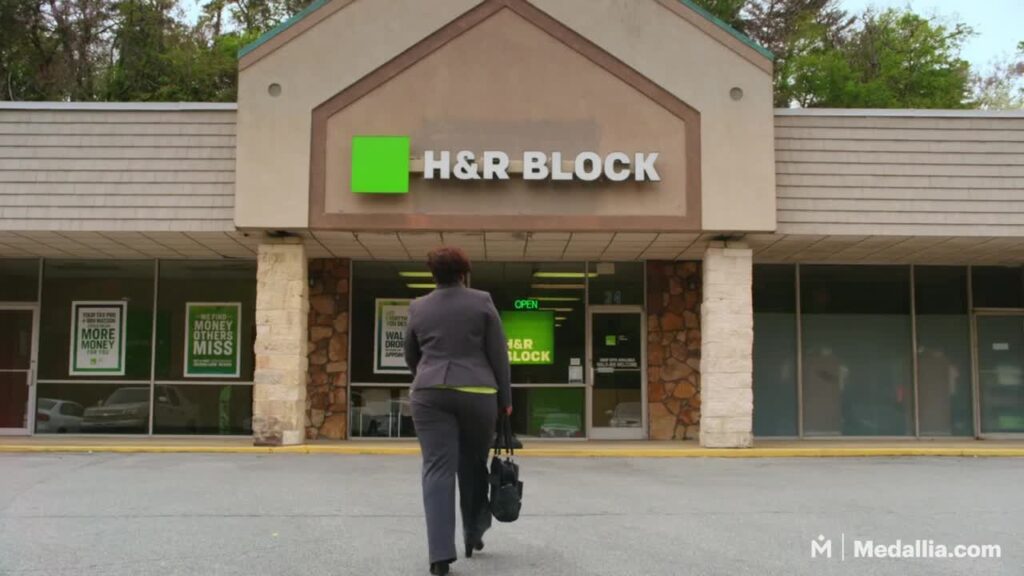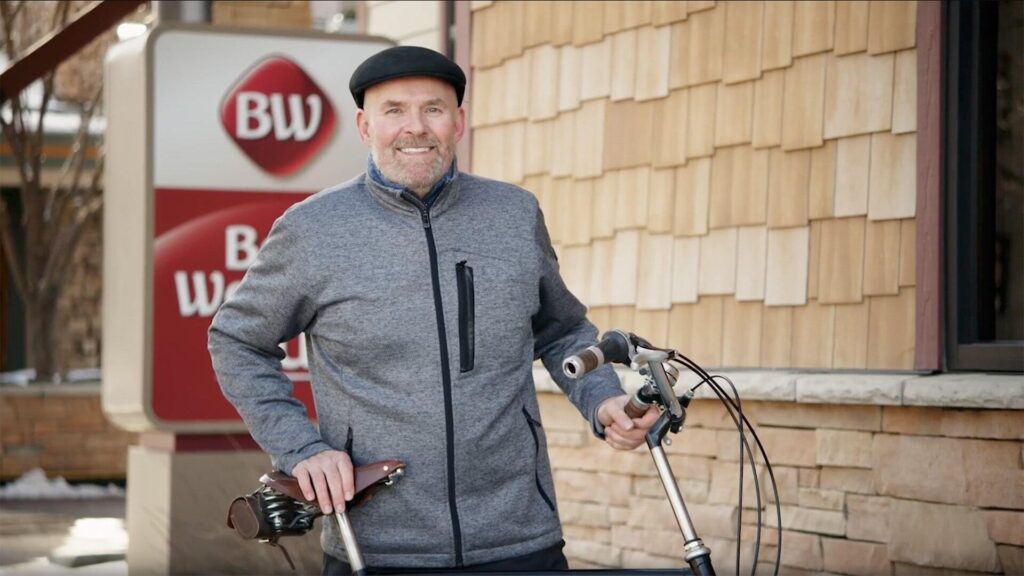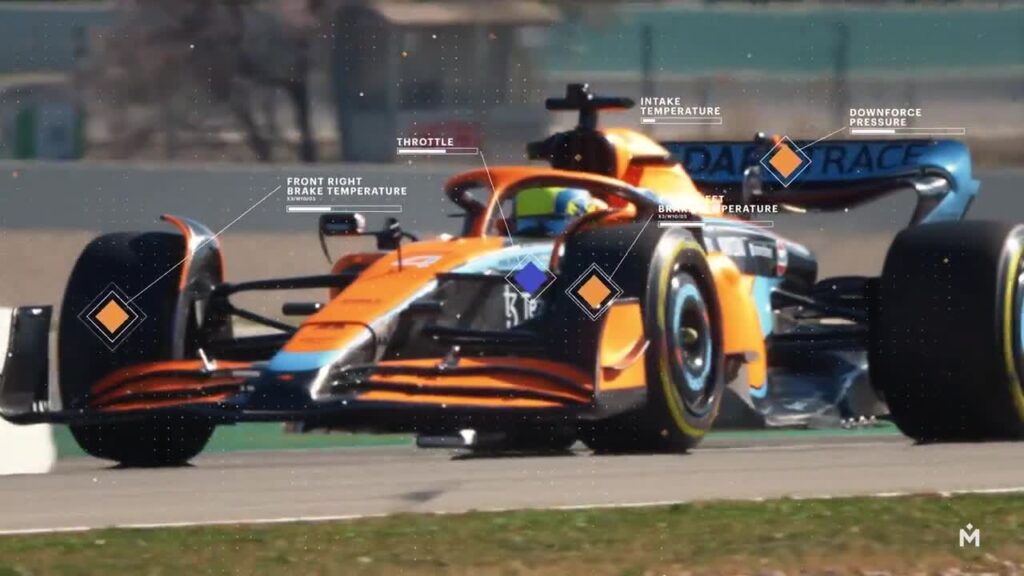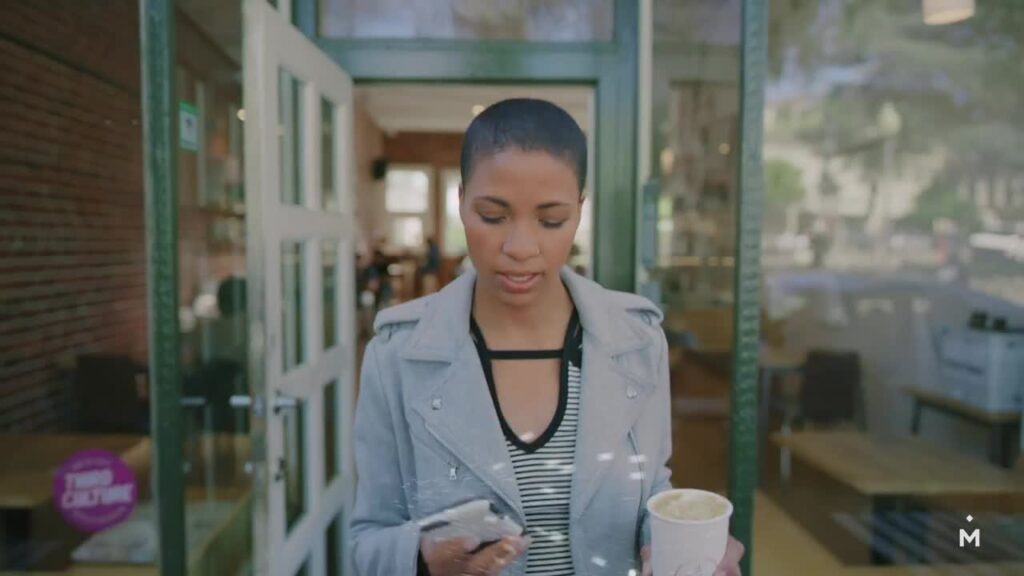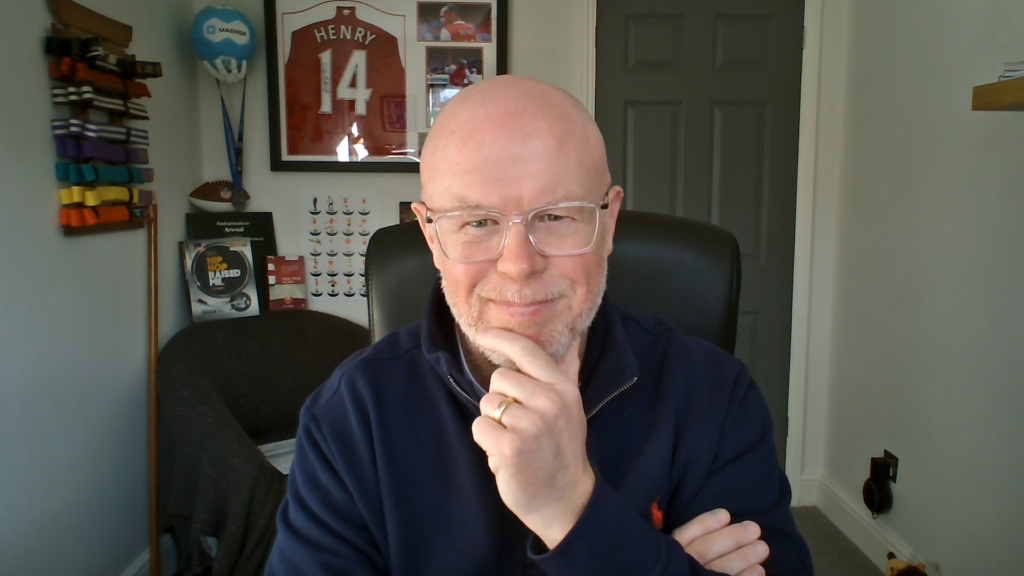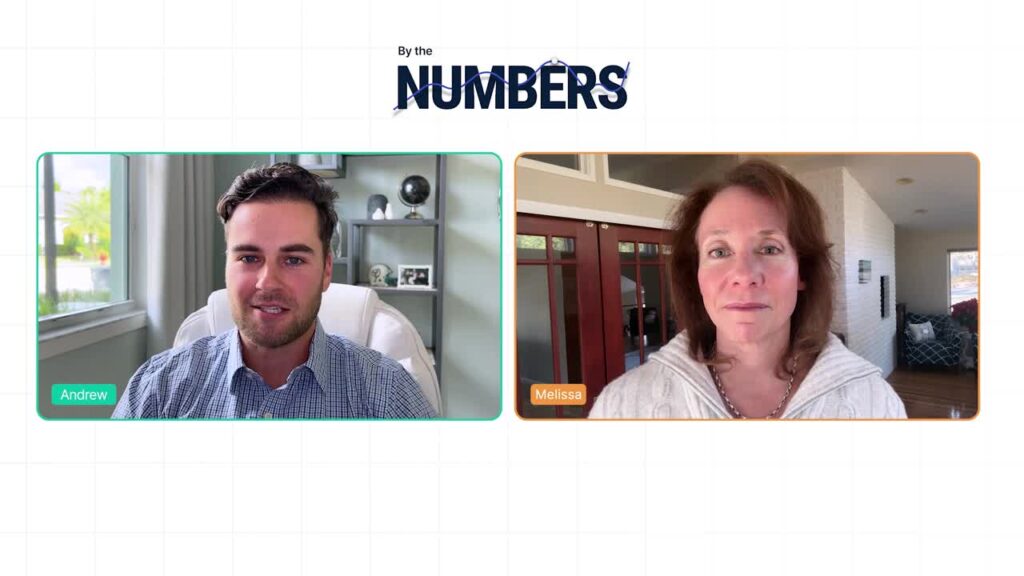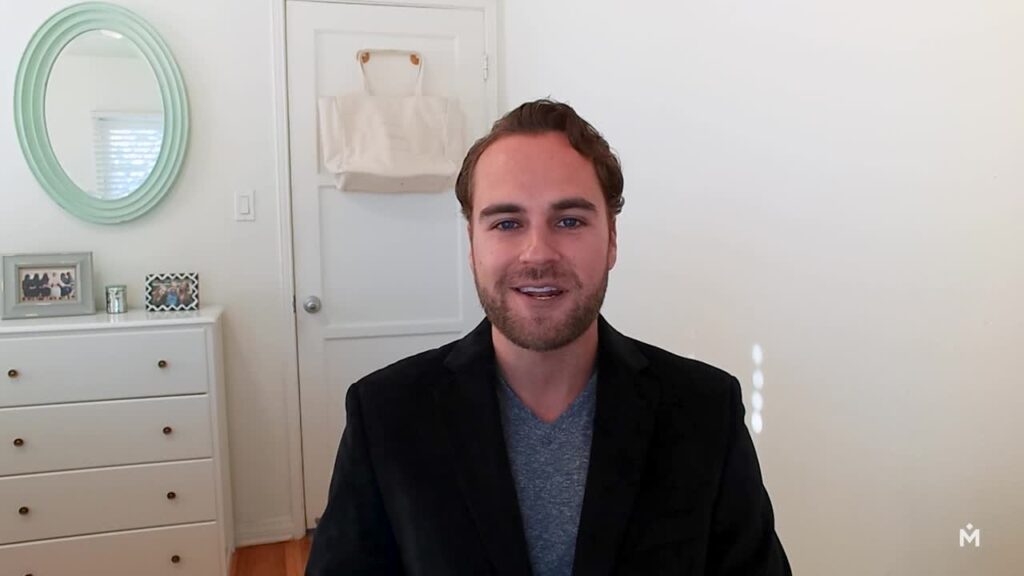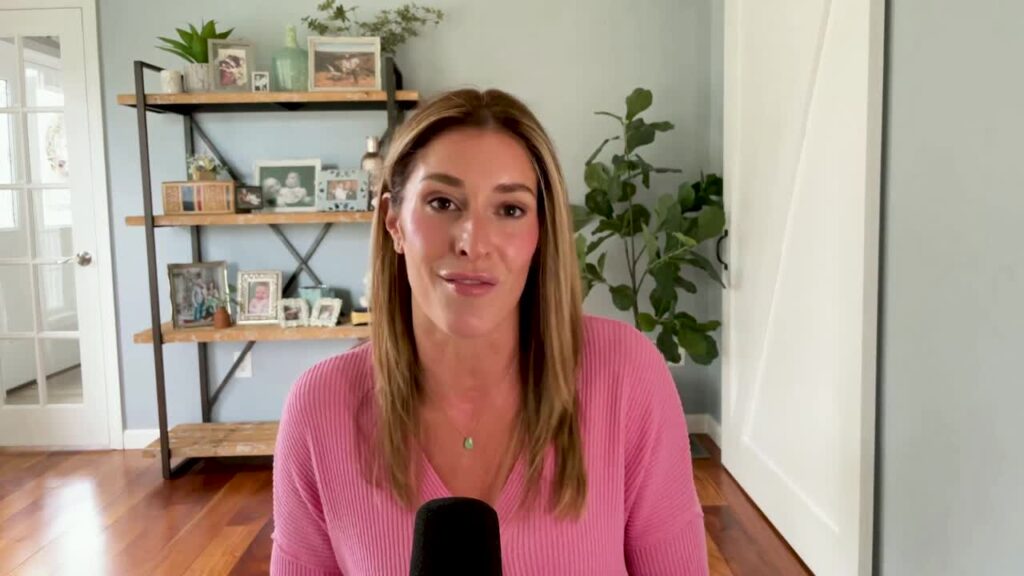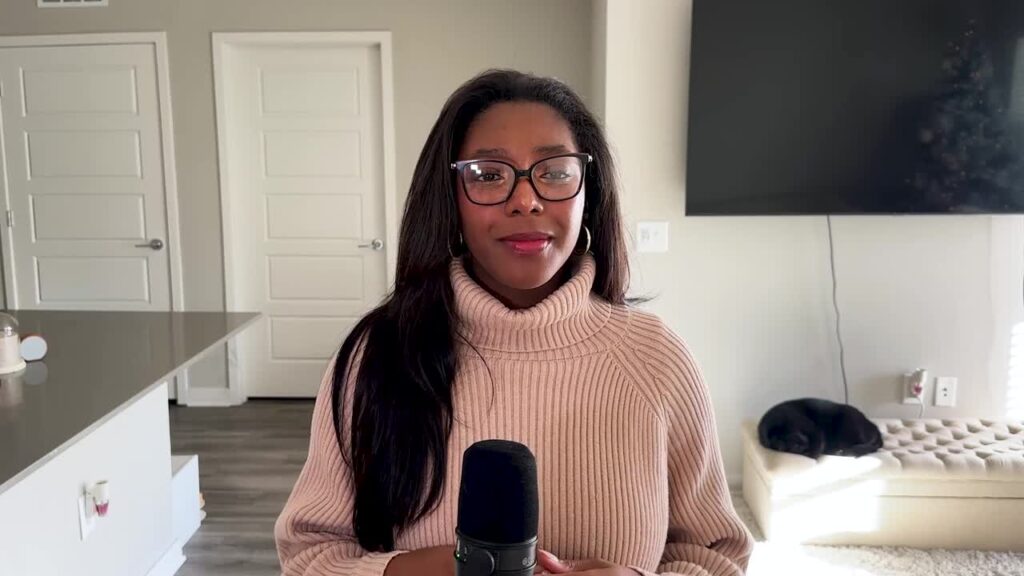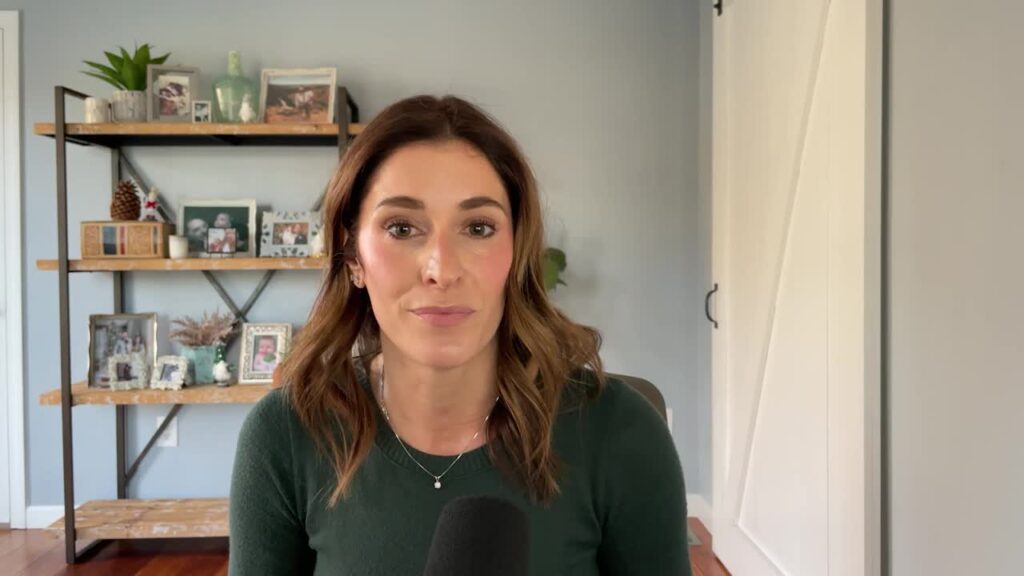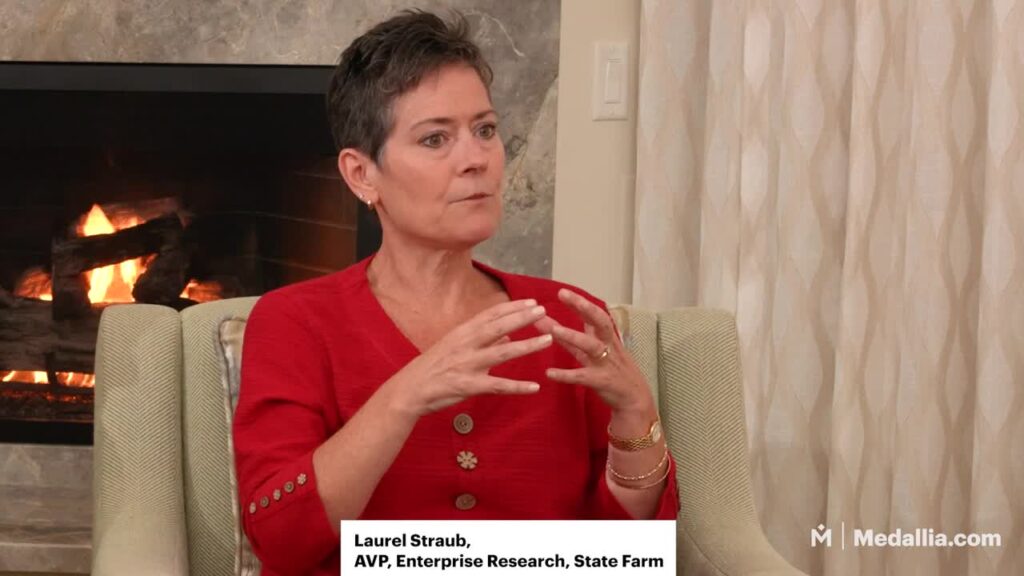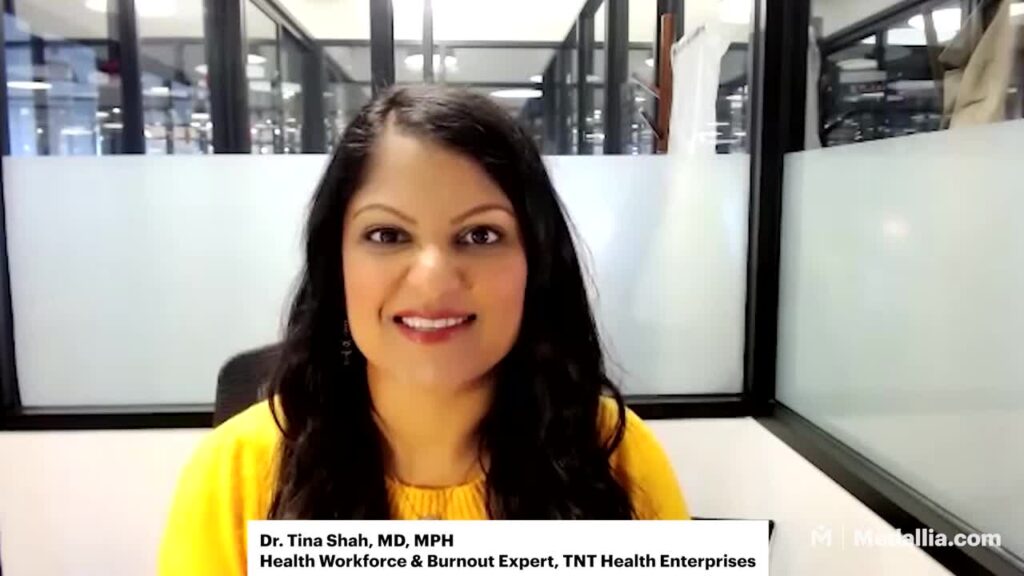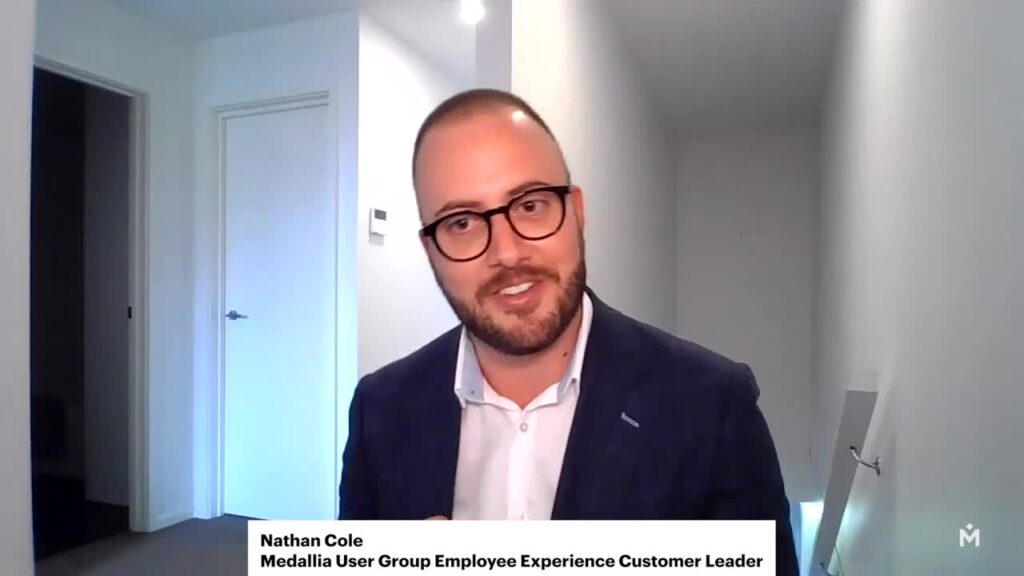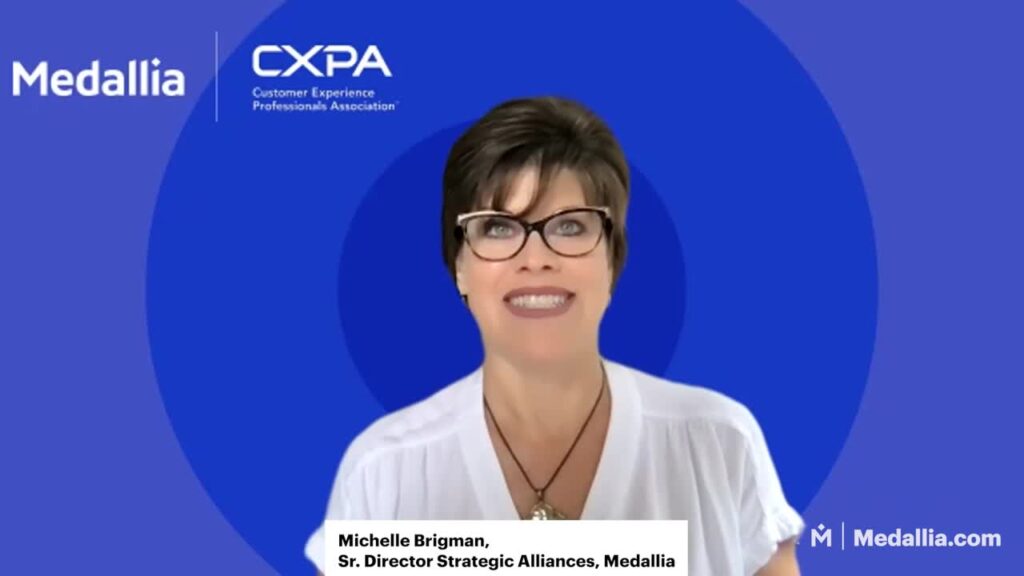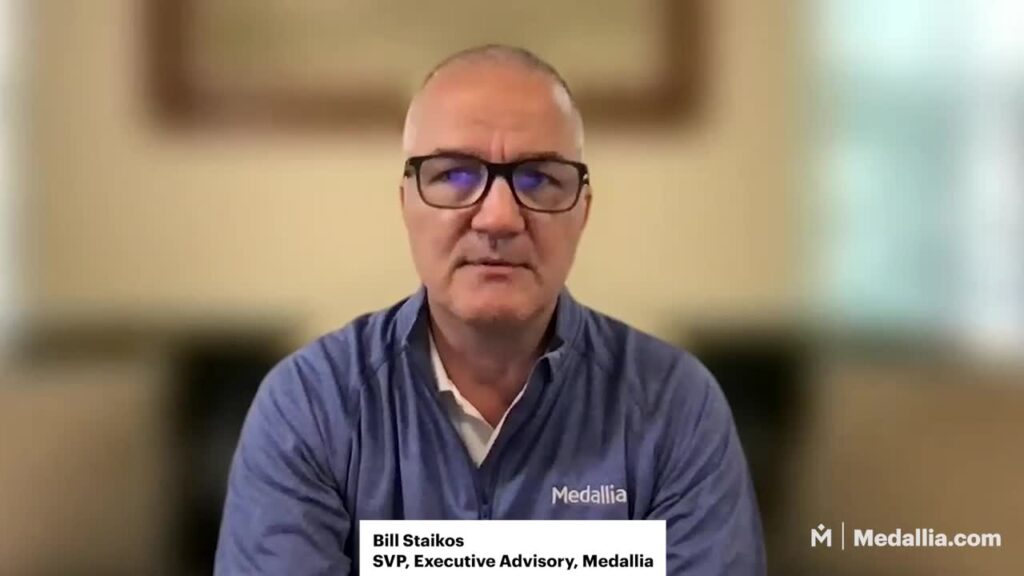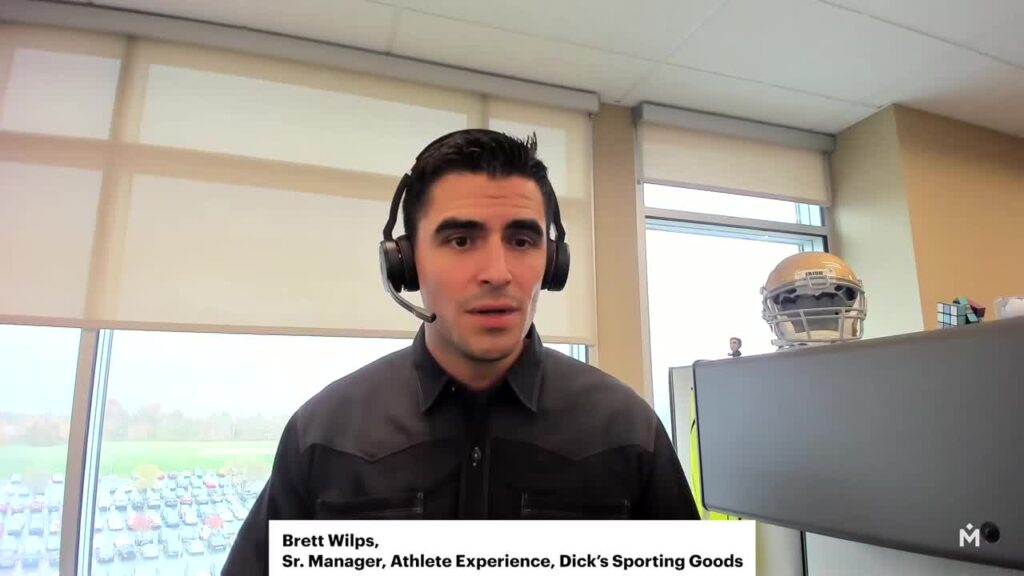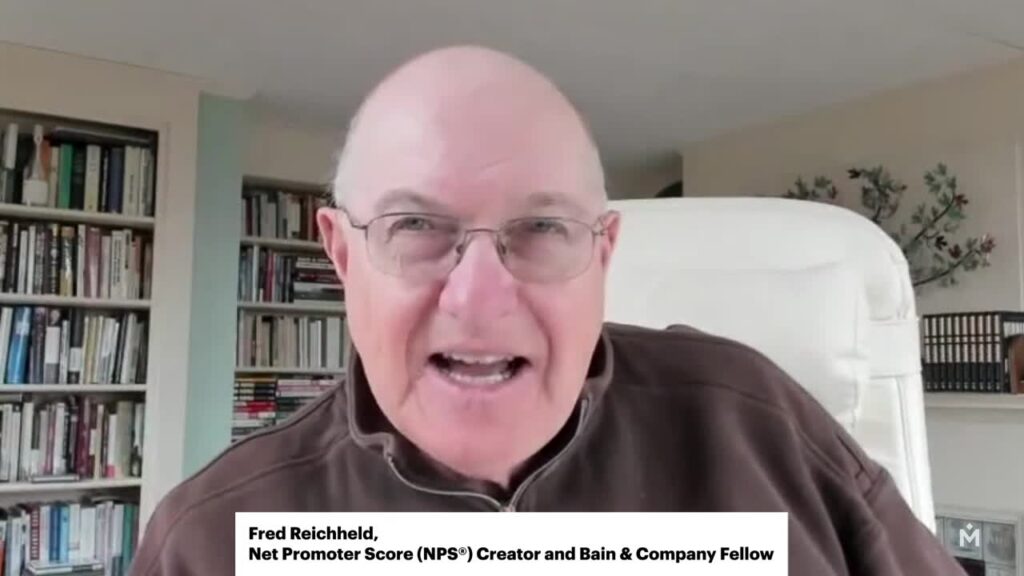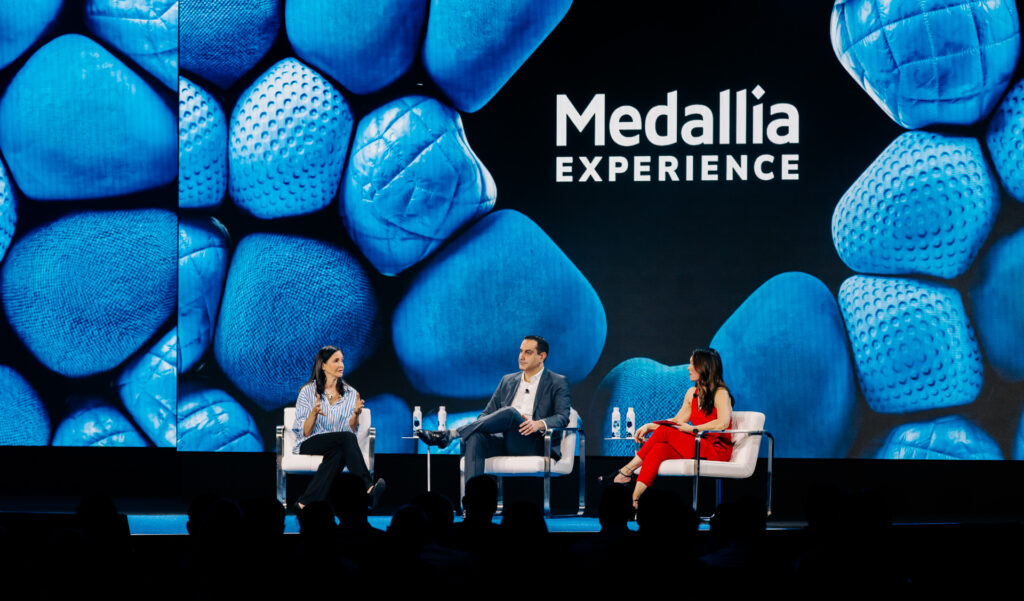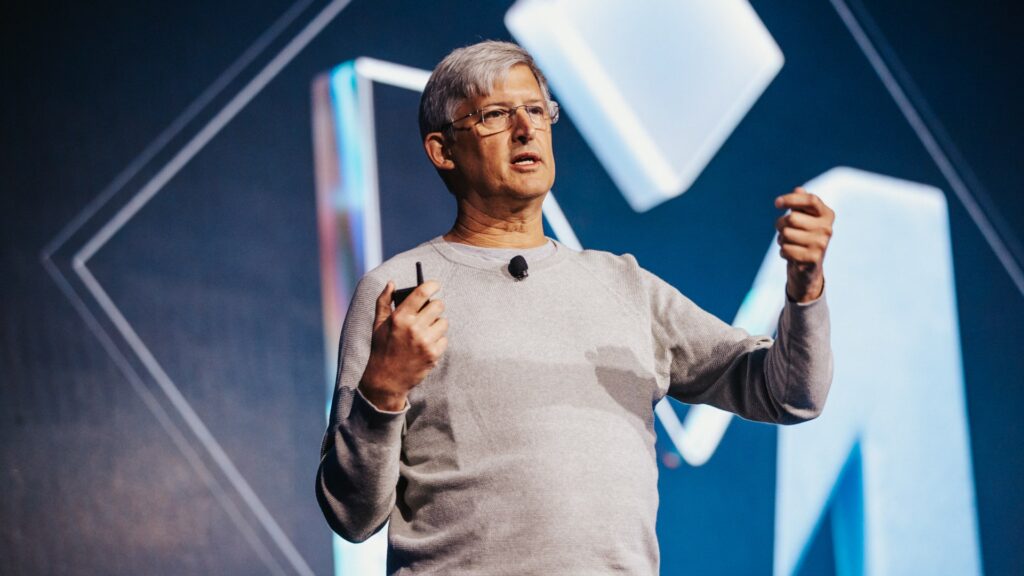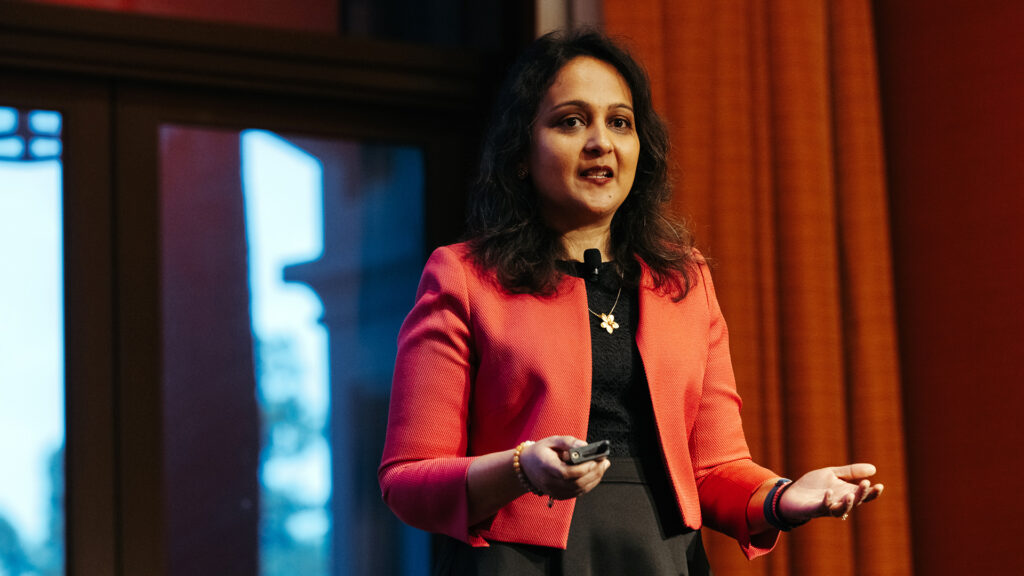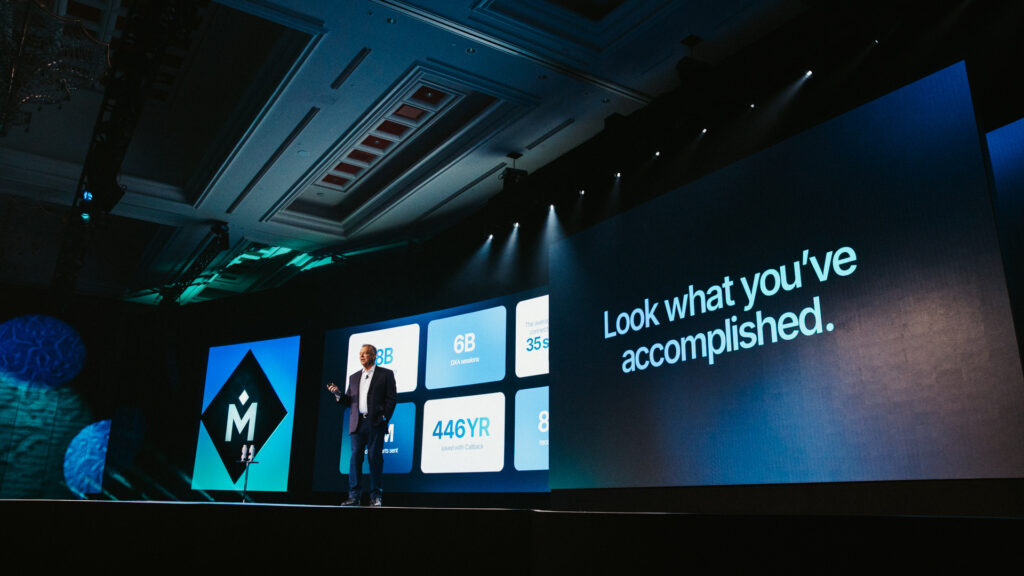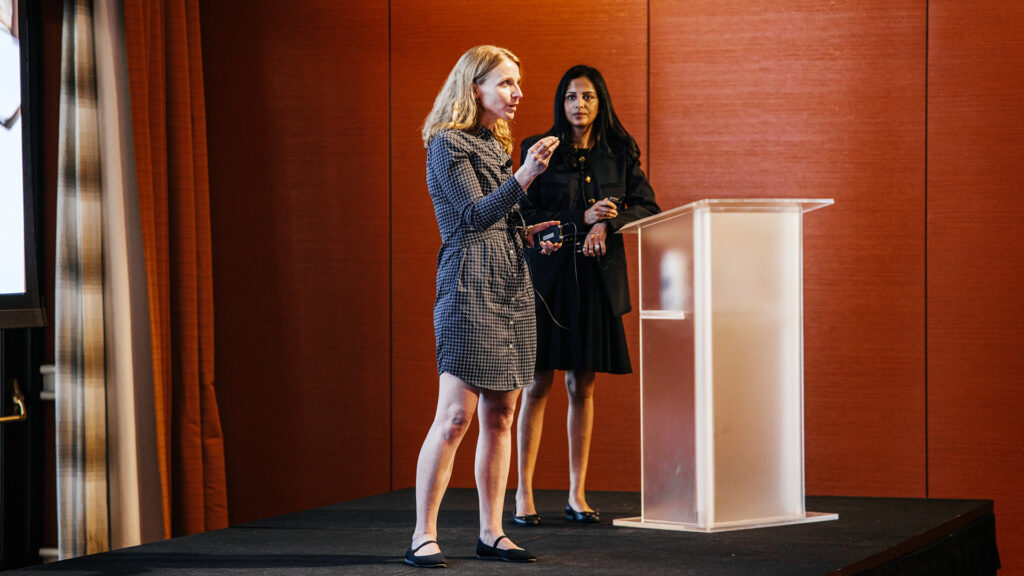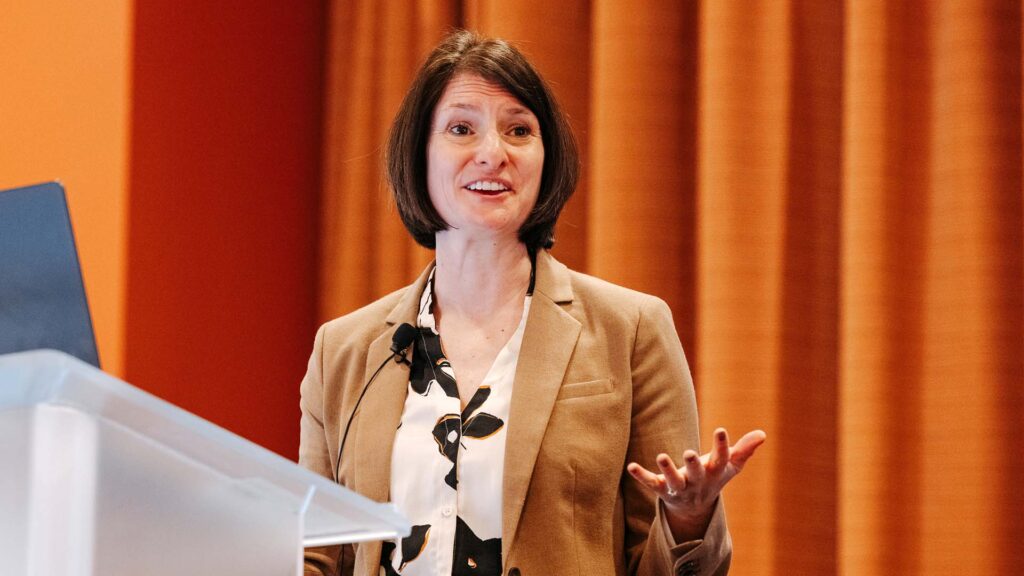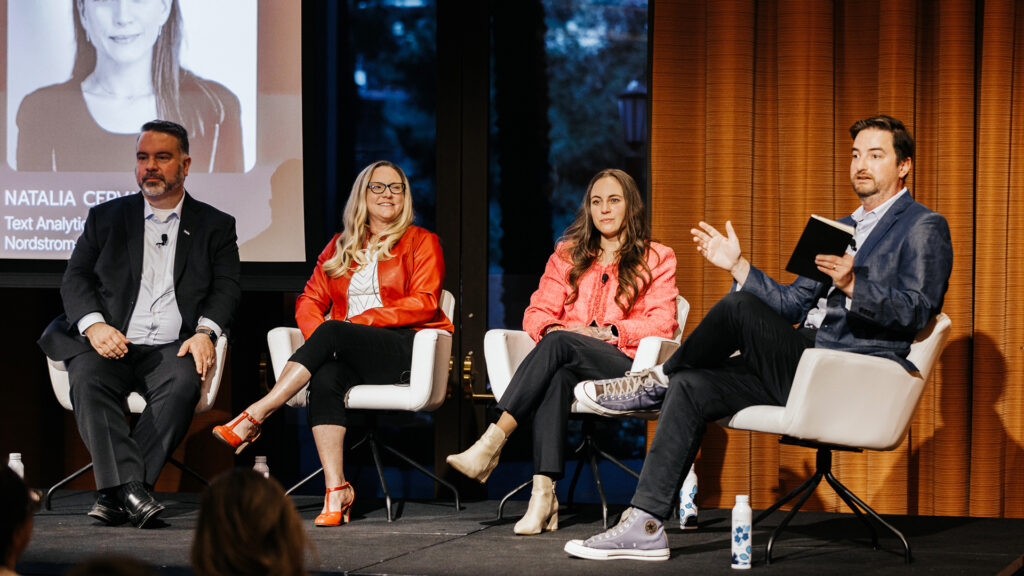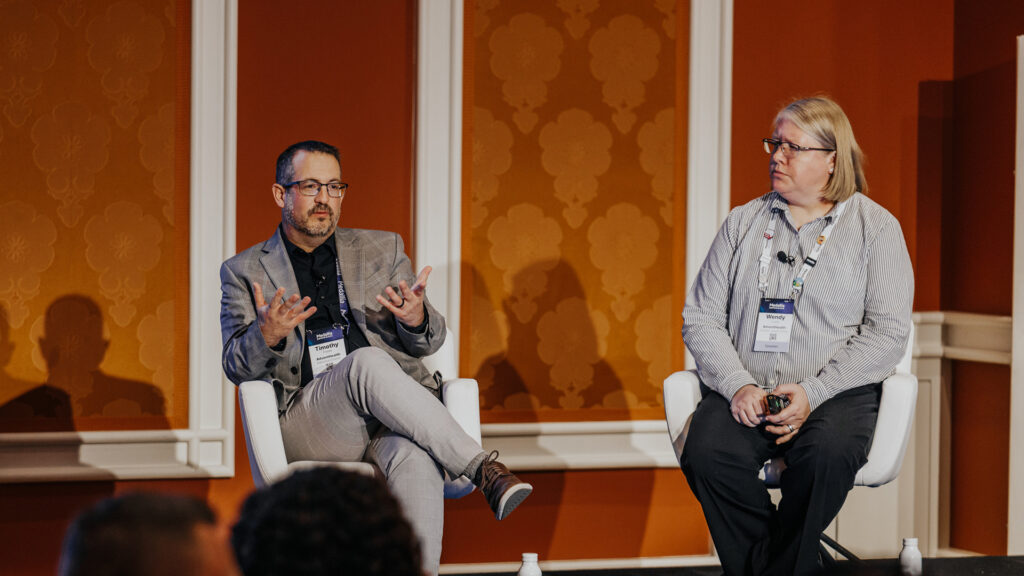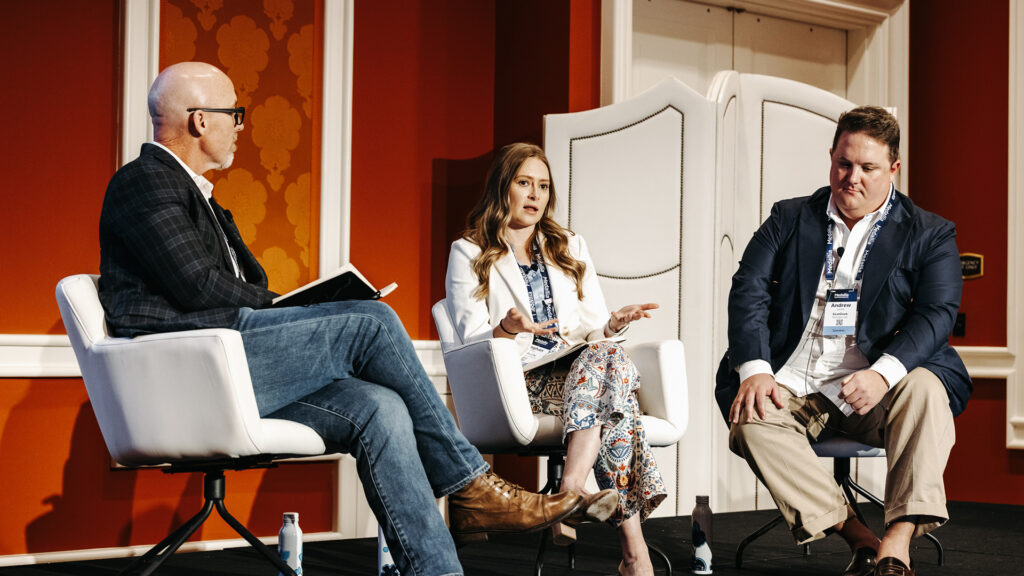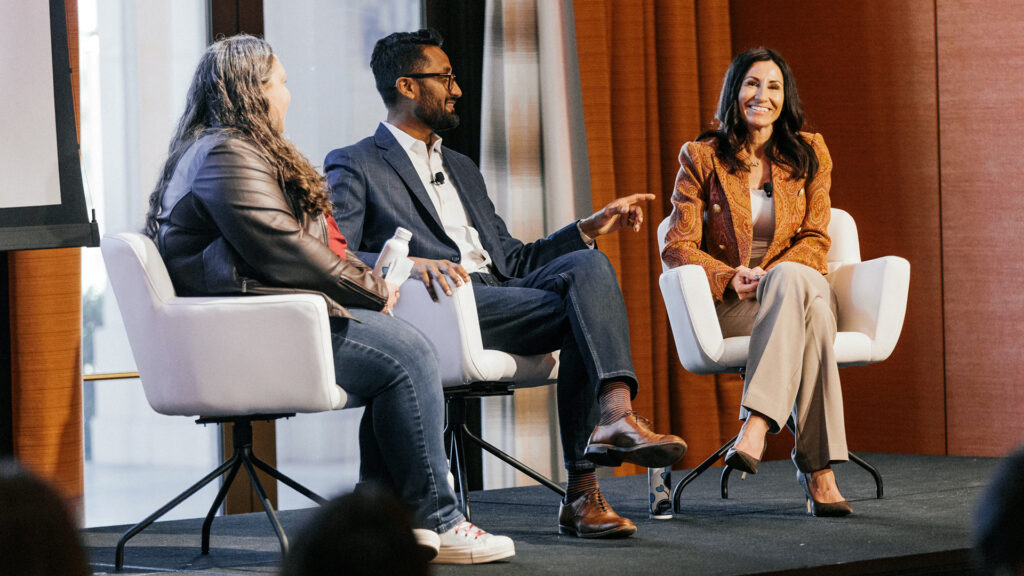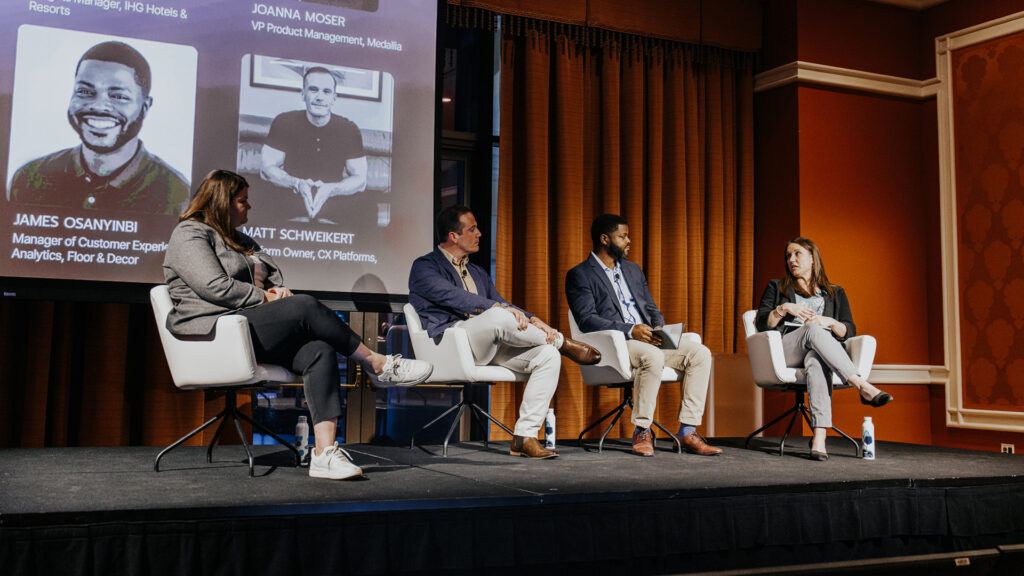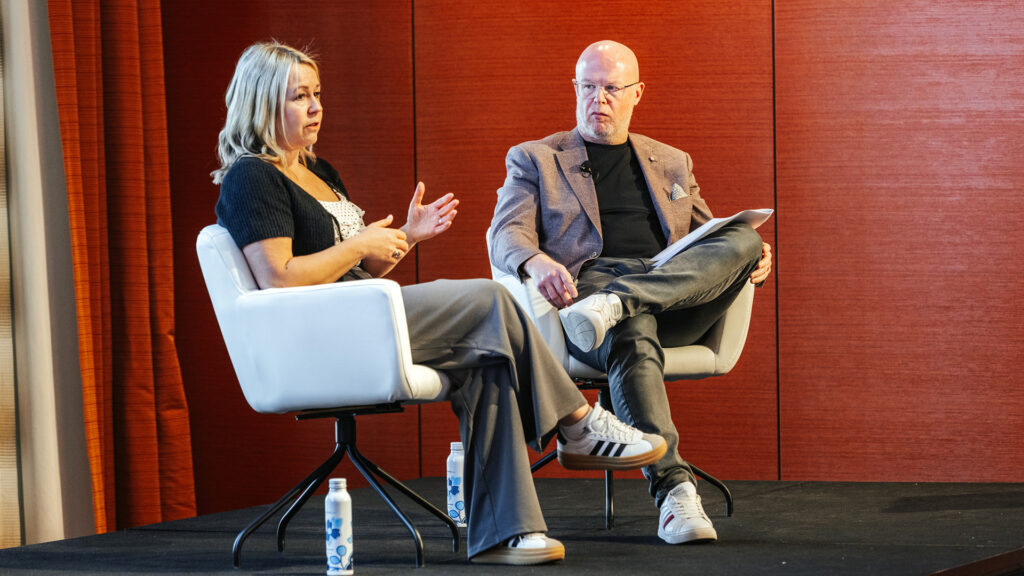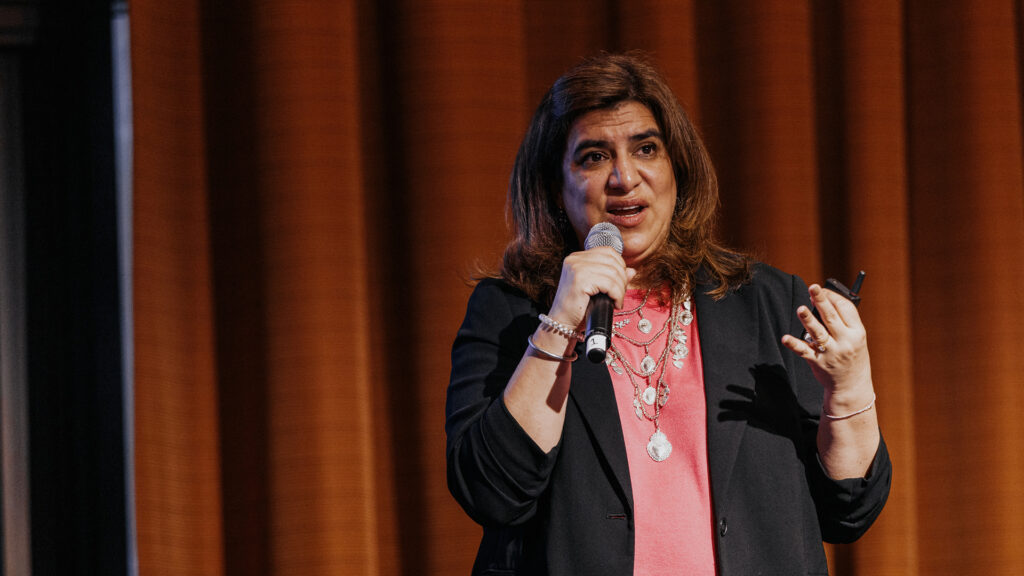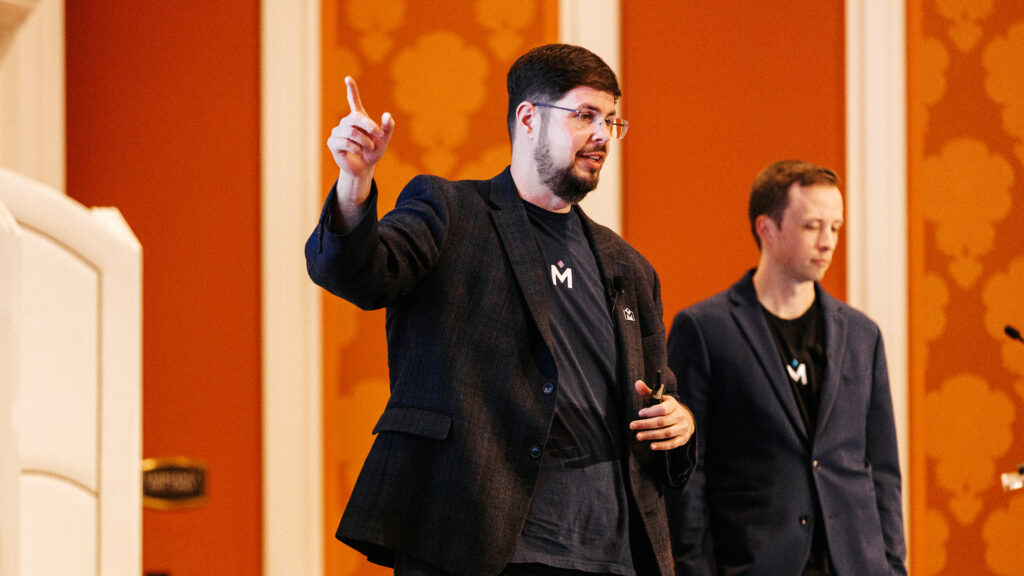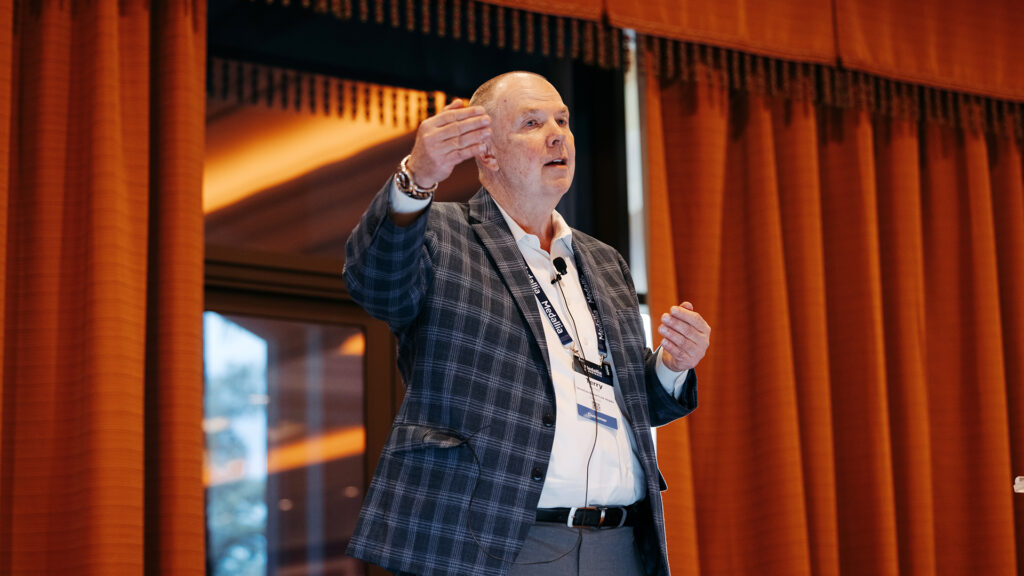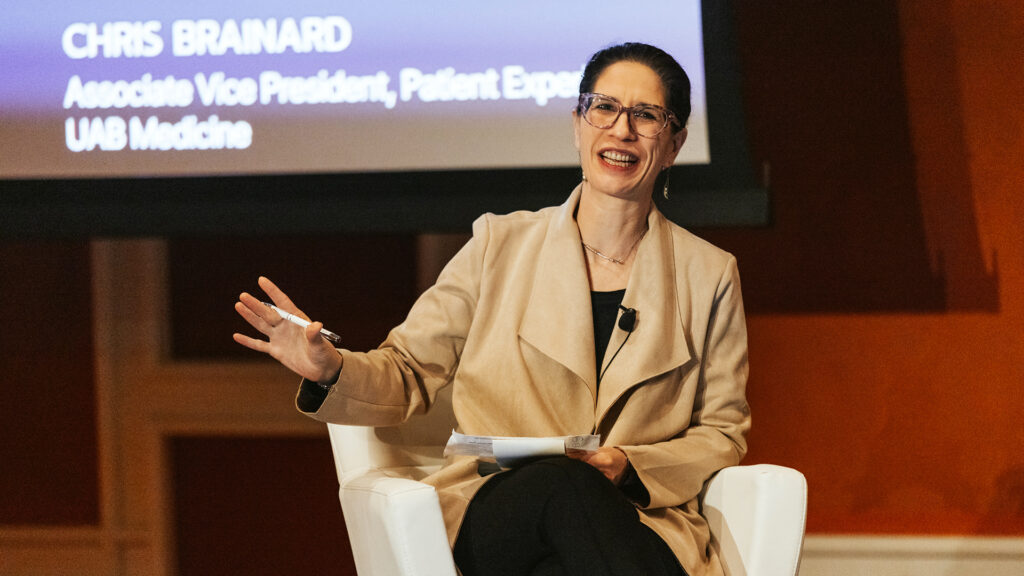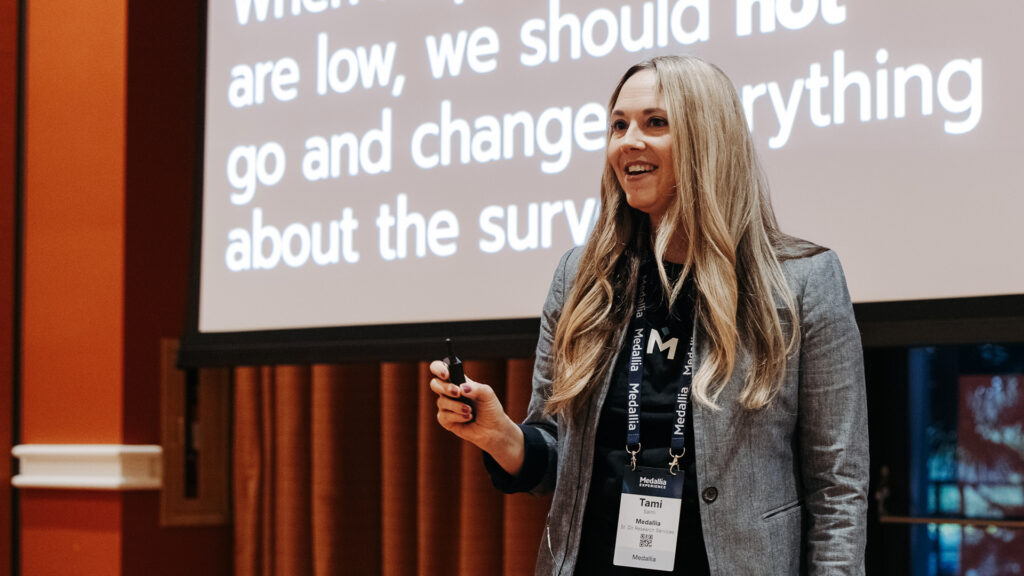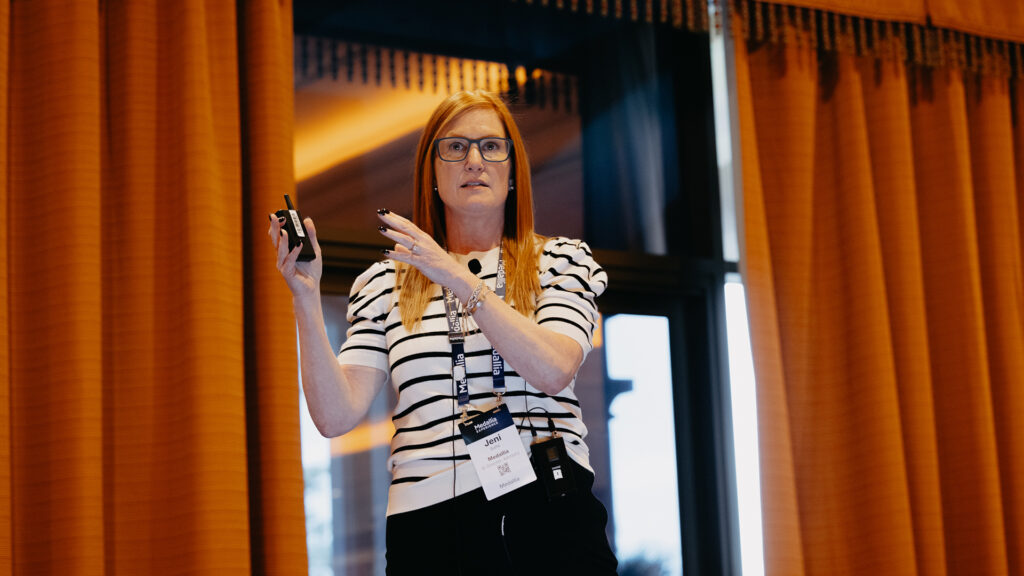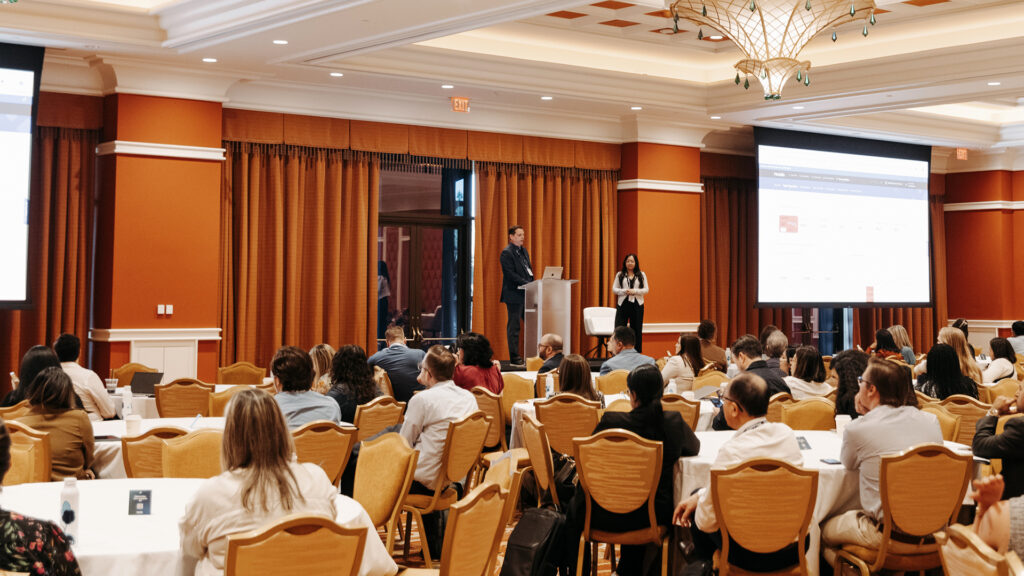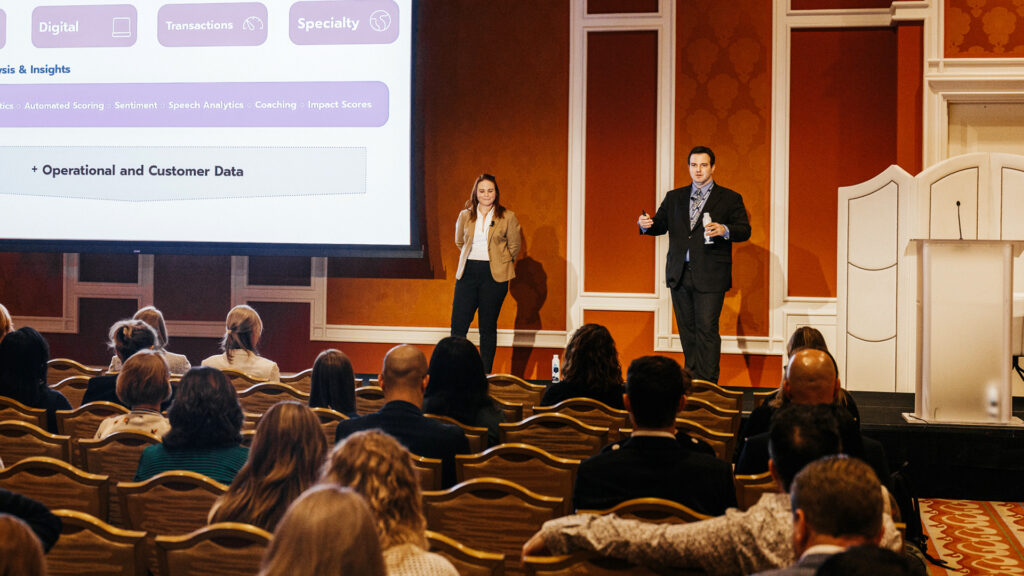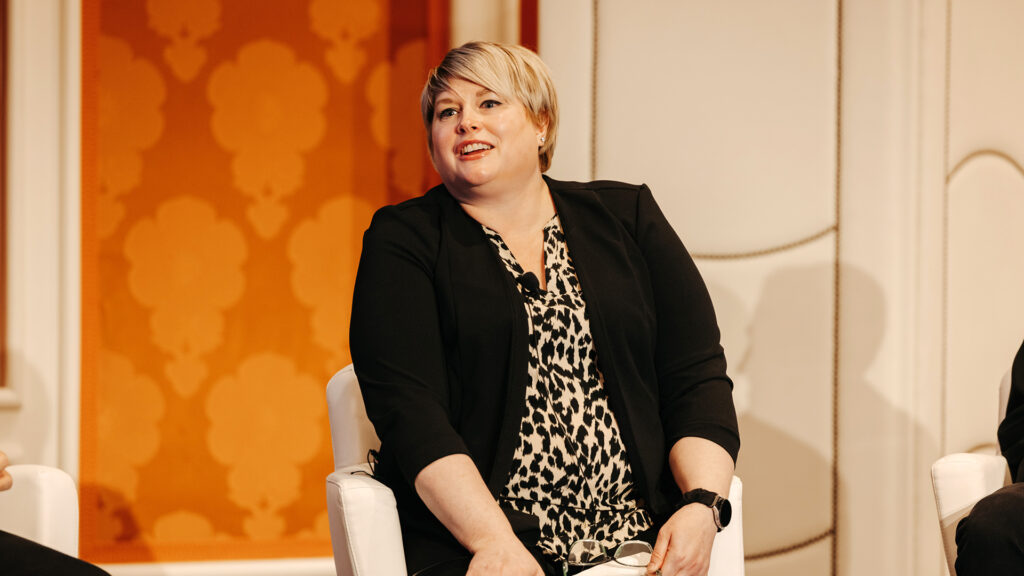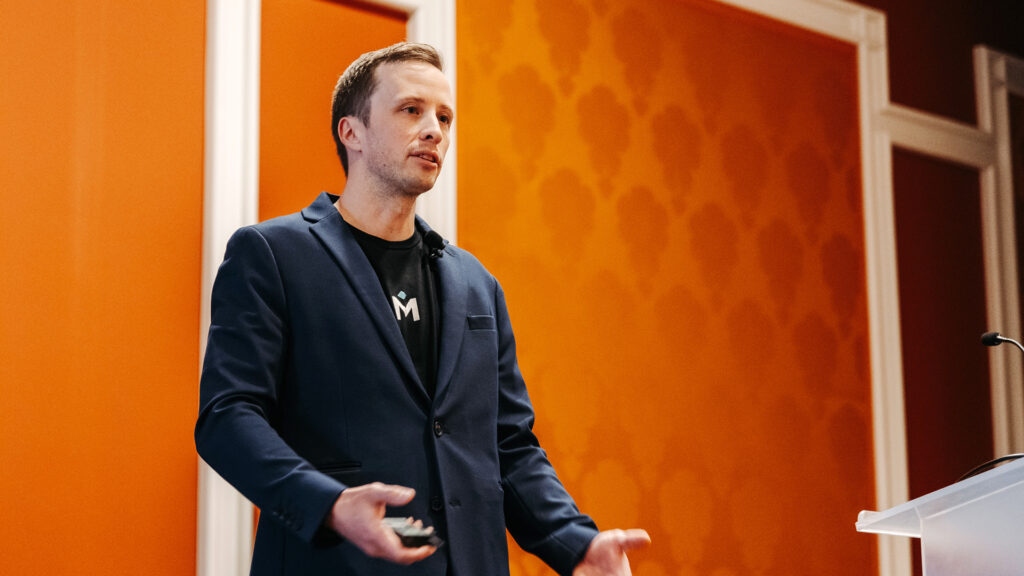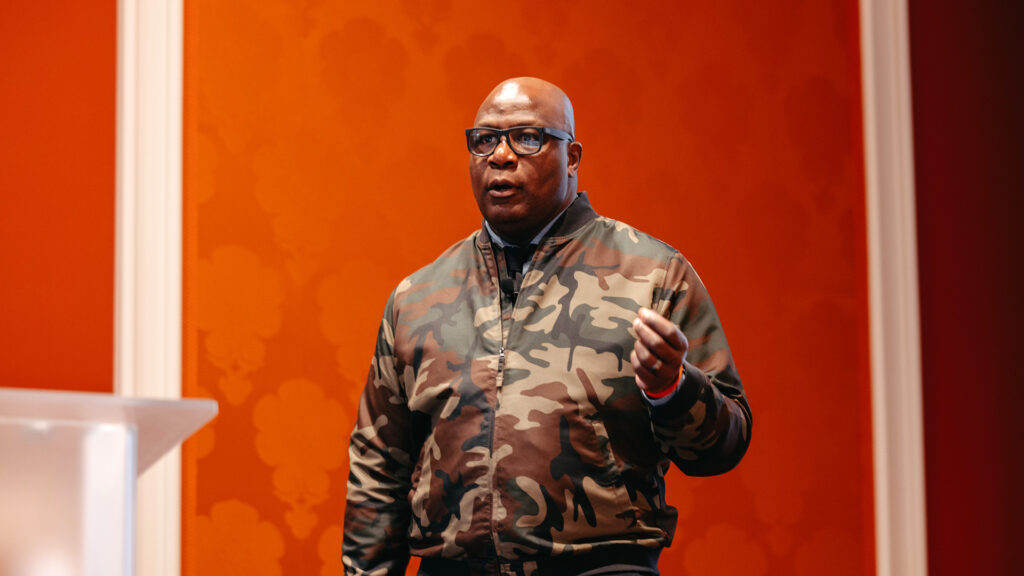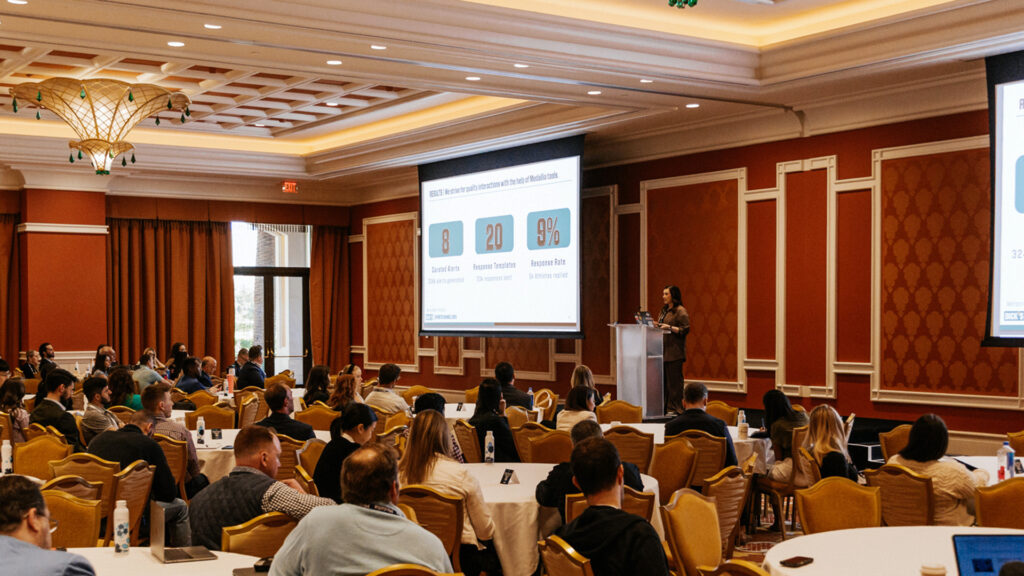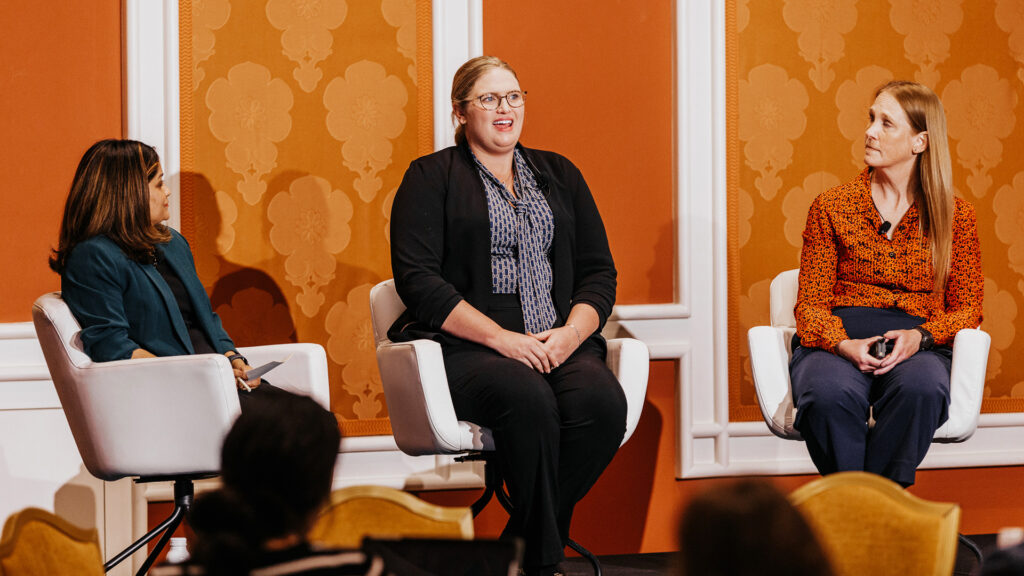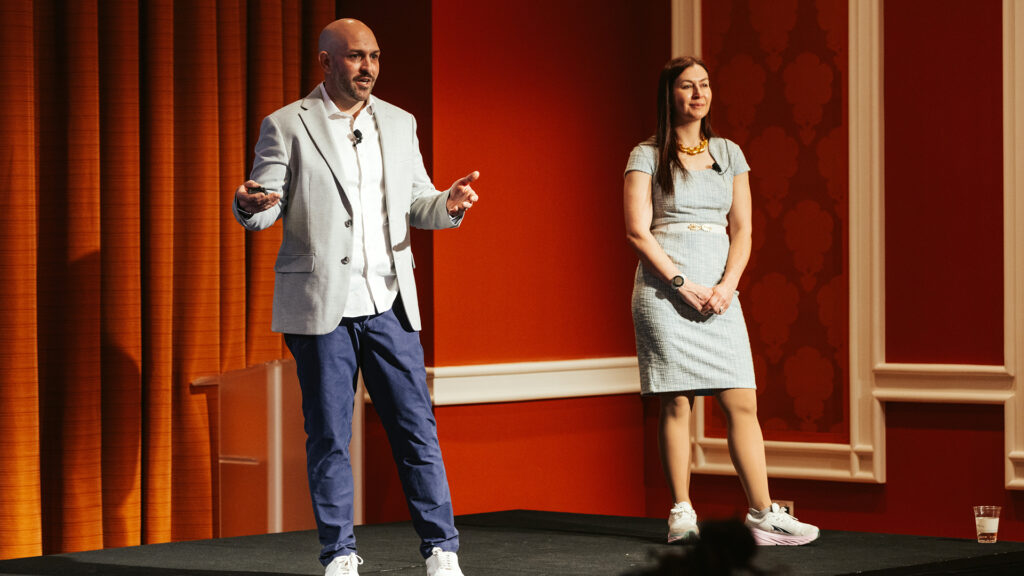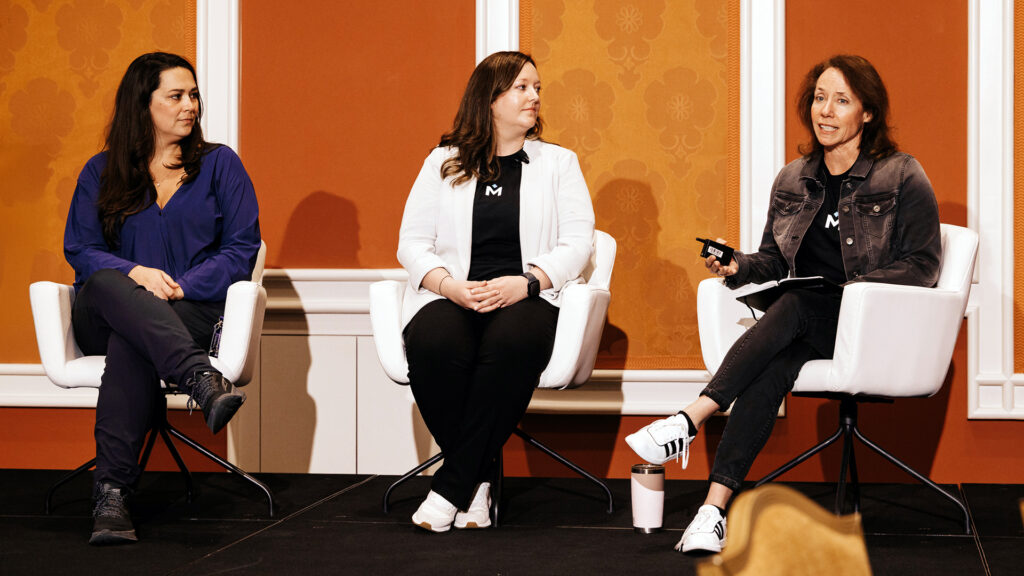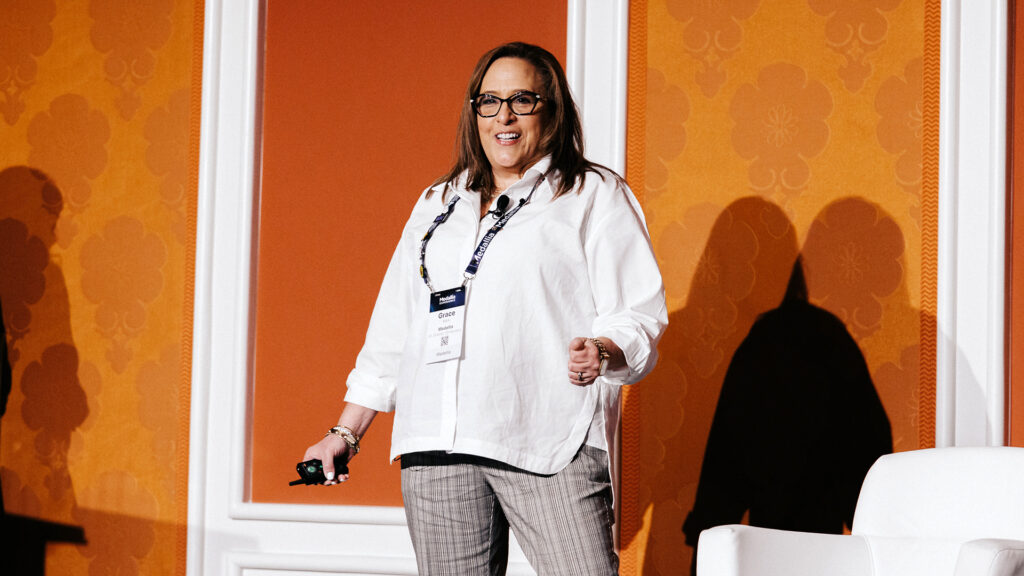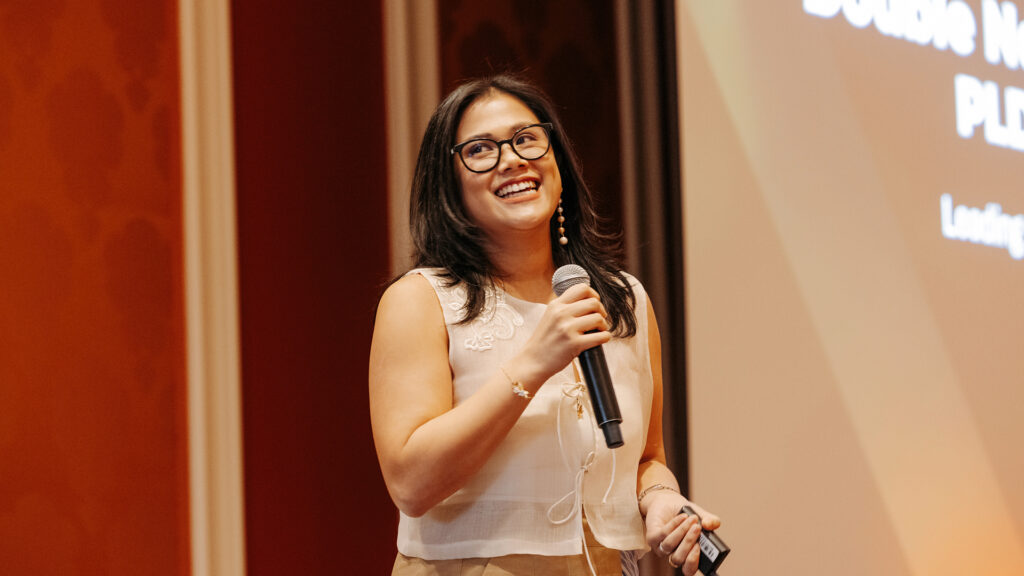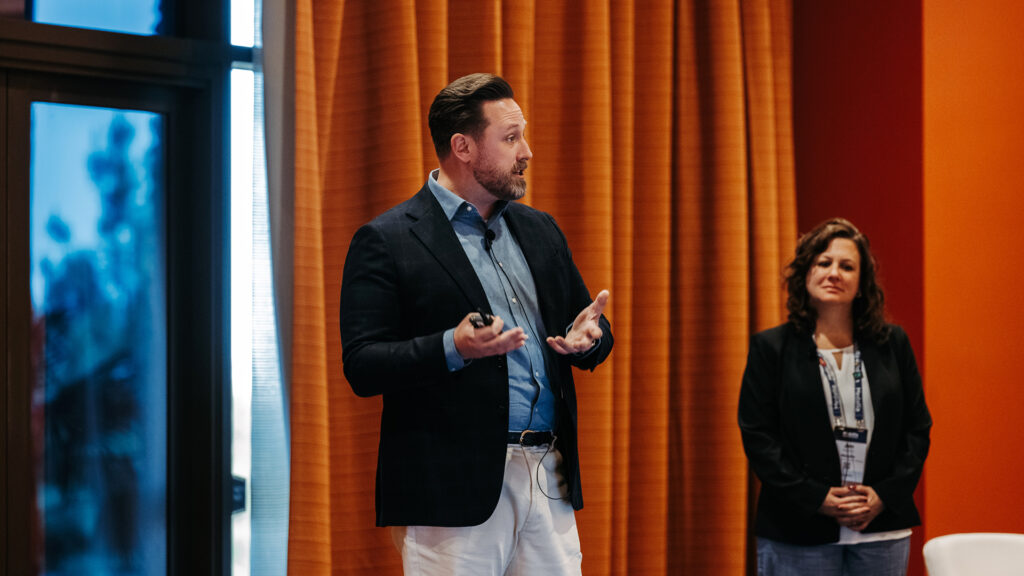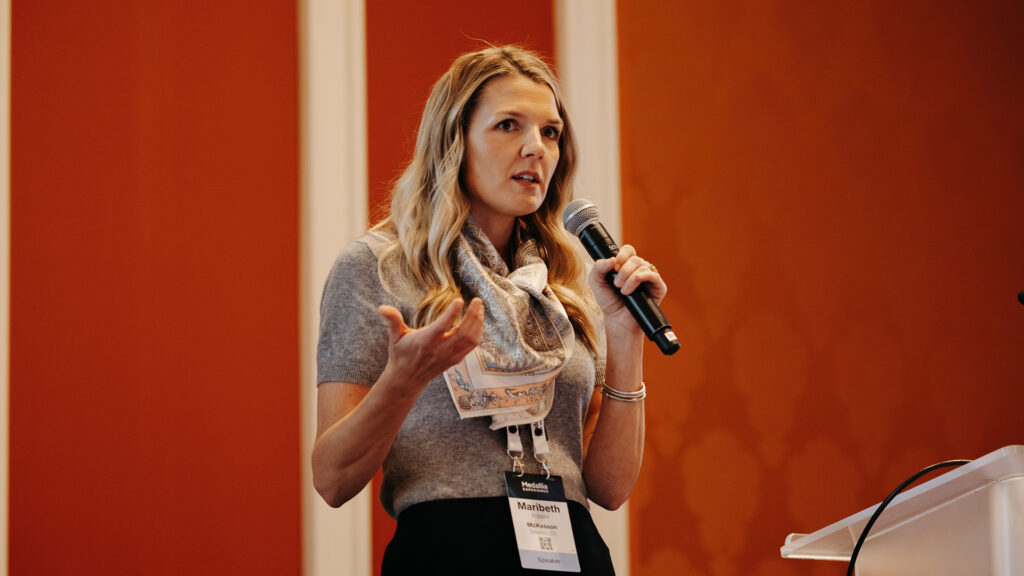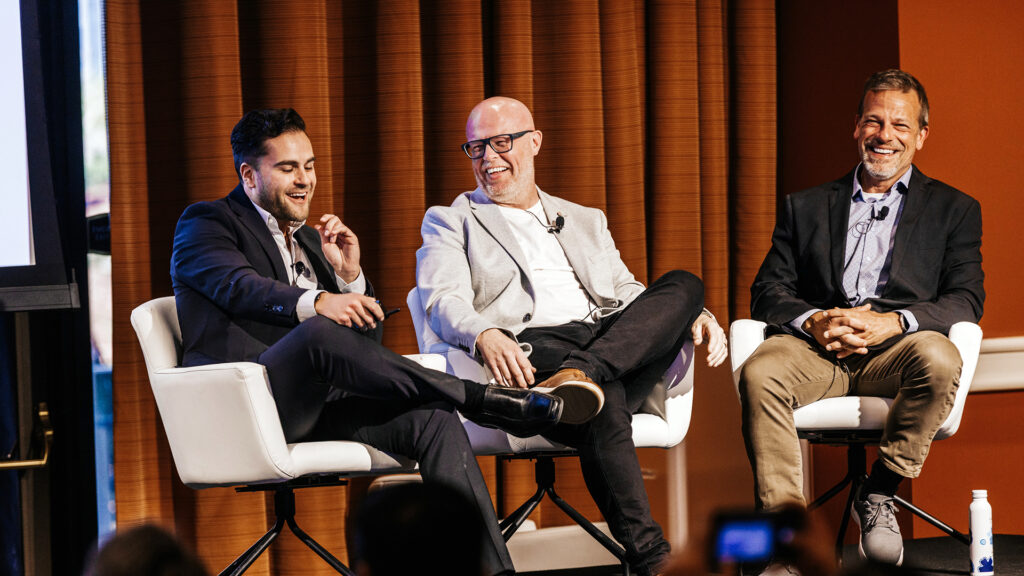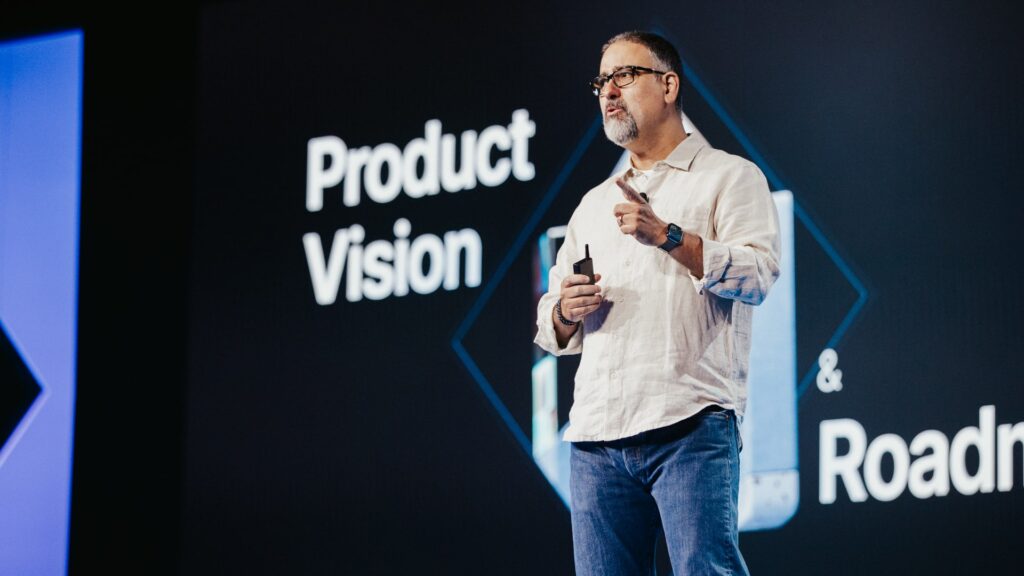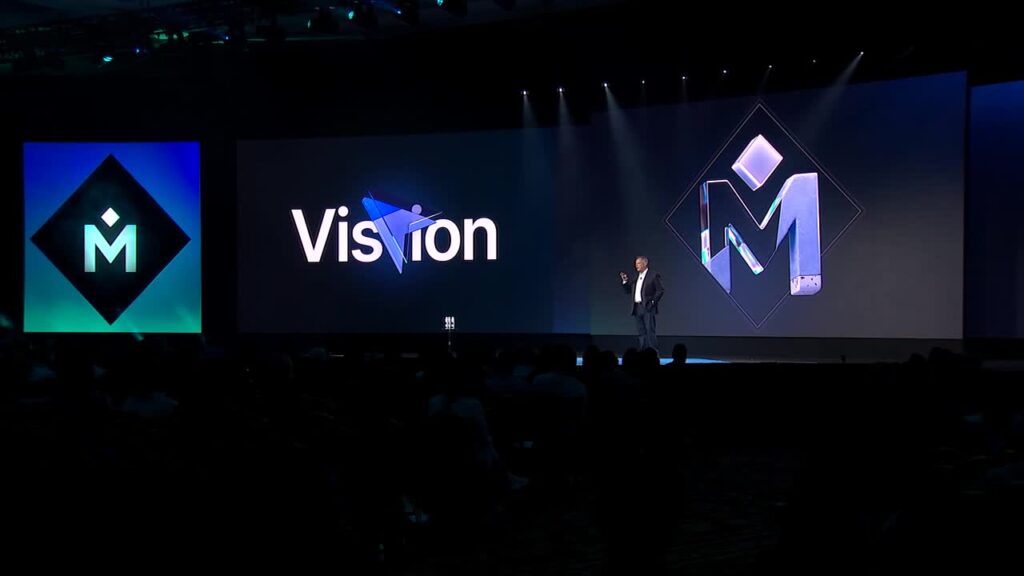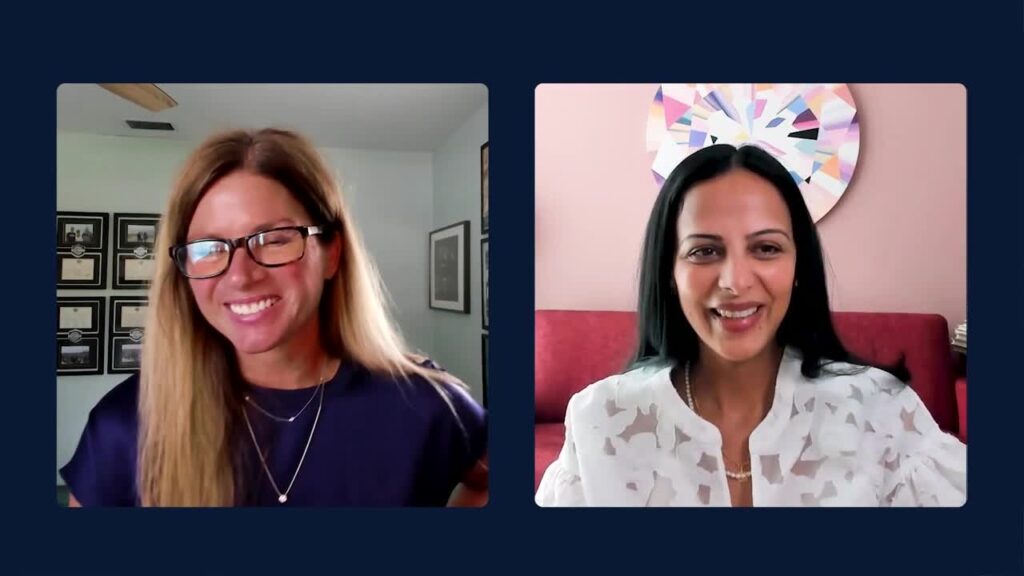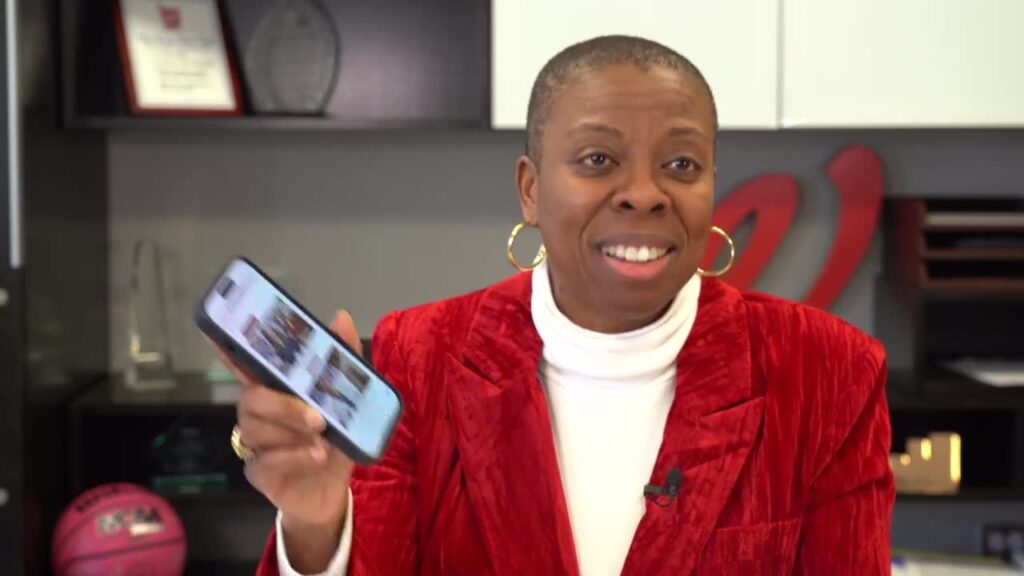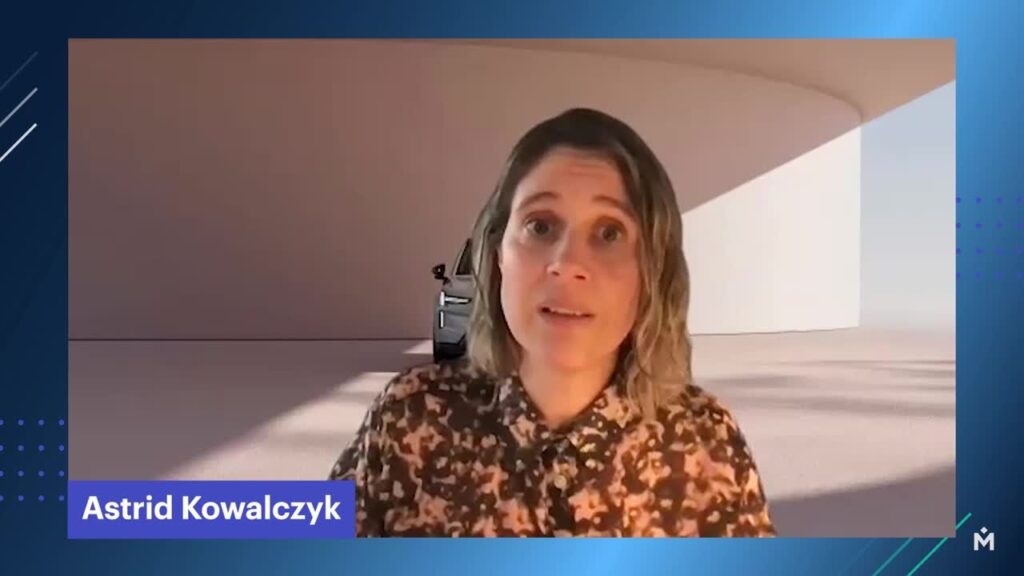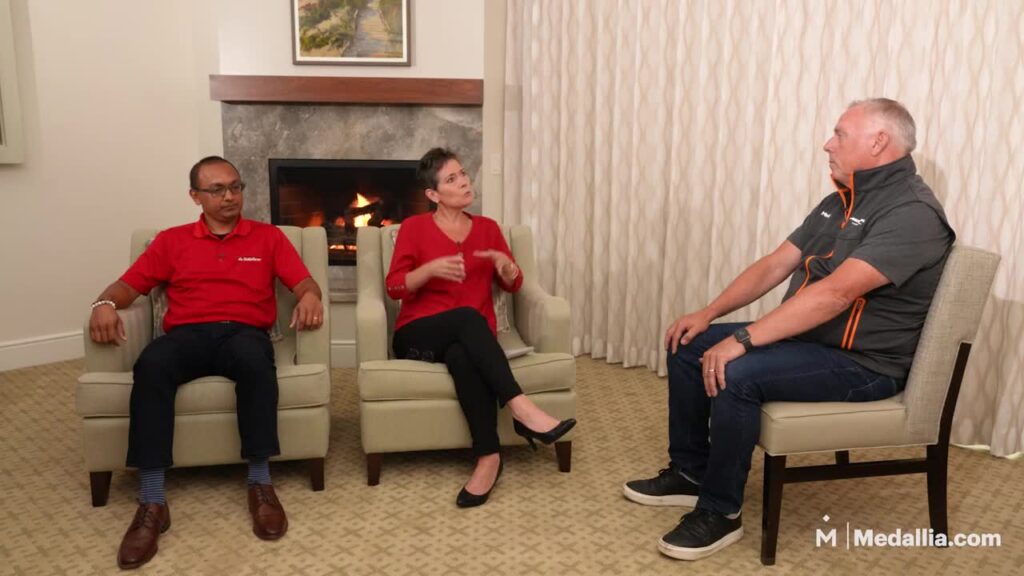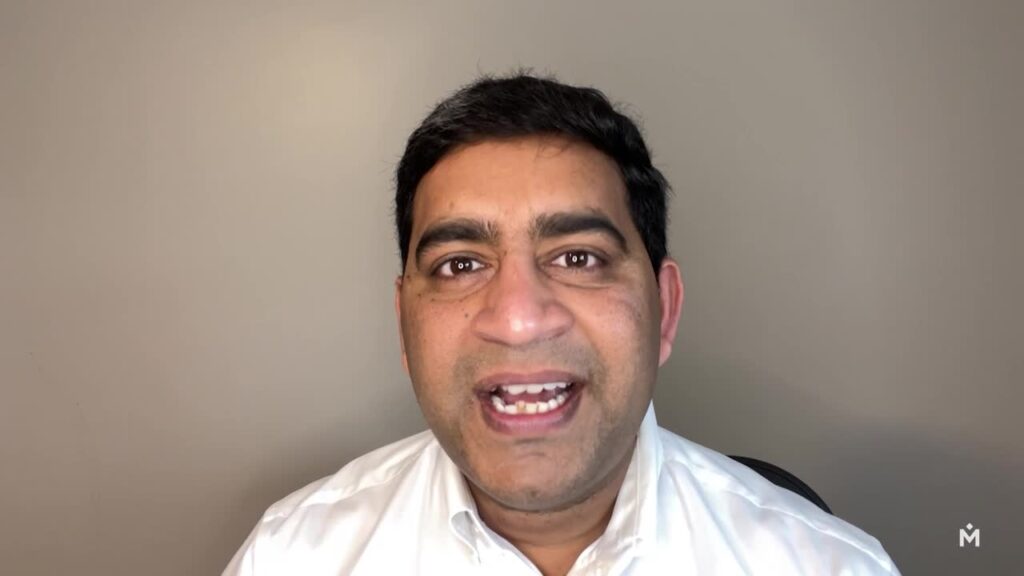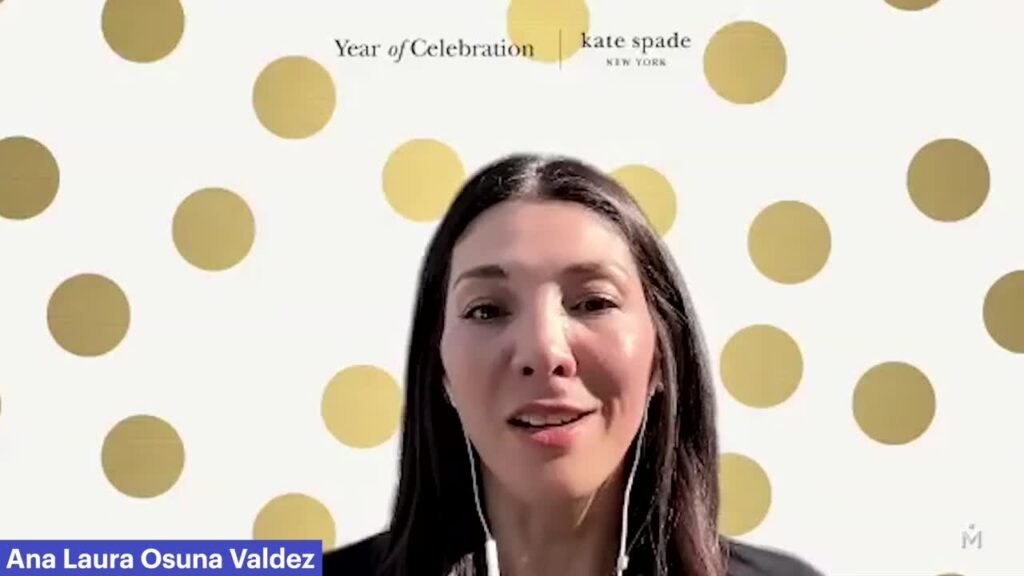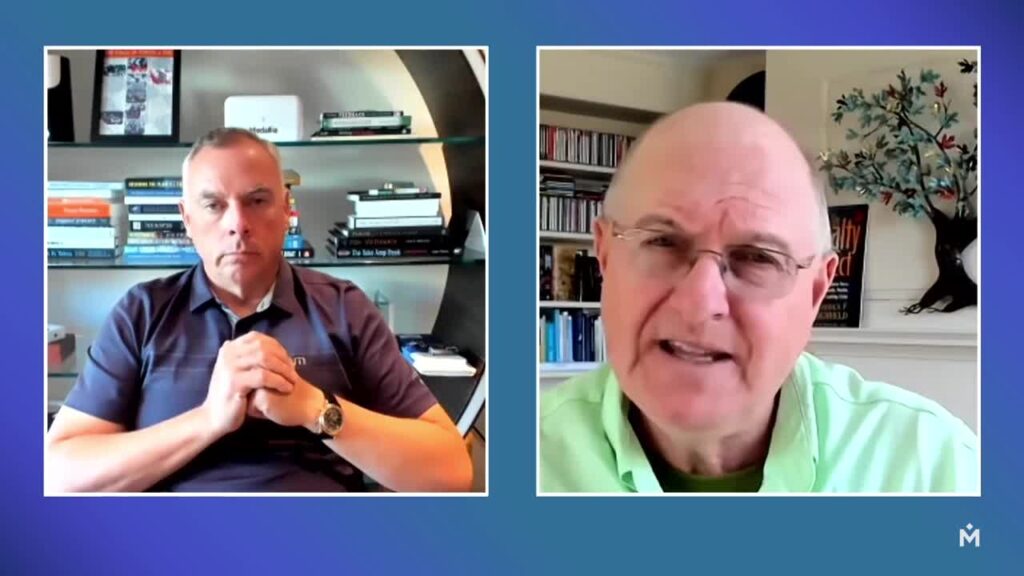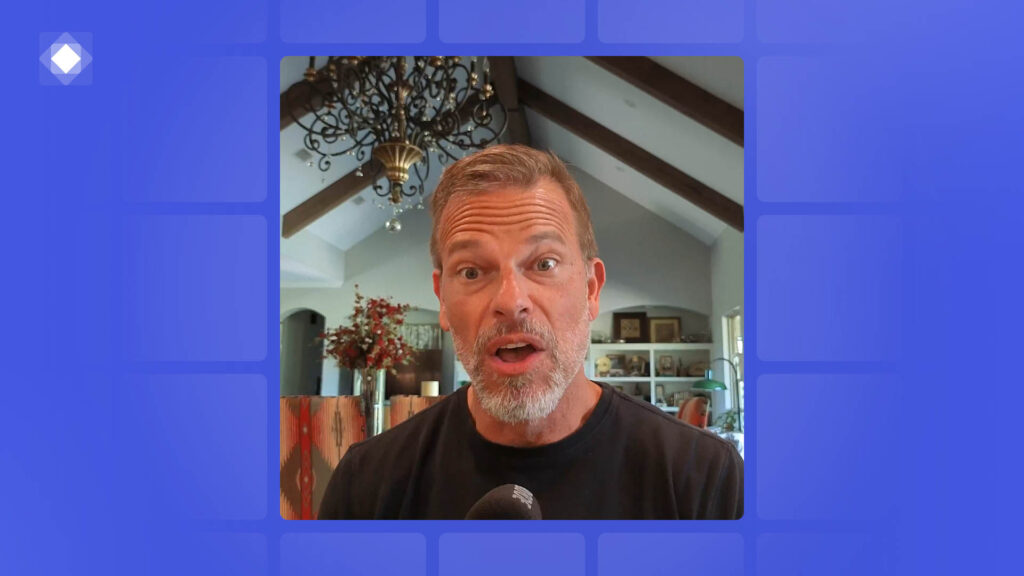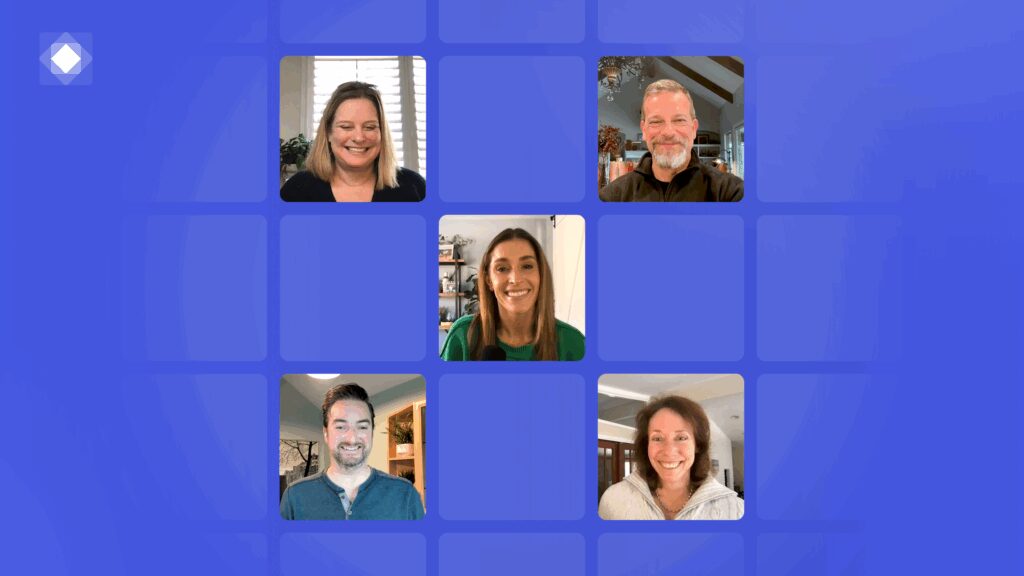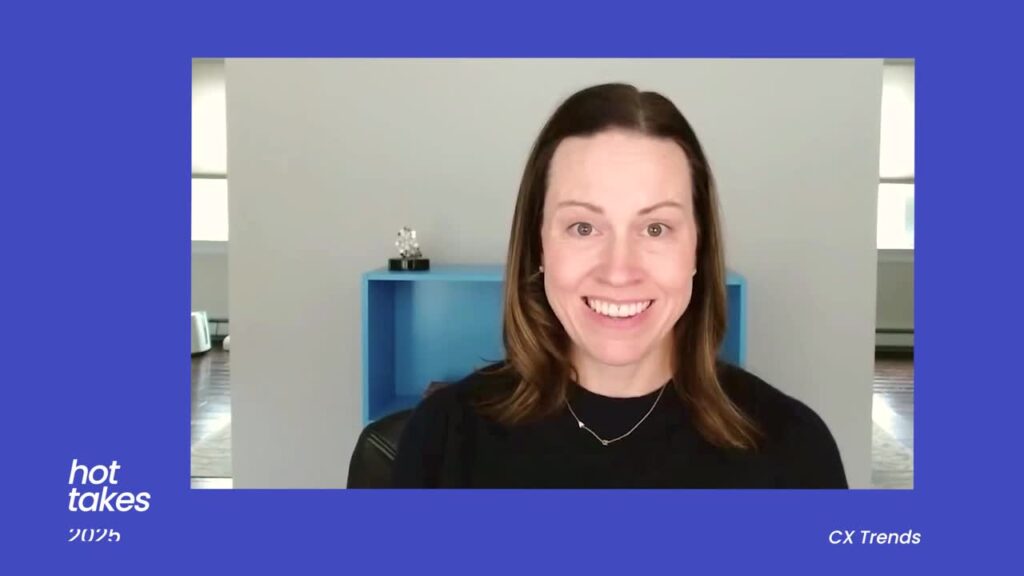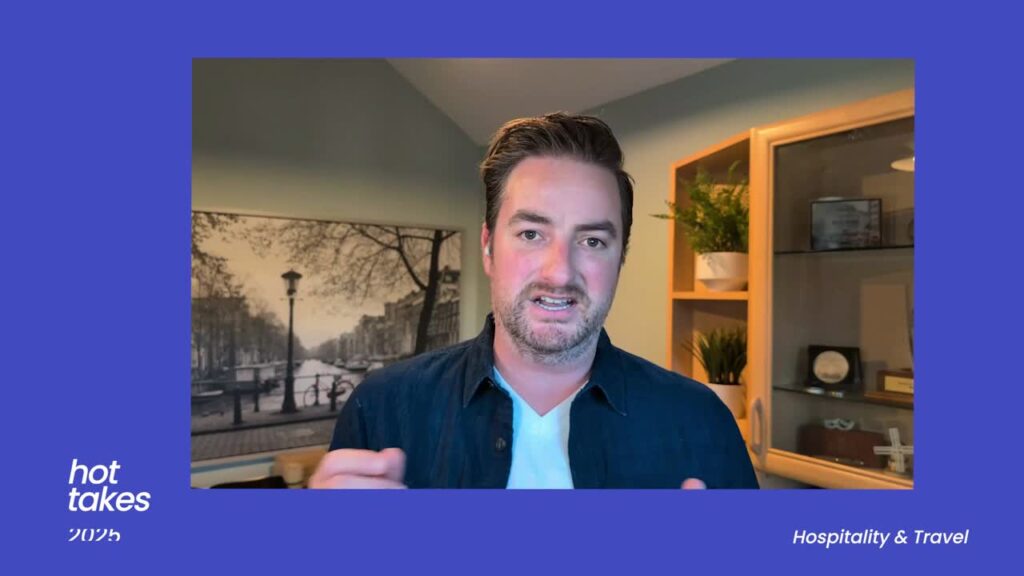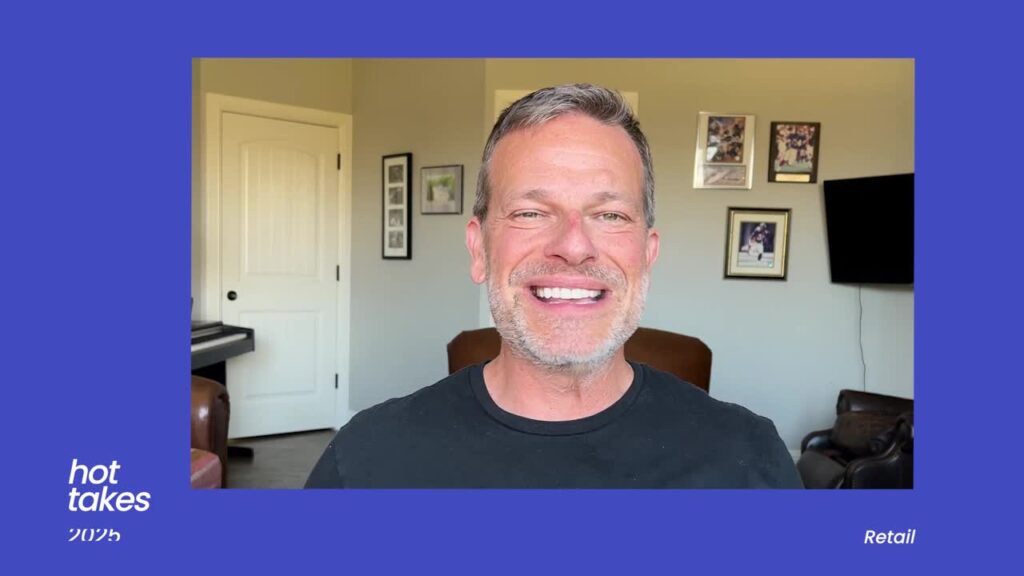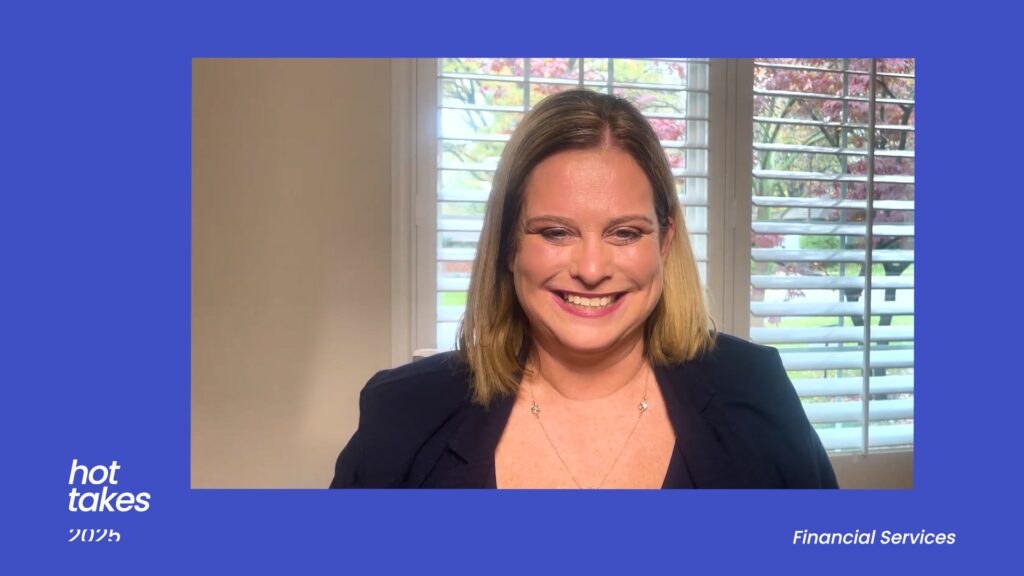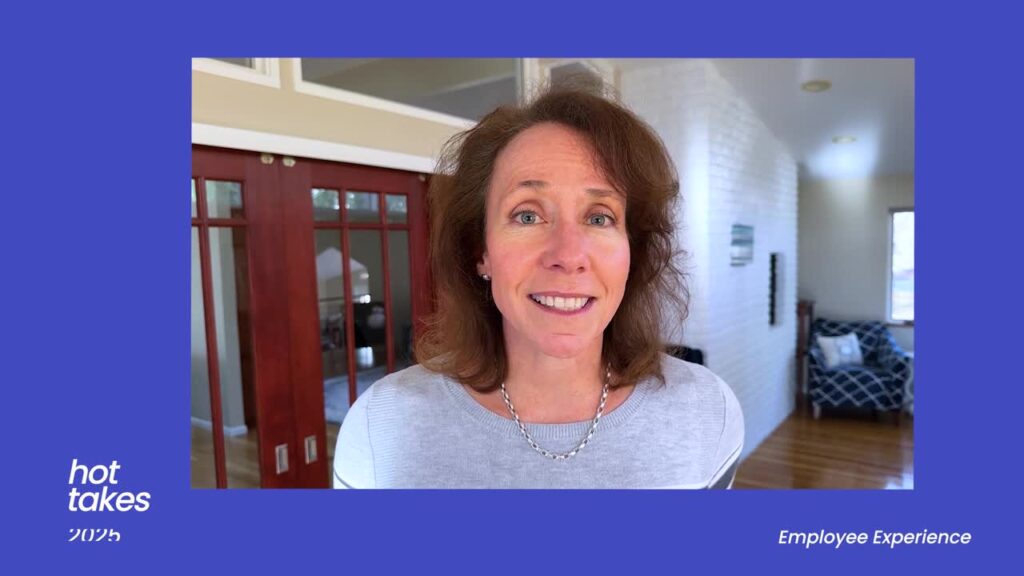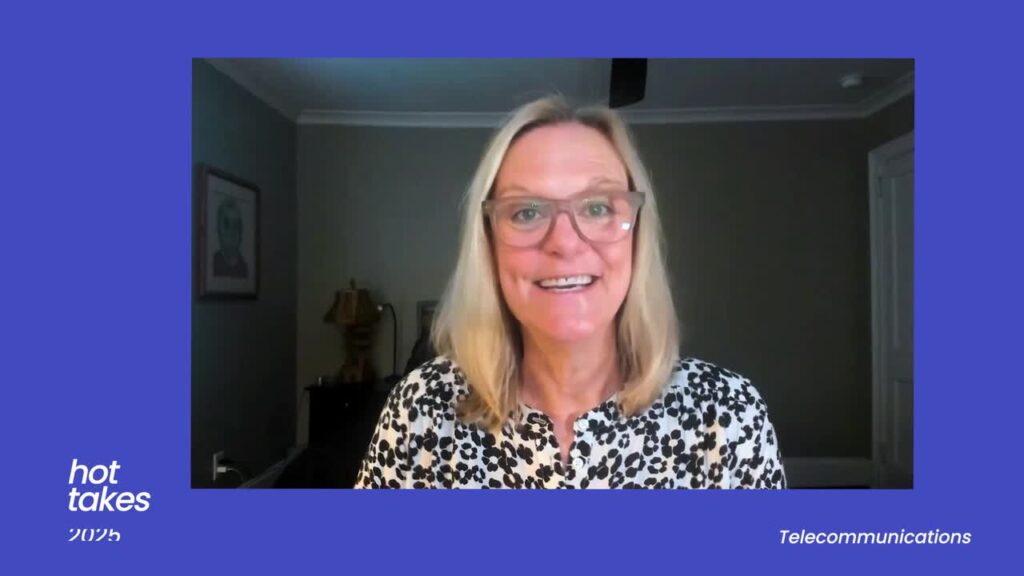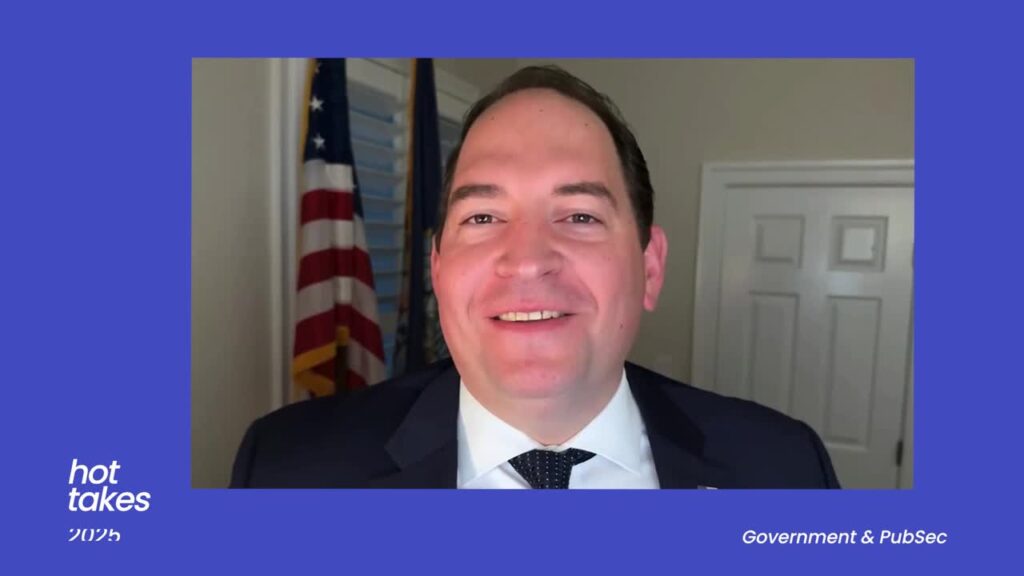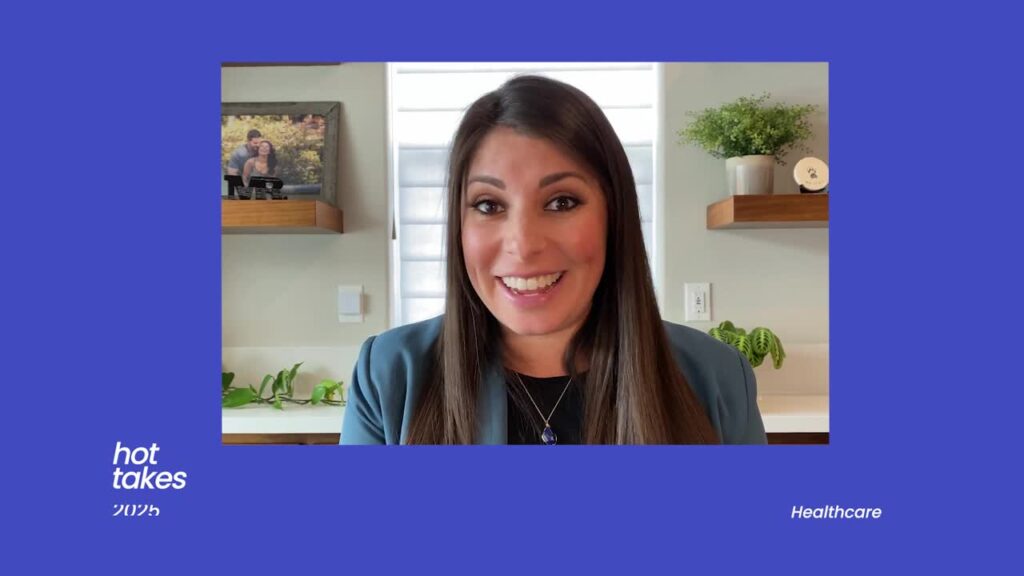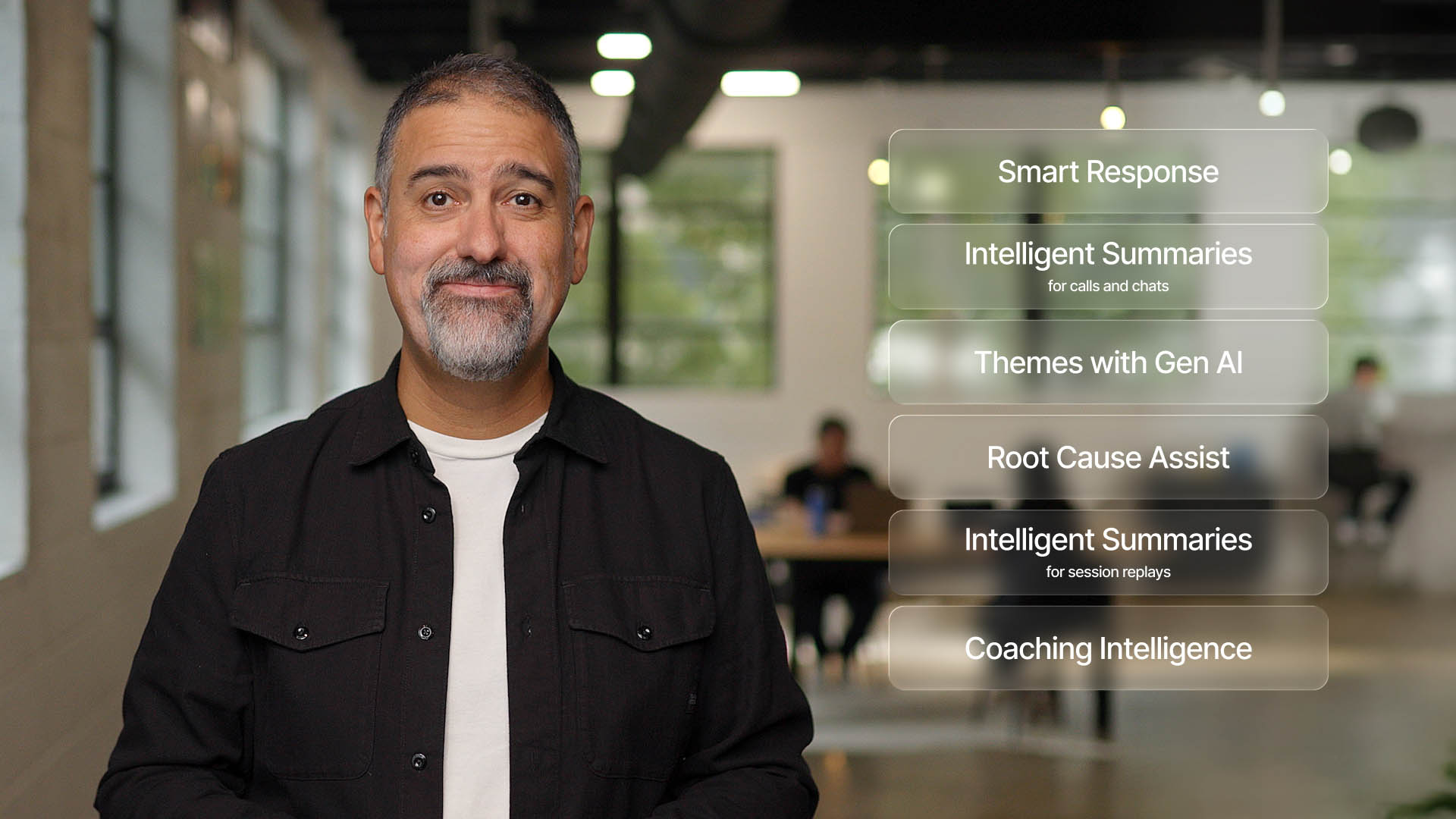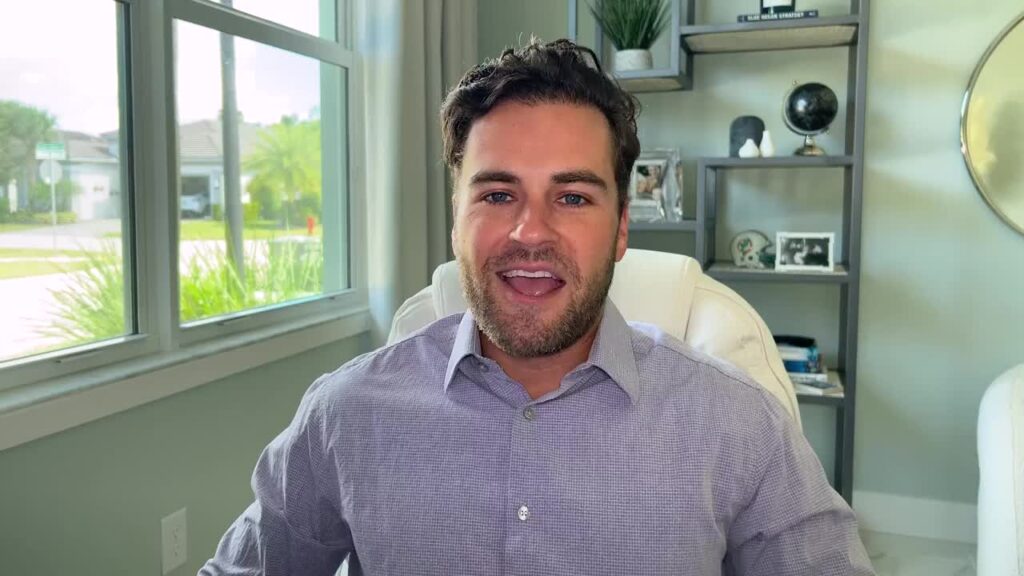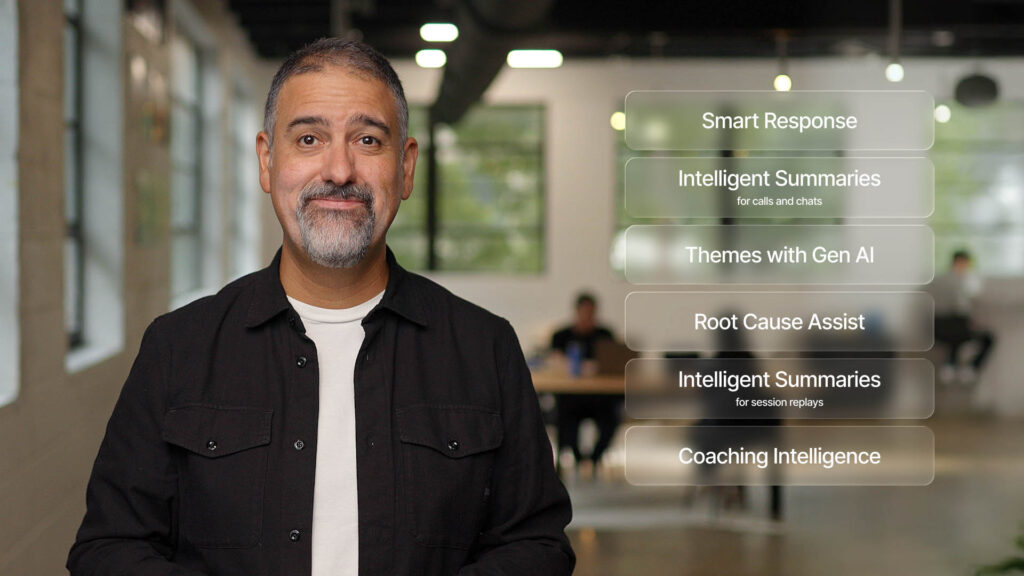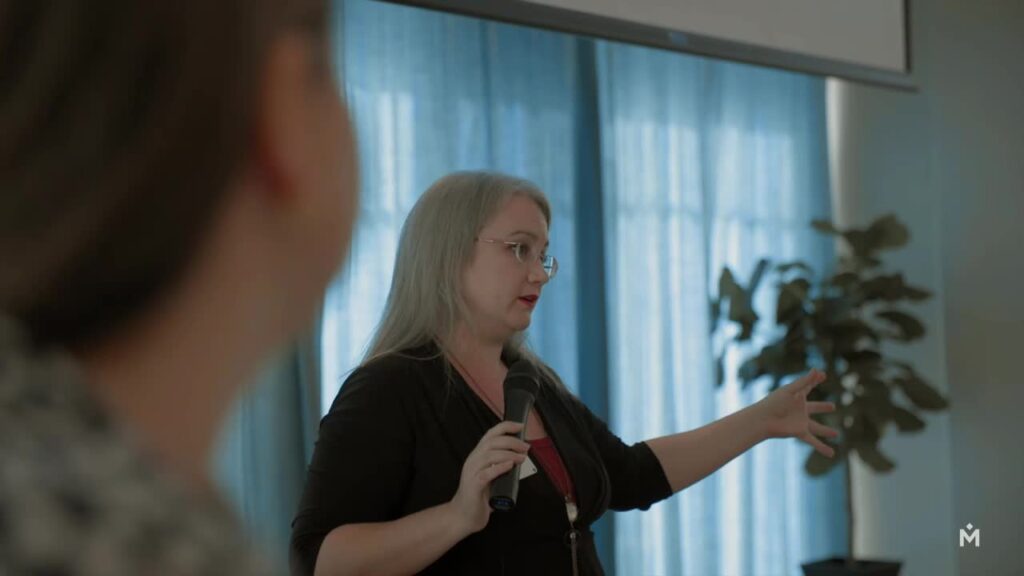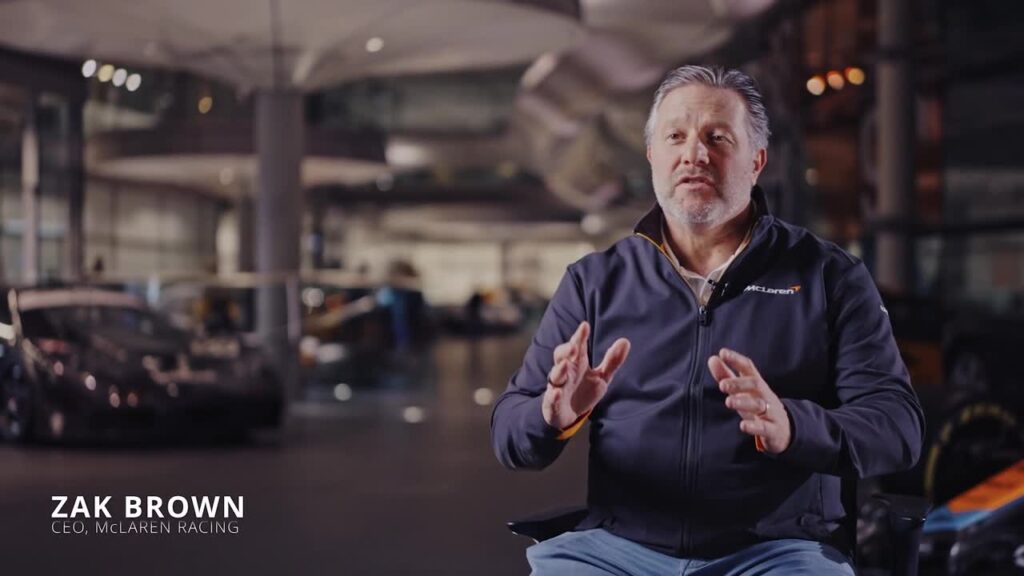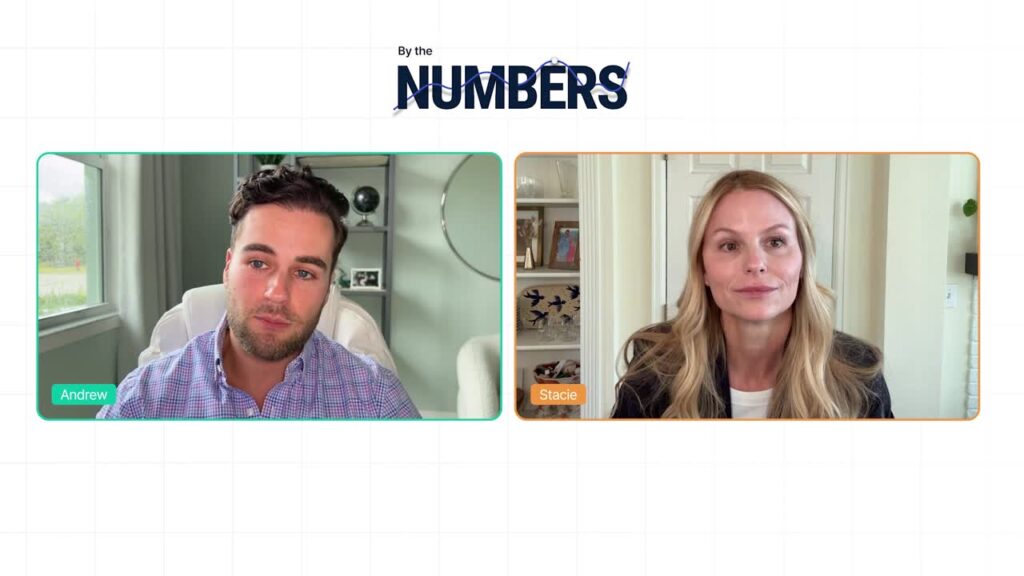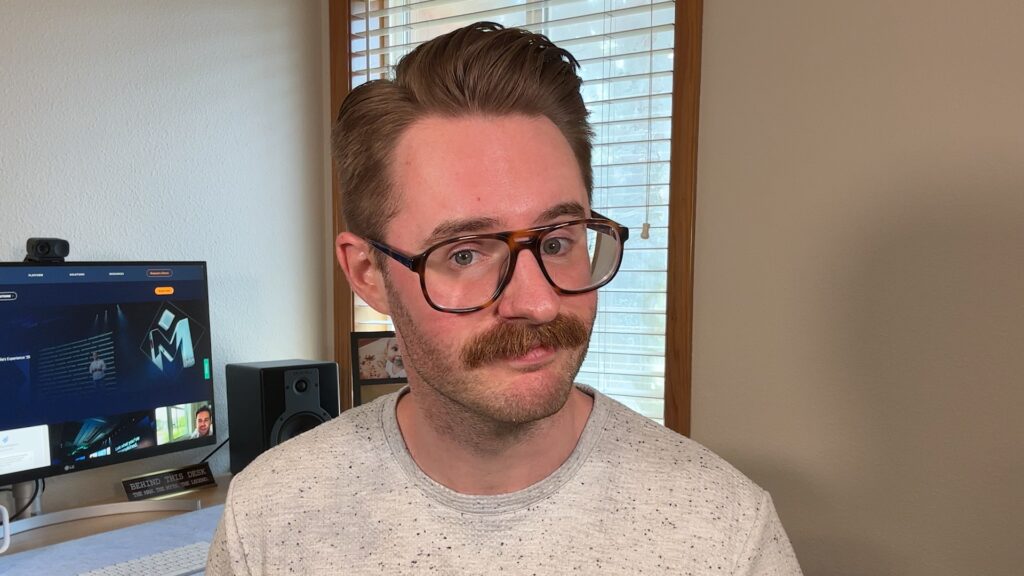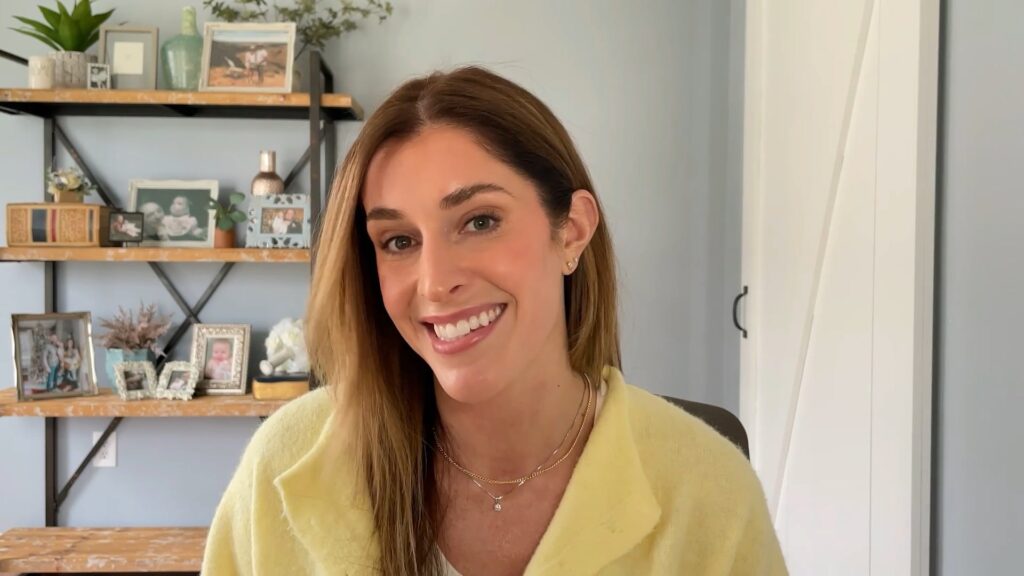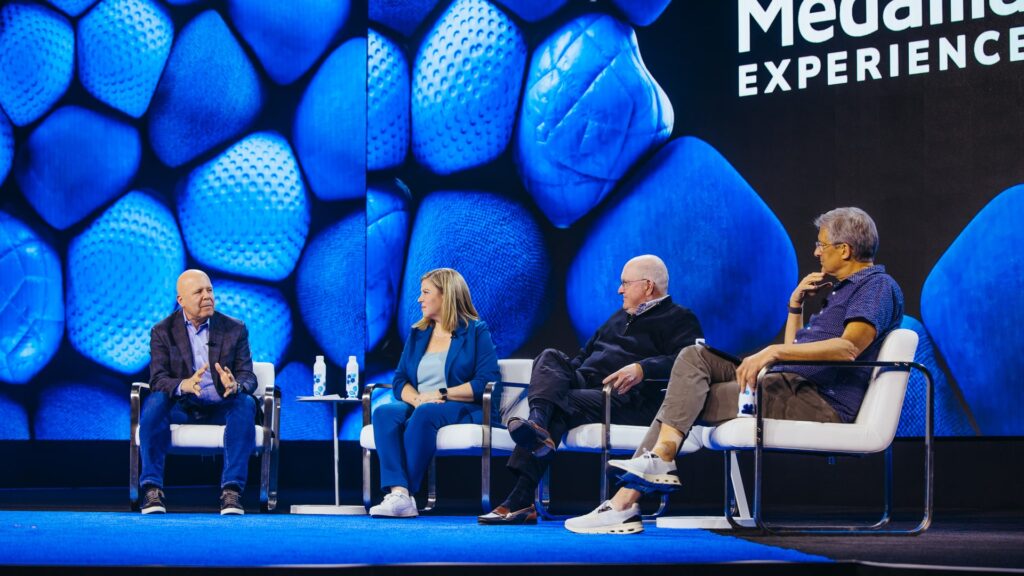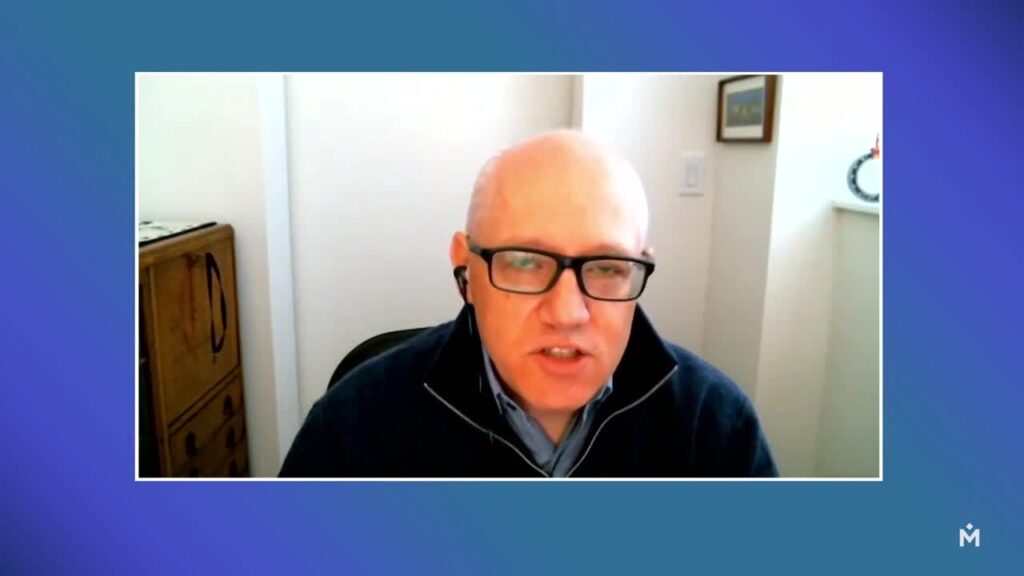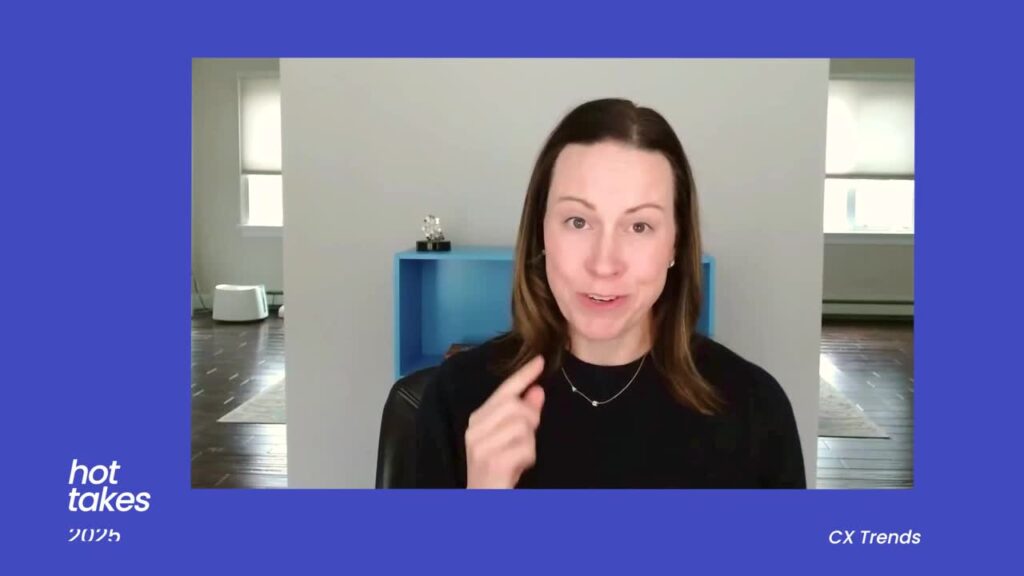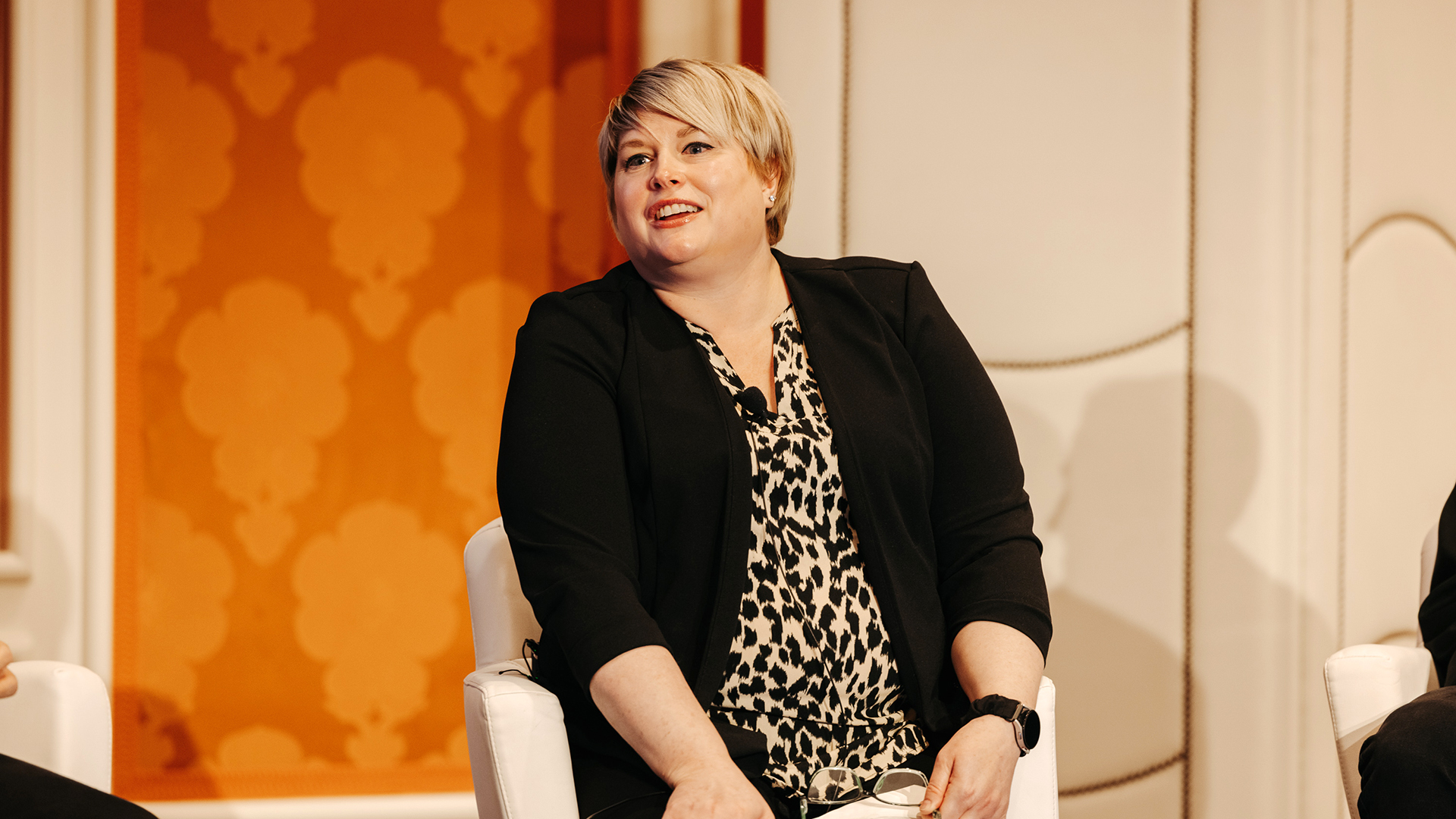Joseph Barker: [00:00:00] Alright, thank you so much for everybody, for making the time for today’s panel Mastering Digital CX Insights from leading brands. My name’s Joseph Barker. I’m the product manager for DXA. Really excited to meet with everybody today. Today we’re gonna be chatting with two of the world’s leading brands, Xcel Energy and Mayo Clinic, to discuss how they’re utilizing a combination of traditional digital feedback methods with innovative digital experience analytics to build scalable solutions and pave the way.
For the next phase of digital transformation. So to get the conversation kicked off, I wanted to start with some introductions. We’ll start with Katherine from Mayo Clinic. Katherine, can you tell us a little bit about your role? Sure.
Katherine Houdek: Hi, I am Katherine Houdek and I am a director of Digital products for Mayo Clinic.
I lead a team where we’re focused on voice of customer and touchpoint quality. I’ve been with Mayo for a little over three years, and the functionalities that I lead didn’t exist before. I joined, so I was brought on to stand up the Medallia platform, [00:01:00] DXA, and then quickly brought on touchpoint quality into my team that existed before, and then knowledge management.
And so what we’re doing is bringing all of the data that we have together from voice of customer survey, feedback from touchpoint quality. From contact center metrics like operational metrics and partnering with the teams that have all of our like web, mobile app. Operational metrics available and bringing that together to tell the story about the experiences that our patients, our customers, our physicians care teams have across the touchpoint channels.
I don’t do the patient experience work. Definitely have stayed away from that. There’s another team that does a fantastic job of taking care of all of the. Experience measurement for people who have visits with providers. So that’s really my area of focus and I’m surrounded by a fantastic team one of which is here today.
So very fortunate to have a great team surrounding me and have helped us really get often running with our [00:02:00] program.
Joseph Barker: Awesome. Thanks so much Katherine. And Evan, could you tell us a little bit about your role at Xcel?
Evan Kimber: Yes. Hi everyone. My name is Evan Kimber. I’m the manager of Customer Insights and Strategy at Xcel Energy.
We’re a large gas and electric investor owned utility, and we span across eight states and total. Colorado and Minnesota are our largest ones about 80% of our revenue, but we’re also in the Dakotas. Wisconsin, a sliver of Michigan, Texas, and New Mexico. So we have the pleasure and sometimes the burden of serving the general population.
We are a regulated monopoly. And that comes with its own set of challenges. So we don’t have the gift of just being able to segment any particular psychographic or demographic category. It’s also important that we are appealing to the masses with the solutions and experiences that we’re offering, which I’ll dig into details about the digital side [00:03:00] of it in particular.
But I do manage a team internally at Excel. And we have a pretty robust listening portfolio via Medallia where we are in our fourth year with Medallia. And very excited to be here talking about. Digital.
Joseph Barker: Fantastic. Awesome. Thanks so much for the introductions, everybody. And the first question that I had for the panel today was, as leaders within your respective industries, how do you go about defining digital success?
And what metrics do you use to measure the effectiveness of digital strategies within your organization? Evan, let’s start with you.
Evan Kimber: So we’ve we’ve rented a hundred to 200 ponies and we take feedback and we do the, sorry, bad joke. Trying to see the post-lunch food coma going on here. It’s our digital success here.
Now digital success for us, again, we’re not, it’s not really. Customers are getting on for very key moments. Big ones are paying [00:04:00] bills. We go through electric outages which are very life disruptive, and we’re trying to create digital experiences to where, like any other experience, we’re really trying to maximize the ability to self-service.
And so we look at success as reducing the strain on our contact center, but we also understand that there are going to be segments of our population that are always gonna prefer to speak to someone. But can we look at the complexity of the tasks or moments that customers are trying to accomplish?
So if you’re looking at simpler. Intermediate tasks, can we present and provide the digital tools so they can self-service and really save the strain when it comes to the more complex situations that needs a skilled agent or professional service? And then also how we define digital success. Are we successfully one of our key pillars?
We have three [00:05:00] at Xcel. It’s lead the clean energy transition, keep bills affordable. Enhance the customer experience. So we look at enhancing the customer experience as how do we continuously make it easier and easier for our customers to do business and complete the taser issues that they need.
Joseph Barker: Amazing. Thank you so much Evan. Katherine, could you tell us a little bit more about how you go about defining digital success with the Mayo Clinic? Sure.
Katherine Houdek: He’s still my joke. I was gonna talk about donkeys, but so we measure digital success. Very similarly actually, but we’re focused on when it comes to like survey feedback, measurement or other ways of measuring, it’s really about ease, effectiveness, and emotion.
So those are the actual questions that we’re focused on within our survey feedback. But then we also look at operational metrics to bring that together to understand how many times did somebody have to call us, how many times did they try to access the mobile app or the website, or any of the other channels that they can [00:06:00] interact with us.
Then we’re also on a journey to create more experiences that are based on patient or customer preferences. So how can we look at the channels that they’re choosing first, and if that is a digital channel, how do we measure their success there? And were they able to accomplish what they came for? Or did they have to call.
So really focused on that. I would also say that one of the things that’s really critically important for us to understand as part of an agile team is that success isn’t perfection. We’re not going to get it right out of the gate. It’s not going to be perfect. And as long as we’re learning as we go, we can continuously improve.
And the good news is that’s job security for our team. So it’s really helpful to, to have that perspective and to be surrounded by like-minded people who don’t expect perfection. First time around. We’re also lucky because we’re not the care teams. If they’re not perfect, there’s a very different outcome.
Joseph Barker: Absolutely. I think you bring up a great great point. Katherine, it can take a lot of iterations to, to get to [00:07:00] perfection. Digital transformation is a journey that often involves a lot of pivots, challenges and lessons learned. Would each of you be able to share a defining moment or a key milestone in your organization’s digital journey so far?
Katherine Houdek: I can start with that if you want.
Joseph Barker: Yeah, that’d be great. Yeah.
Katherine Houdek: When I started at Mayo Clinic and we first stood up the Medallia platform, we also stood up DXA. It was Decibel then, but now it’s DXA. And we had a really awesome early success story that helped build momentum for our program overall. We had just stood up our feedback on Mayo clinic.org, which is our public facing platform.
And on that experience, there are. Healthcare calculators that can tell you if you’re at risk for a heart attack or maybe diabetes or all sorts of different calculators that are available. And one of them wasn’t working. Through the feedback that we got through our surveys, through Amazon and intercepts, we heard about that.
And then with Decibel, we were able to share that information with our engineering teams and the teams that manage the experience so they could actually see what was going on. And then. [00:08:00] Create a faster fix for that broken experience, and that was within the first six months of going live, which is a great early success for us.
We’ve had a lot more since then, but that’s probably one of the ones that was the coolest for us so early in the process.
Joseph Barker: Amazing. And I think that’s a great example as well of the combination of digital feedback and digital experience analytics together really bringing things to the next level. Evan, do you have a key moment that you’d like to share?
Evan Kimber: Yeah, very similar. We have on our corporate scorecard, we call it CX index, and it’s a composite measure of all our post interaction, touchpoint digital being obviously a large one. So we look at digital. Contact center customers with new construction, customers enrolling in products, programs, and rebates.
We’re tying looking at population volume. We receive about 330,000 customer completions just on the survey feedback in a year. We index that into one [00:09:00] simple score and we benchmark progress over time. ’cause we’re thinking about our goal of. Continuously enhancing the customer experience. What we also do though is we have DXA as well, and we tie in operational metrics.
If you’re thinking about the contact center, if your a SA average speed to answer is trending at 800 seconds. Regardless of the experience that a customer has, you’re already coming at a baseline of dissatisfaction. Also, we have outage communications. That’s a big key customer moment. If a customer has experienced four or five outages within a 12 month period, they’re also coming in outta baseline.
And it’s been really helpful to have CX Index as our North star where this is the outcome measure. This is what customers are telling us via feedback, but that’s also a sampling where we’re trying to do more with incorporating the observed signals. And what’s nice about [00:10:00] DXA in particular, which we’re barely scratching the surface on, we get about.
220,000 digital survey completions a year, we’re recording 50 million sessions. So instead of asking the customer so many questions on an attribute level, those independent variables to influence the outcome metric, which in our instance is satisfaction we don’t care as much about NPS because we’re a regulated monopoly.
People really don’t have a choice or option to switch. So we’re. Taking that info instead of it needing to be survey questions. So you got a sampling of 330,000 to the census, and we can do validation exercises. Is this marrying up properly with the observed signal that we’re seeing? And I find that we found it very helpful on a regression modeling standpoint to be able to do that operational stat tie
Joseph Barker: in.
Amazing. Awesome. Thank you so much Evan. The next question that I have [00:11:00] is gonna be specifically to Katherine and the Mayo Clinic team. So healthcare is rapidly evolving with digital tools and innovations. How does Mayo Clinic ensure its digital experiences are not only cutting edge, but also an also empathetic and accessible for patients?
How do you measure the emotions of your digital customers?
Katherine Houdek: Yeah, so that’s a, that’s a challenge, right? Like you can’t really ask people. How do you feel about, your access to our patient platform? They’re just coming to try to get an appointment with their doctor or review medical results or something like that.
So we rely very heavily on text analytics to understand the emotion behind it. The other thing that’s a challenge for us is Mayo Clinic has a really strong brand image, and so our scores, like the numeric scores tend to be pretty high. And so even if people have a pretty bad experience in a touchpoint channel, they’re not as willing to give us a lower rating.
So we see a lot of fours and fives. We use a five point scale. We also do not use NPS because of that brand reputation. [00:12:00] It just wouldn’t be helpful. And plus, with it being a touchpoint survey asking, would you recommend your patient platform where you’re logging in to check your medical results? You wouldn’t recommend it unless you knew somebody was a patient.
So it’s a little bit of a different, similar scenario, but different reasons. So we’re using text analytics and trying to mine that for the insights that help us understand, did this interaction help build trust? Did it build, more faith or hope? One of the things that we talk a lot about is.
The experience that people have when you come to Mayo Clinic, and I don’t know how many of you have ever been to a Mayo Clinic campus. If you have, or if you have the opportunity to go visit, Florida, Arizona, or Rochester, Minnesota. When you walk on campus, the feeling you get is very distinct. I grew up in Minnesota.
My mom worked in Rochester for IBM, but I had never been to Mayo Clinic before starting, so I had no idea about that. Feeling that’s super tangible when you walk on campus. Everything has been [00:13:00] designed to make people feel hopeful, cared for, optimistic, and like they just feel we talk about it in a really cheesy way, but we call it the Mayo Clinic hug.
And it’s something that is really hard to measure in a digital experience or even in a contact center. So that’s where we’re relying on that text analytics and being able to mine that to see are we de delivering empathy. Whether they are getting test results online or calling an agent because they can’t get in to see their test results, those types of things, that’s what we’re really trying to strive for, and using the text analytics is a big key for that.
Joseph Barker: Absolutely fantastic. So the next question’s gonna be over to Evan and Xcel Energy. So as an energy provider, you’re, you are dealing with complex systems and large scale data. How do you utilize digital tool tools to improve both customer experience and operational efficiency, especially during some of those peak demand periods like an outage?
Evan Kimber: Yeah. One of the things that we’ve started to implement, which is [00:14:00] becoming very common. The West Coast is called PSPS events, and those are public safety power shutoffs. And it’s done. So we’re deene. Specific sections in order to reduce or mitigate wildfire risk. California utilities have been doing it for a while now.
We did it for the first time in the state of Colorado last year, where about 40% of our customer bases, and it was an event where we had to de-energize to 60,000 customers. But the windstorm was so severe that an additional 250,000 went without power. So you’re talking about 300,000 customers, literally in the dark, some of ’em for days at a time.
And then we have to go and inspect the lines, very carefully. Make sure there isn’t any damage. So how does this translate to digital? In times like these with PSPS events, our public website gets absolutely [00:15:00] overwhelmed and bombed to the point that we could barely sustain it. But one of the solutions that we’ve been doing.
Is making sure that we’re doubling down on our proactive digital notifications, so getting customers into opting more into text messages where we can announce these alerts in advance, we can give them notifications so that can actually reduce the strain on getting onto our website. But then we also get this barrage of experience feedback with these events, particularly around the outage experience.
And what we’re able to glean from that feedback is that having more transparent, interactive outage maps where customers can get on and understand it, in addition to making sure the notifications are proactive, they’re accurate. They’re timely. And then the last one that we’re really looking at doing is furthering native mobile app [00:16:00] adoption, where customers can actually get on a personalized manner to their phones, click onto the app, and they can see instant information in terms of if this PSPS event is affecting them, when it’s gonna happen, how long we anticipate it to be.
That’s fantastic.
Joseph Barker: Thank you so much Evan. So the next question’s gonna be a little bit open-ended, but I’m curious to hear from the panel, what does the future of digital transformation look like for your industry and where do you see the biggest opportunities for innovation in the next five to 10 years?
I. Katherine, I guess let’s start with you on this one.
Katherine Houdek: Sure. Healthcare is ripe for innovation. Some of that falls into how we’re operating as voice of customer practitioners. Other components have to do with AI in healthcare and how can it help support, our care teams. I’m gonna focus more on how I see it impacting the work that I do, because I am way underqualified to talk about AI in a.
A healthcare provider situation. But when we’re thinking about being able to mine all of the data that [00:17:00] we have coming in from comments, from survey, feedback, from our conversations within the contact centers, we just don’t have capacity or the people I. To dig into the metrics. So the more that we can bring that data together and then you use AI to help elevate trends or make it easier, some of the things that Medallia’s been talking about, over the past couple of days around, how do we use AI to surface insights?
I see that as being a really big thing for us in the future. I have some really wacky ideas too about how we might be able to use that for care teams, but. Again, I’m not qualified for that, but I got a lot of ideas. So I think that there’s a lot of opportunity and just being able to really understand the patient experience.
For us, the needs of the patient come first. That’s core for everything that we do. Whether it is one of our agents in the contact center or it’s somebody at our IT help desk that supports Mayo Clinic employees, all of us are there to help support patients. So the more that [00:18:00] we can. Drive those insights to improve the experiences that our patients have or that our care teams have as they’re supporting patients.
I think it’s really critical. The one thing I will say is I don’t ever see a space where I am replaced by ai or anybody on my team because we’re thought leaders and we’re also uniquely human. AI cannot be that. And so if we’re trying to understand ease, effectiveness, and emotion from a human perspective, AI is not gonna get us all the way there.
You have to have that layer of irrationality, that humans have the, the emotions that we have that are just ours and ours alone. So I see it as being. AI with human in the loop.
Joseph Barker: Absolutely. I think that’s definitely a common theme that we’ve heard throughout the entire week. Evan, curious to hear from you as well.
Where do you see the next opportunities for innovation in the next five to 10 years?
Evan Kimber: Yeah, thank you. I think within the utility and the energy sector in particular, we tend to traditionally be a little bit behind the curve when it comes to [00:19:00] technology solutions. I think customization and personalization.
Is gonna be one of the key technological advancements that customers are gonna see moving forward in the next several years. To get some specifics around that we did a wide smart meter deployment to all eight of our states. Multi-year effort. Customers get their analog meters, which are red, periodically or once a month replaced with a smart meter. And the difference there is the disaggregation of data that becomes available, where now at a more granular level, we’re analyzing at 15 minute intervals your individual premise usage patterns. And what that means is we can create authenticated experiences online via native mobile app.
Or what we call our my account where it’s no longer getting on once a month and seeing. This is how much my bill was, which is, [00:20:00] based on price per kilowatt hour for electricity, and then it’s therms per gas. You can now take a look at your bill in terms of a daily, even hourly usage pattern. To the point where you can start identifying appliances in your household that are perhaps running inefficiently.
So the idea behind that, if we think about what’s important to us with the utility customers, safety, reliability, and affordability, how do you get at the affordability equation? If you’re able to become more understanding and savvy with your usage patterns, you can make some tangible decisions using these technology tools that are yet to be available, but will be I think is really gonna be key and one of our big future roadmaps.
I’m
Katherine Houdek: hearing, I need to tell my kids to unplug their computers. Could be a part of it.
Joseph Barker: That could be contributed to the bill. Could be absolutely. Alright, fantastic. To close out, I had one last question for the group today, which is if you could give one piece of [00:21:00] advice to an organization just starting off their digital transformation journey what would that be?
And yeah. Katherine, let’s start with this one. Yeah.
Katherine Houdek: So I I have a couple of things. The first one I alluded to earlier, which is, don’t expect perfection. You’re gonna fail. Something’s gonna break, something’s not gonna work the way you expected it to. And if you’re open about that and embrace it and think about it as a learning experience, it’s a great opportunity.
I know we’re all conditioned that failure’s not an option. Yes, it is. It’s reality stuff happens. So be prepared for that. And then the way that you can prepare for that. Really that’s been effective in my career is to, alongside those failures, talk about your quick wins. What are some of the early successes that you have?
They might be really small. It might be one agent had one bad behavior. We found it because of this new diagnostic tool, and we were able to fix it. In our instance, with patient experience being at the forefront, that agent could really damage a relationship with a patient and impact their care. So it’s really [00:22:00] critical.
One example. It’s huge for the organization to see the success of your measurement programs and your insights, and then it helps combat some of the failures that you will inevitably experience or things that just don’t happen as fast as you thought they would. And I would say build in a little cush time if you can, because timelines are never gonna work out the way you think they will.
They never do. And your budget’s probably gonna go over so 10%. Add 10%.
Joseph Barker: Love that advice. Fail fast and fail off. And don’t be afraid of failure. Yeah. Embrace
Katherine Houdek: it.
Joseph Barker: Yeah.
Katherine Houdek: It can be fun. And that’s sometimes where you get your biggest opportunities. Yeah. A
Joseph Barker: hundred percent. Evan, do you have a piece of advice that you’d like to share with people?
Evan Kimber: I think there’s some similarities there where I see it as you’re never finished Agile, continuous improvement and honestly, like I feel like failure, I. Is a gift in life because it provides us the opportunity to learn to grow and succeed. So if you’re looking at digital success, we, have put [00:23:00] forth all these metrics and we have CX index now and its corporate scorecard.
But one of the problems is, I would caution trying to boil the ocean, pick a north star, whether that’s oat, whether that’s contact resolution, whether that’s NPS. Stick with it and don’t chase the score. Look at how you can improve. There is such a big difference between the two and it’s very easy culturally and organizationally to chase scores and that really gets away from the spirit of this continuous improvement, using feedback as a gift.
So I highly recommend having a measurement system. But beyond that, I think the consistency part is very important and valuable, even if it’s imperfect, but really take that treasure trove of feedback [00:24:00] and try to build an accountability model where we’re couching this as this is how we can improve.
The other thing, I think is equally important, that gets overlooked. We’re so focused on the negative, right? If you get. 95 compliments and five negative. We spend our life focusing on the five negative, and there’s value in doing that, but we need to think about what we’re doing well because behaviorally positive reinforcement, I.
Is tremendously valuable too. So make sure that you’re segmenting your customers, whether that’s the loyal versus, you got the NPS model versus dissatisfied versus low effort, painful effort. And what are the themes like that can be extracted from that? Use that for action planning to make improvements.
Joseph Barker: Absolutely. I think that’s great advice, Evan. Thank you so much to our panelists for answering today’s questions. We do have plenty of time left over for q and a as well. [00:25:00] If we have any questions from the audience, we’d we’d love to hear ’em.
Q+A: I think what a lot of folks run into particularly in industries, whether or not maybe digital native like healthcare and utilities, is how to convince leadership to adopt.
Kind of Y’s way of thinking, what are some of the best practices or success advice that you can give folks on how to get leaders to adopt your way of thinking? Sponsor it, push it forward, invest in it. Things like that.
Katherine Houdek: So the quick win thing or having success stories, even if they’re small, really helps.
We had some issues I think early on when we were trying to convince our contact center partners in particular to adopt post-call surveys. They didn’t wanna do it, frankly. They were afraid of what they were going to hear, and so they didn’t wanna hear it. And we started with one of our contact centers that was within our control.
They were actually a part of our team. Within Center for Digital Health. So [00:26:00] we worked with them, set up the survey. They loved it because. Much to what Evan was talking about talking about successes. We used the feedback to share with our agents when they were doing a really great job because most of the feedback was really positive about the agent experience.
So the issue wasn’t with the agent, it was with what led up to the reason for their call, which was a digital experience. So the digital experience was failing, so it was leading to a call to this particular contact center. So by bringing that forward, we were able to share with the business why it was important, not just to focus on the contact centers, but to focus on the digital experience.
And then we were also able to get. Momentum with our contact center partners because they heard feedback that, hey, our agents are really actually pretty great. They’re having to deal with operational or process issues that are outside of their control. And now we had data to help reinforce that narrative that we didn’t have before.
So it was a pretty big game changer. And now we’ve got, I don’t know, 20 contact centers [00:27:00] that are. Pounding on our door saying we want feedback now. And I have three people focused on survey feedback, so do the math. It’s not that easy to get ’em all stood up right away. So we’re working through that now.
But that was the key for us was have a pilot, have a story, bring it to them, share what was working, share what you found, and be transparent about it, because that was what really worked. Anytime they asked a question, we knew the answer because we had studied it really well.
Evan Kimber: I would say at Excel with our EC team, one of the things that my team continuously tries to do is demonstrate the link between CX excellence.
Its correlation to customer satisfaction. But taking it a step further, why do either of these things matter? It’s the right thing to do, one, fundamentally speaking, but we take a look at, again, ’cause we’re a regulated monopoly. We look at, we have an authorized rate of return when it comes to profit and [00:28:00] we’re capped.
But if you look at utilities that perform in any syndicated study. The first quartile in csat, they are linked and correlated to higher financial outcomes, regulatory expectations being met, service levels being met, and ultimately higher authorized rates of return. So when it comes to our leadership, I make sure that my team, customer insights we’re continuously showing statistically the link between daily excellent services.
What that can do to overall CSAT and what that can actually do to our bottom line. And I think if they understand that connection then there is greater accountability and buy-in. And then also making sure that we have North star metrics that are really actionable and tangible down to the ground level employee level.
Because when it’s not, there’s that detachment or feeling of helplessness, [00:29:00] really hard to control. And that’s where really the daily recent experiences come into play that we decide to stay hyper-focused on.
Q+A (2): My name is Marcelo. I’m actually representing MGM Resorts International. It’s really interesting to hear how I.
The digital customer experience is what unites all of our different industries. I know, Evan, you mentioned recognition of different strategies or different things that you do and Katherine, you had also mentioned those small wins. Are there any specific ways that you showcase that recognition or those small wins to your specific like operating teams?
Evan Kimber: Yeah, so I think a big one. Again, we have CX index, which I’ve talked about. It’s on our corporate scorecard. So there is an annual incentive plan associated with that. So obviously if we do well there, it’s gonna benefit employees paychecks or bottom line. But beyond that if you look at the contact center in particular, they make sure we do a really excellent [00:30:00] job of recognizing our agents and service reps.
I. If scores are doing well or trending that goes into their discussions. And there’s also some announcements and rewards that come out appropriately. And then I think we’re trying to do more and more of a better job, I think with the positive reinforcement factor culturally. And that’s coming out at really a leadership level to drive it, but getting leadership more, aware and understanding of how we’re trending on that perspective so that they can appropriately reward employees for it. So we’re starting to roll out some different programs and ways to do
Katherine Houdek: and we’ve been working since for three years now, three and a half years, to try to get our product teams to include our measurements in their key results.
So we use objectives and key results maybe light, but that’s where we’re focused on making sure that our product [00:31:00] teams are using those experience metrics. Because if they’re not driving things towards improving the experience, we won’t see changes in the scores, even though they’re already high.
And it’s not about the overall metric, right? It’s about for that specific experience. So if they’re using one of those health calculators and their scores are going up because we fixed something. That’s something that we would want in their OKRs. Some teams are doing a better job than others on that. But then that is something that is ultimately reported up to the board of trustees.
So in some instances it’s being reported and others it’s not. It’s a process.
Q+A (3): I thought what you just said about the data getting translated to the product team is really interesting. What is your process of translating that DXA data to the product team and what does that kind of feedback look like?
Katherine Houdek: Yeah, so with DXA there isn’t as much going to the product team outside of diagnostics. Although we do use DXA really heavily with our AB testing, so that’s one of our I think another really cool use [00:32:00] case where we found some tremendous value with DXA. So we pair that with survey feedback and operational metrics.
So if there’s two different experiences that we’re testing out, one path is, takes you one way, the other takes you the other. We’re using DXA to understand how are people actually navigating through those experiences. What’s the ultimate end of that process? And then survey feedback helps us understand from the customer’s voice I.
What did they think about the experience? And that actually was a pretty cool use case for us early on when we were dealing with we have a digital front door. So if you go to Mayo clinic.org and you wanna become a patient, you can actually fill out all of the information through digital front door, and then that will take you to a contact center.
And there was a portion of that form that was being redesigned, and it was where you could select a potential time for an agent to call you back to have a conversation with you because that’s necessary. Provider capacity, all of those fun things. So you have to talk to a person. But that experience where you would schedule a time, if there wasn’t a [00:33:00] time that worked for you in that AB test, the process was broken.
And so we were able to figure that out by using DXA. And didn’t actually need the survey feedback for that one because it was pretty obvious.
Evan Kimber: We do weekly operating reviews when it comes to CX Index, and so we’re bringing cross-functional business units, like digital teams, product owners, customer care, our clean energy teams.
They all come together weekly, and we look at trends that are happening. And when there is, we are tying all the customer verbatims at those channels. So they get funneled appropriately. And especially with digital, ’cause we do get robust feedback. The teams look at it often daily. We do see issues that emerge, pretty quickly, and they take it right back to our product owners.
Sometimes our product owners are right there taking the feedback and again, making those kind of agile improvements [00:34:00] in time. And I have found that it’s been, the model has been very successful compared to how we traditionally worked before.
Joseph Barker: I guess I might be able to chime in on this one a little bit as well.
’cause I’m a product manager working on DXA and we actually have DXA running inside of DXA. So we’re, reviewing the digital experience scores of our own portal and to see see what that performance looks like. So we went through a navigation consolidation and a redesign last year, and I used DXA data heavily to understand, how people were.
Viewing the old reports compared to the new reports. What a digital experience score, a technical experience score look like for the old reports compared to the new ones. So I would say it’s extremely helpful as a product manager to understand where people are clicking, where their engagement and where we at engaging and where we have opportunity.
Opportunity to improve.
Katherine Houdek: You’re eating and what you cook?
Joseph Barker: Absolutely. Yeah. We’re eating our own dog food. Thank you so much for everybody, for making the time for today’s panel. In the back of the session you will find as well a QR code. We’d love to hear your [00:35:00] feedback on how today’s session was and thanks so much again everybody.
Thank you. Thank you.
